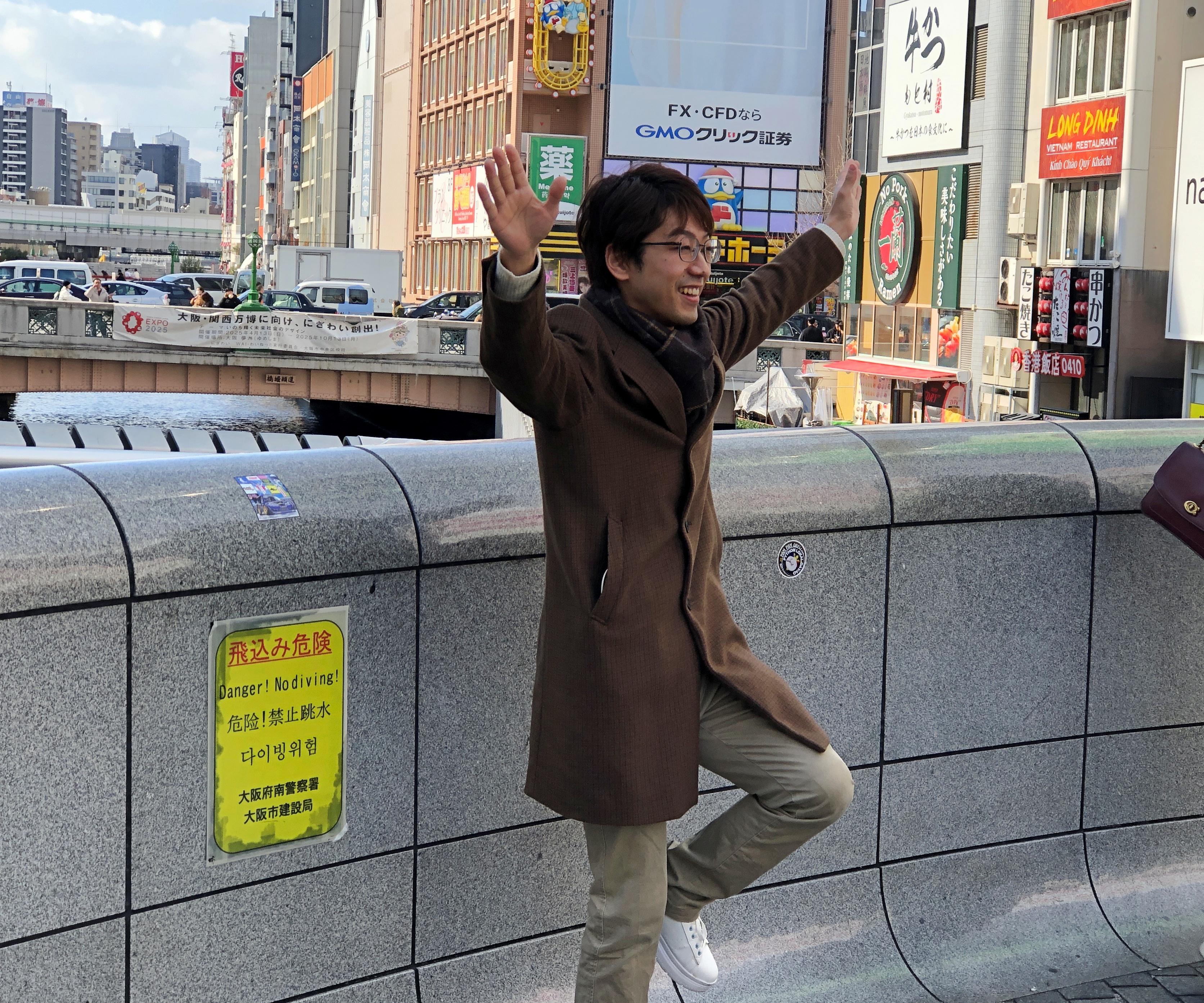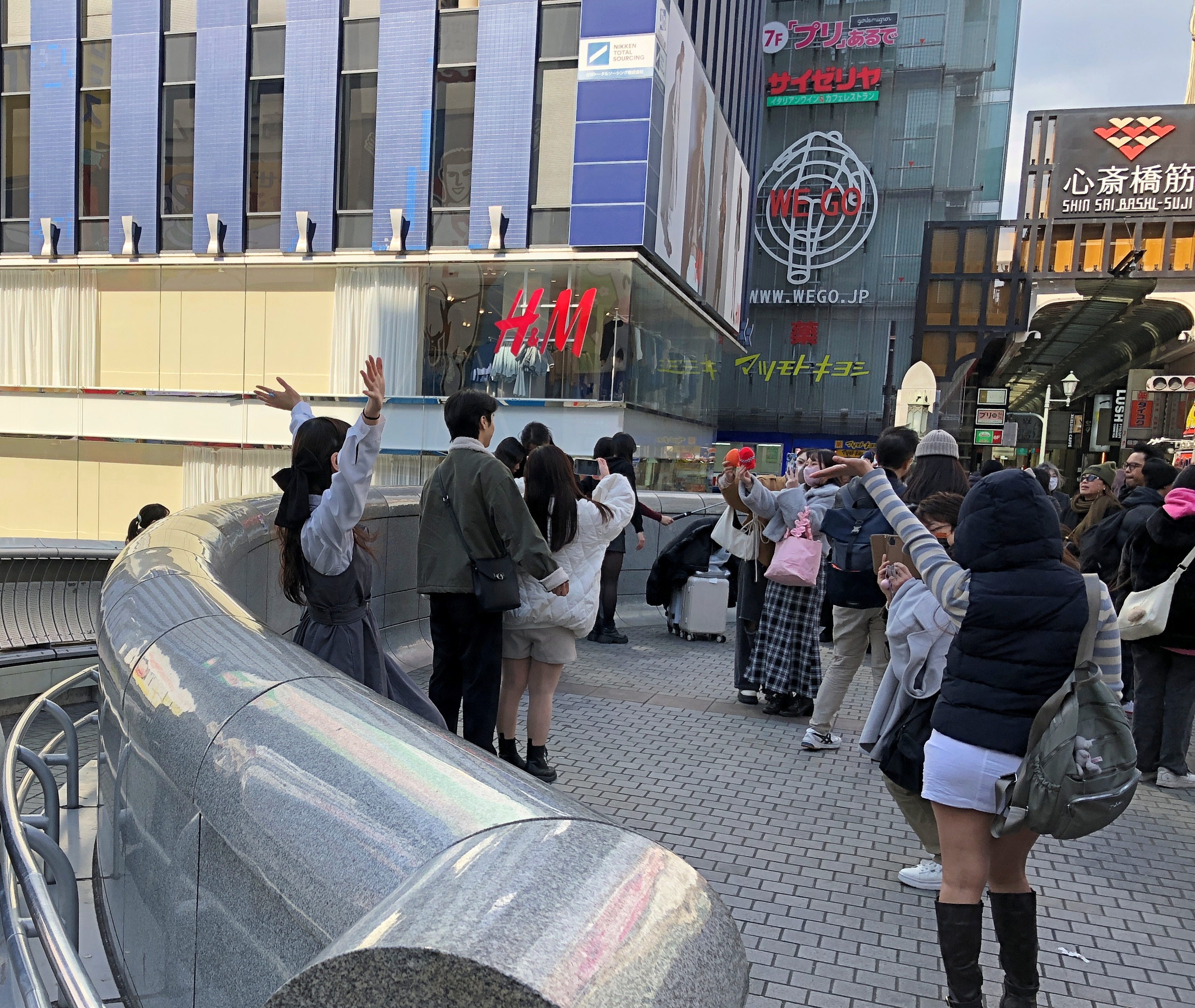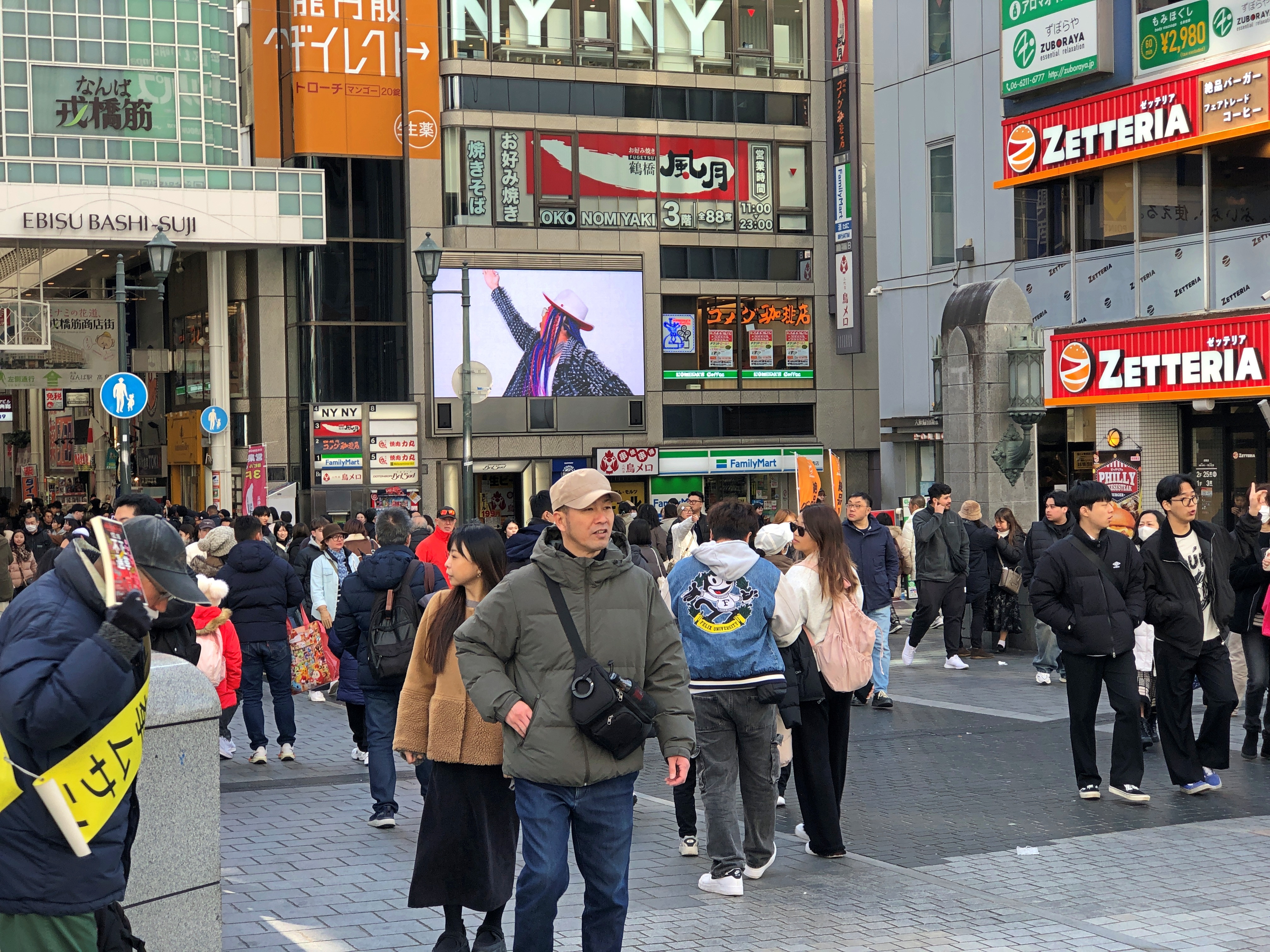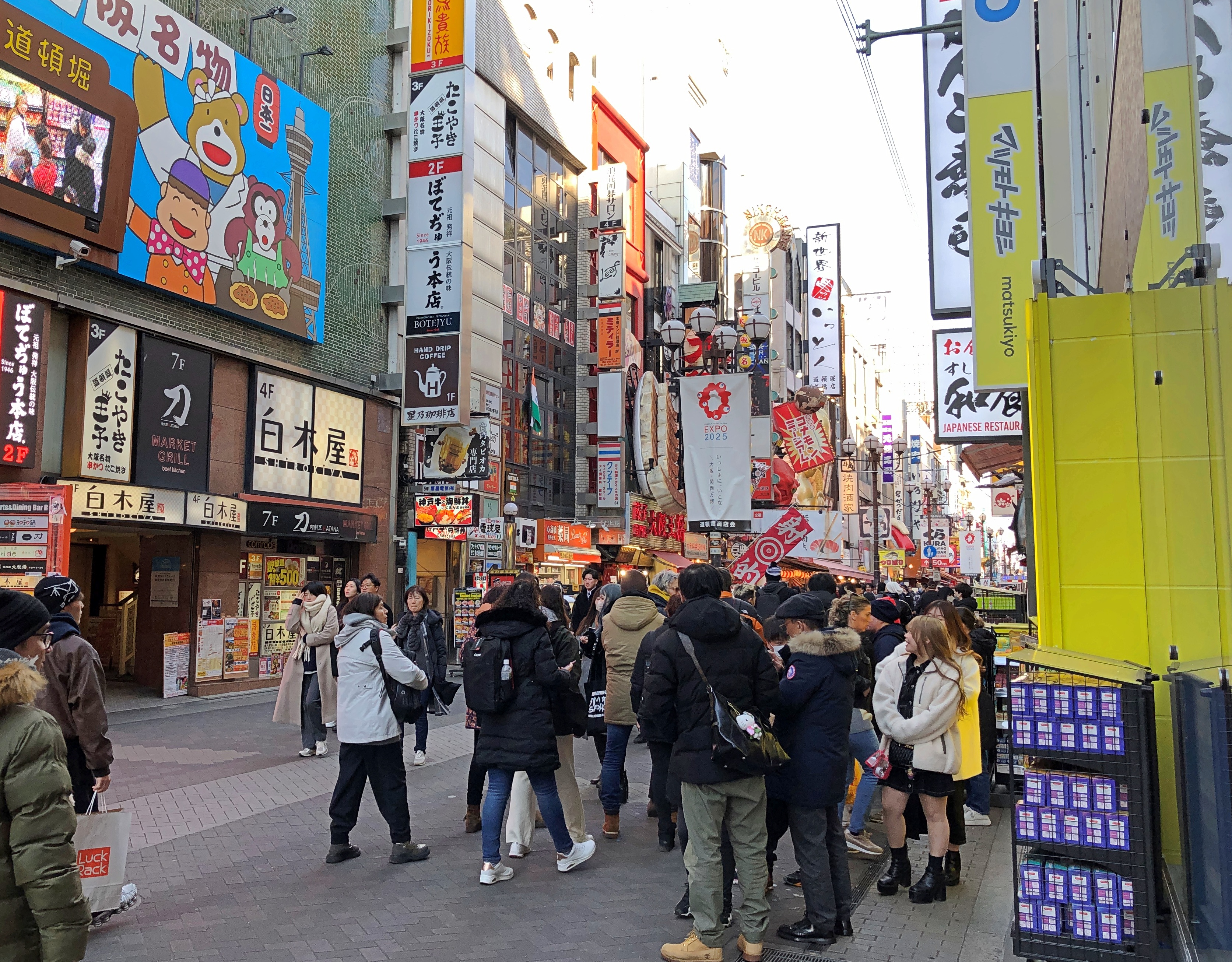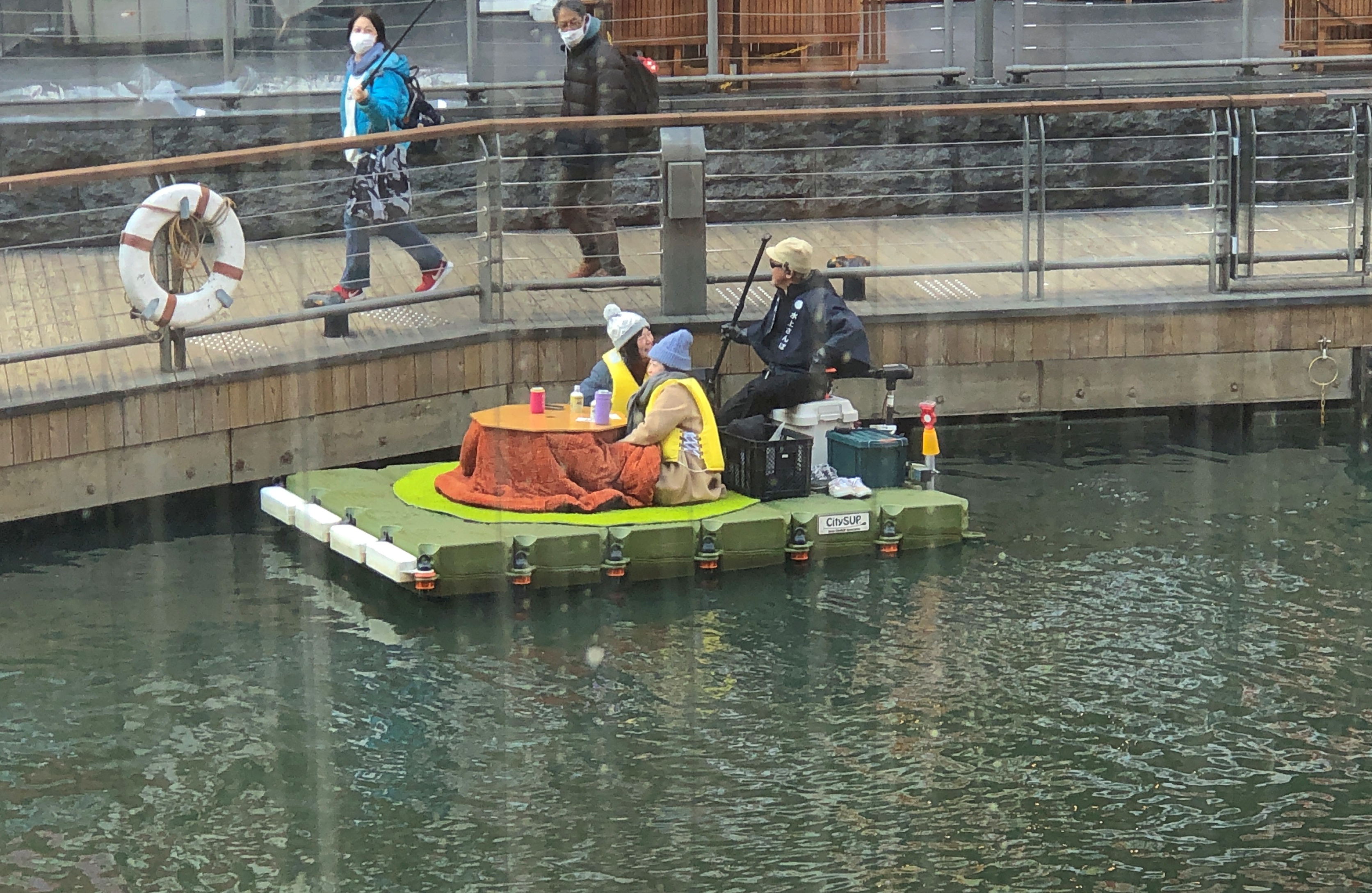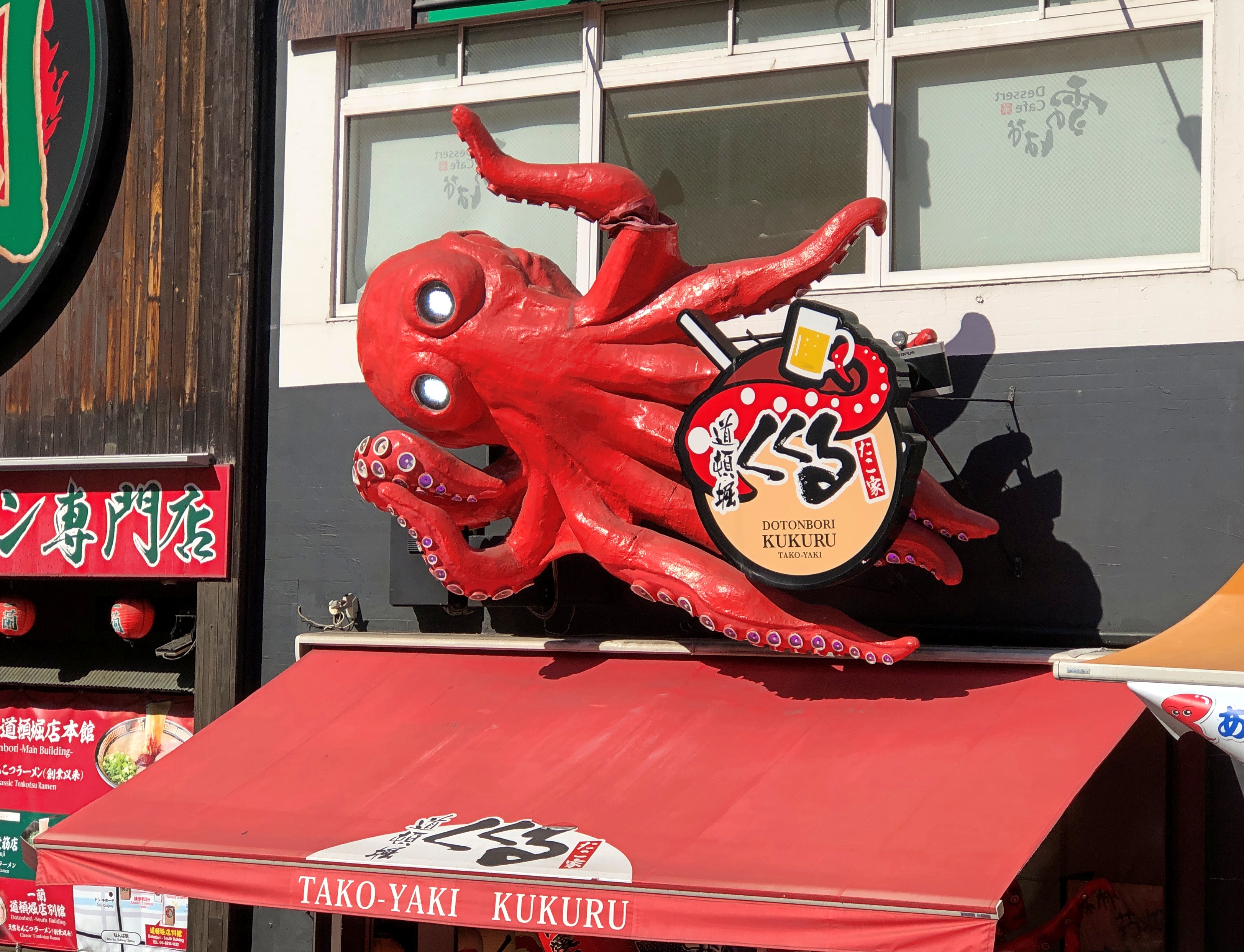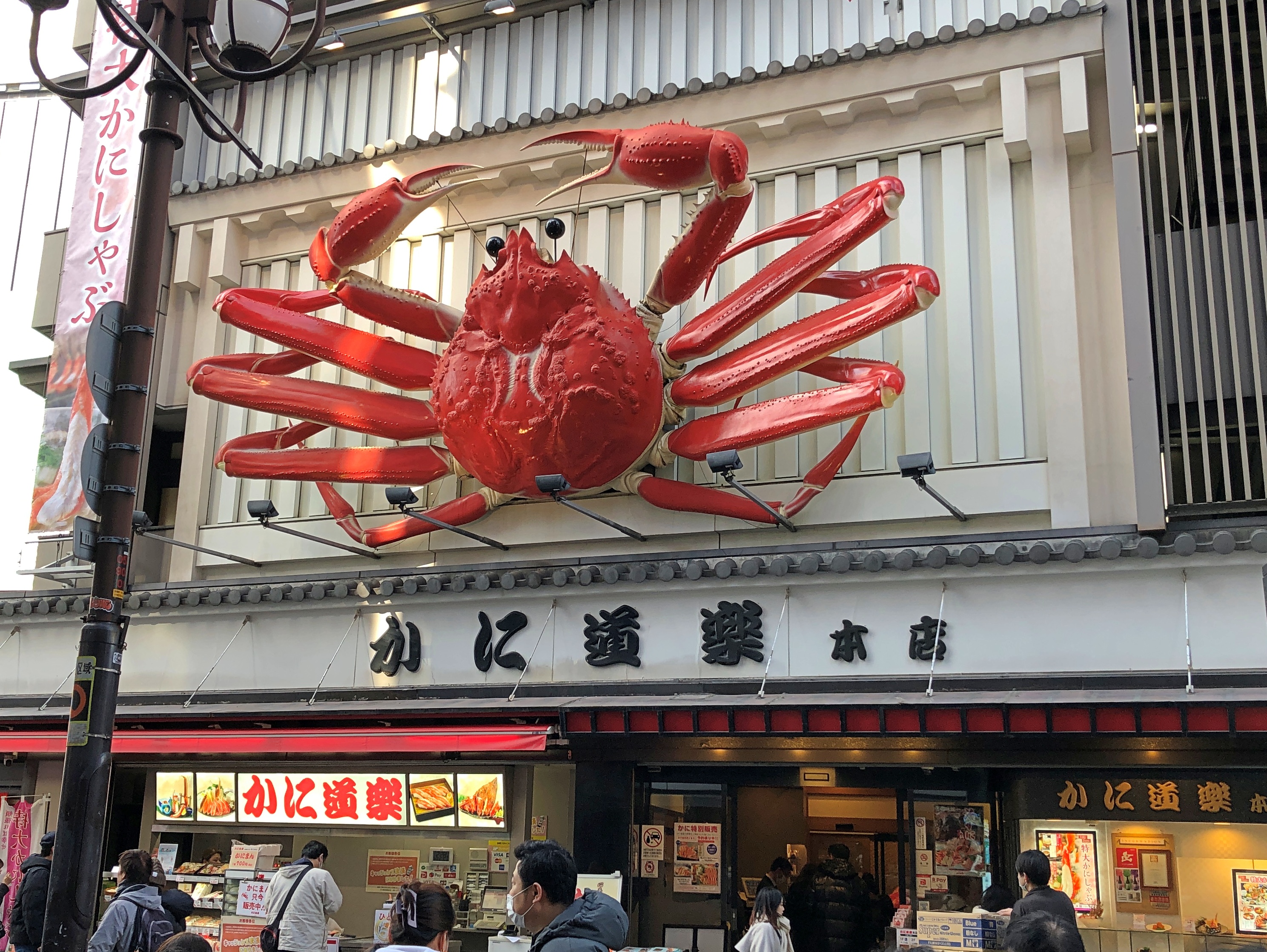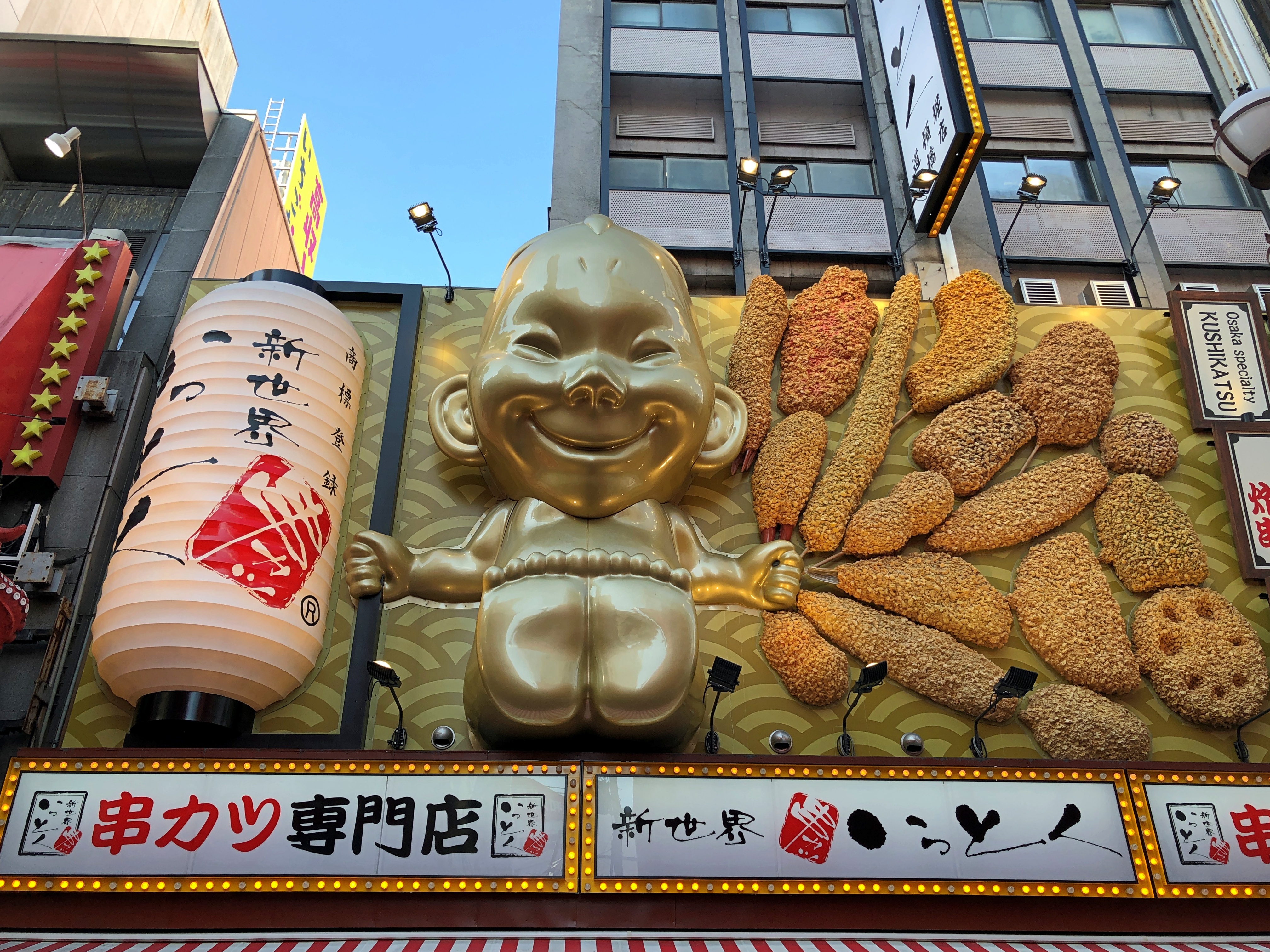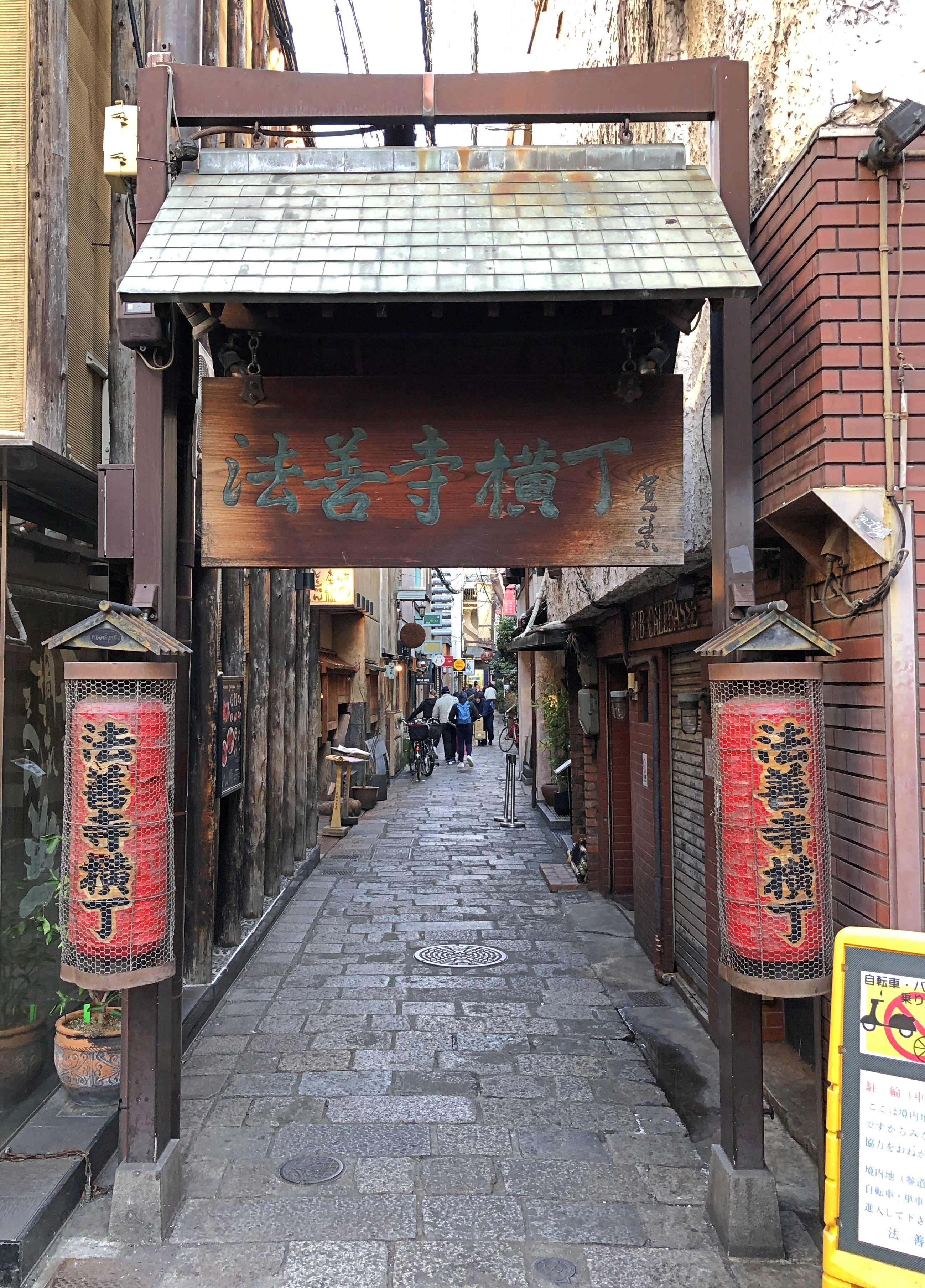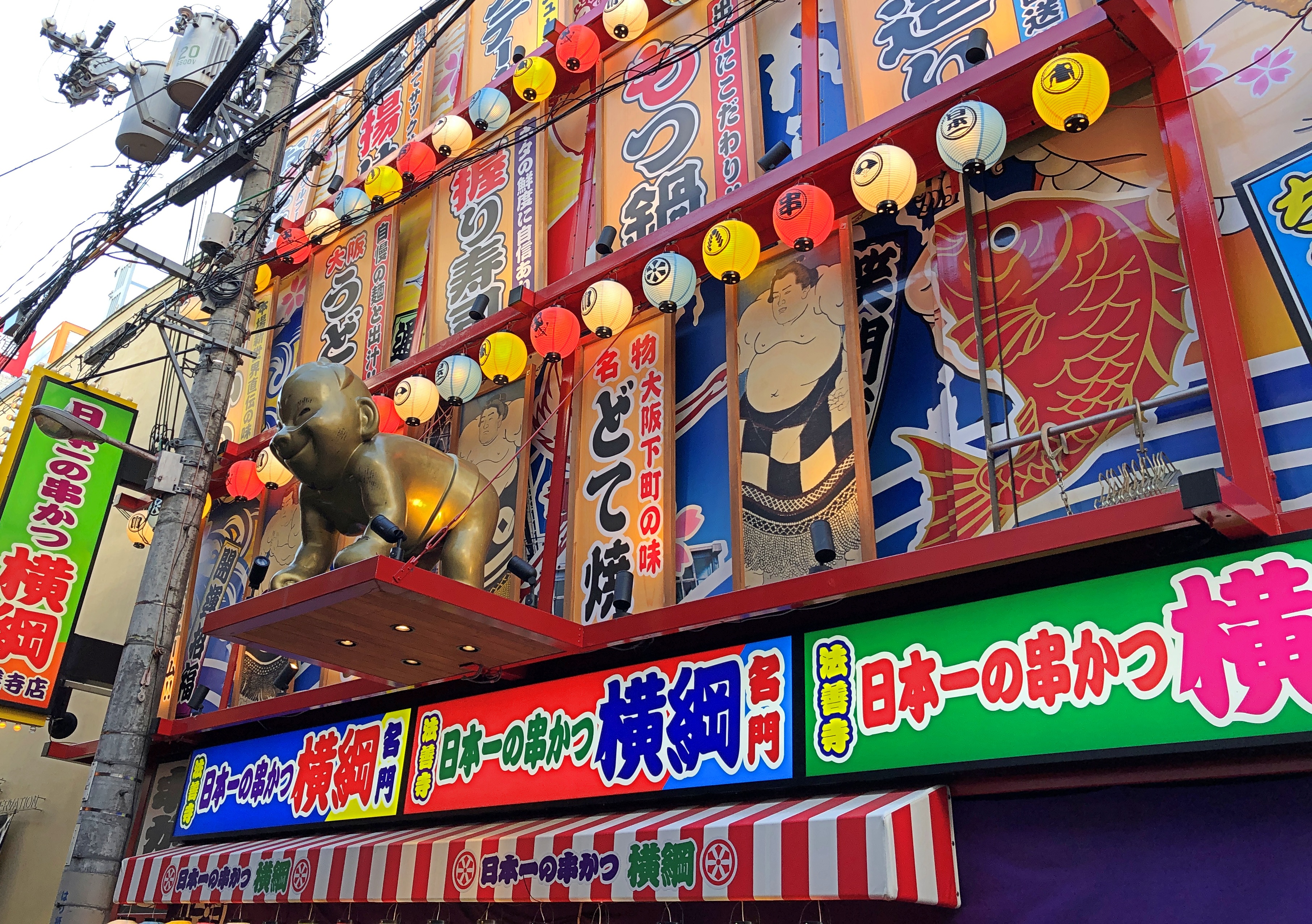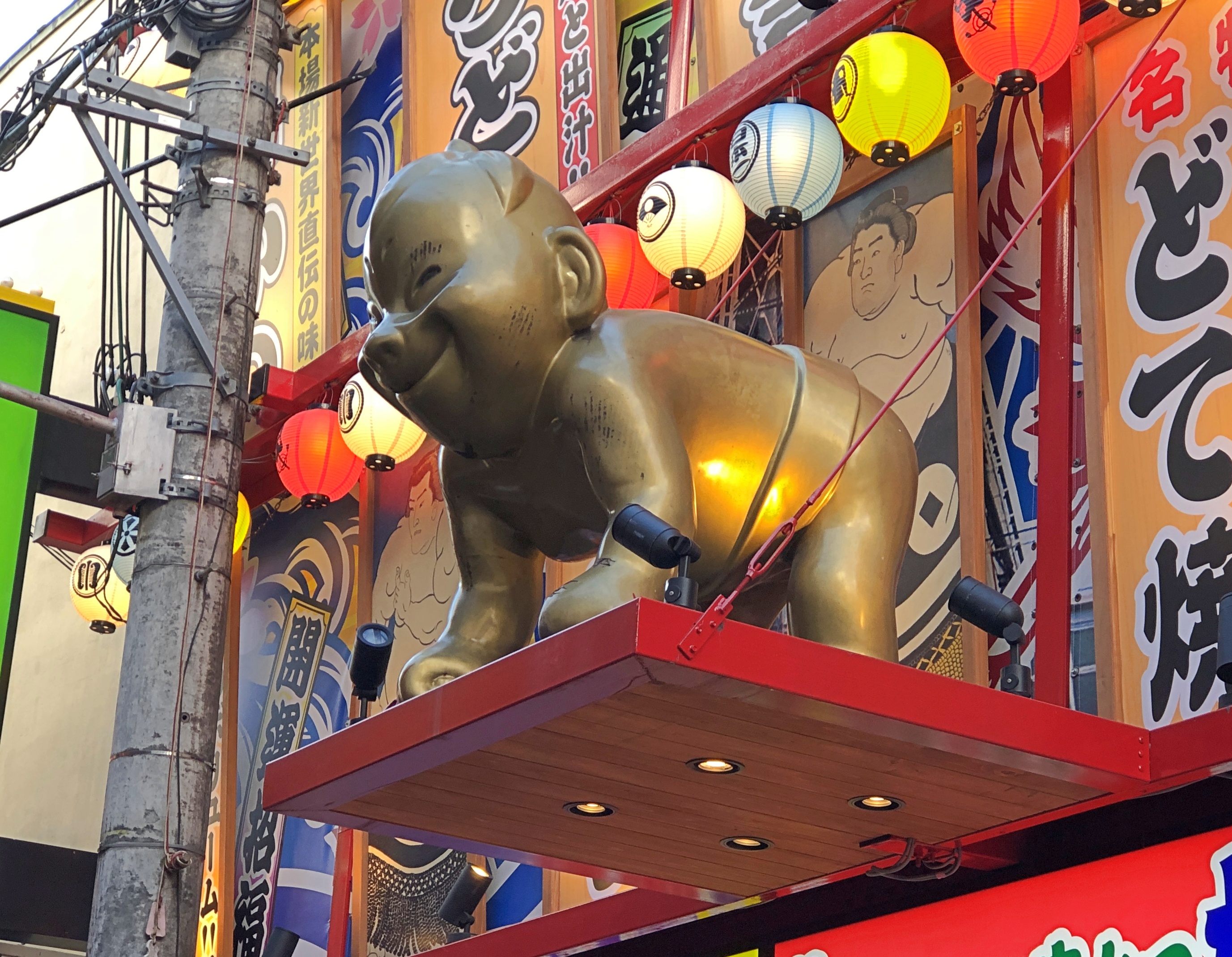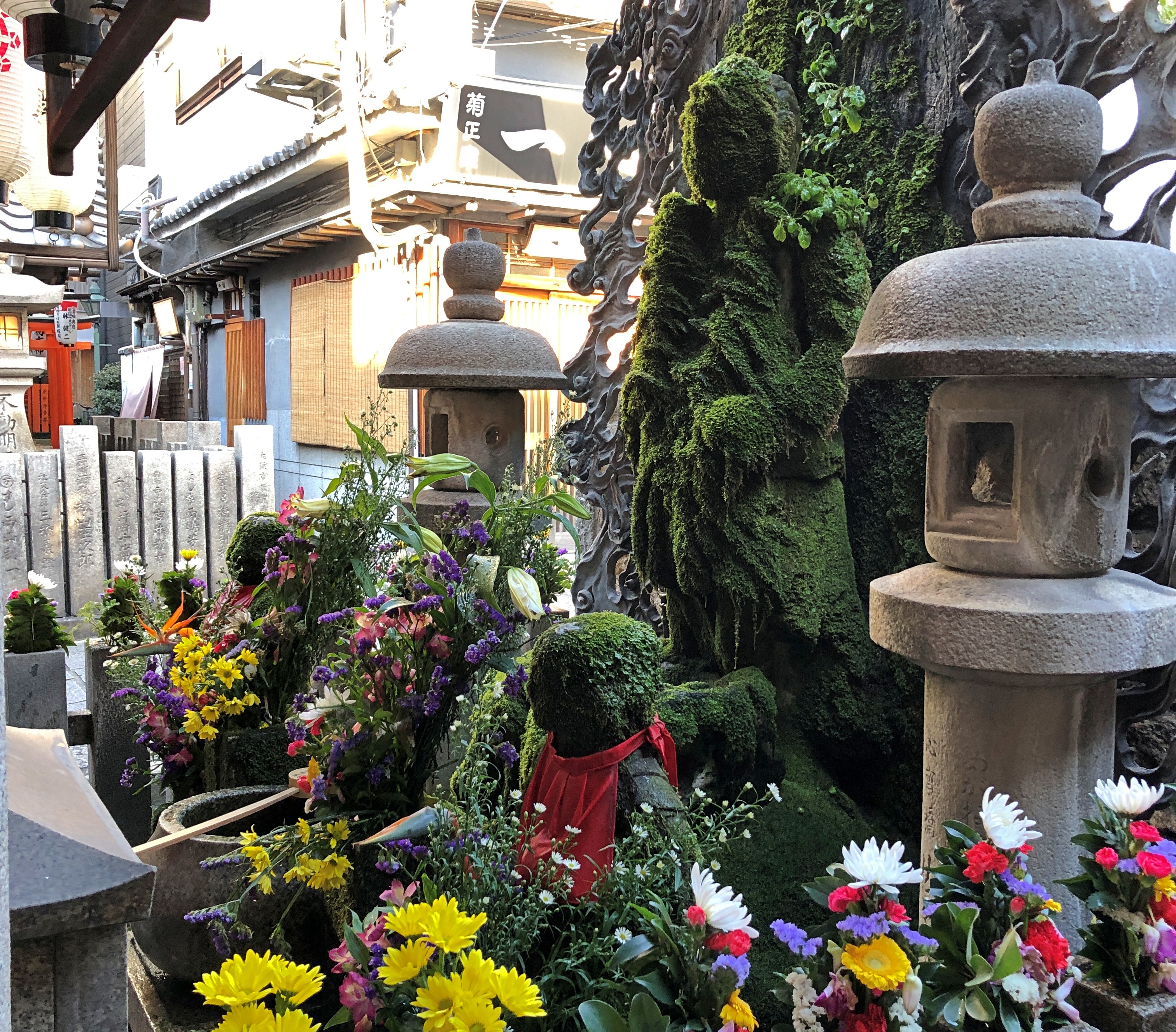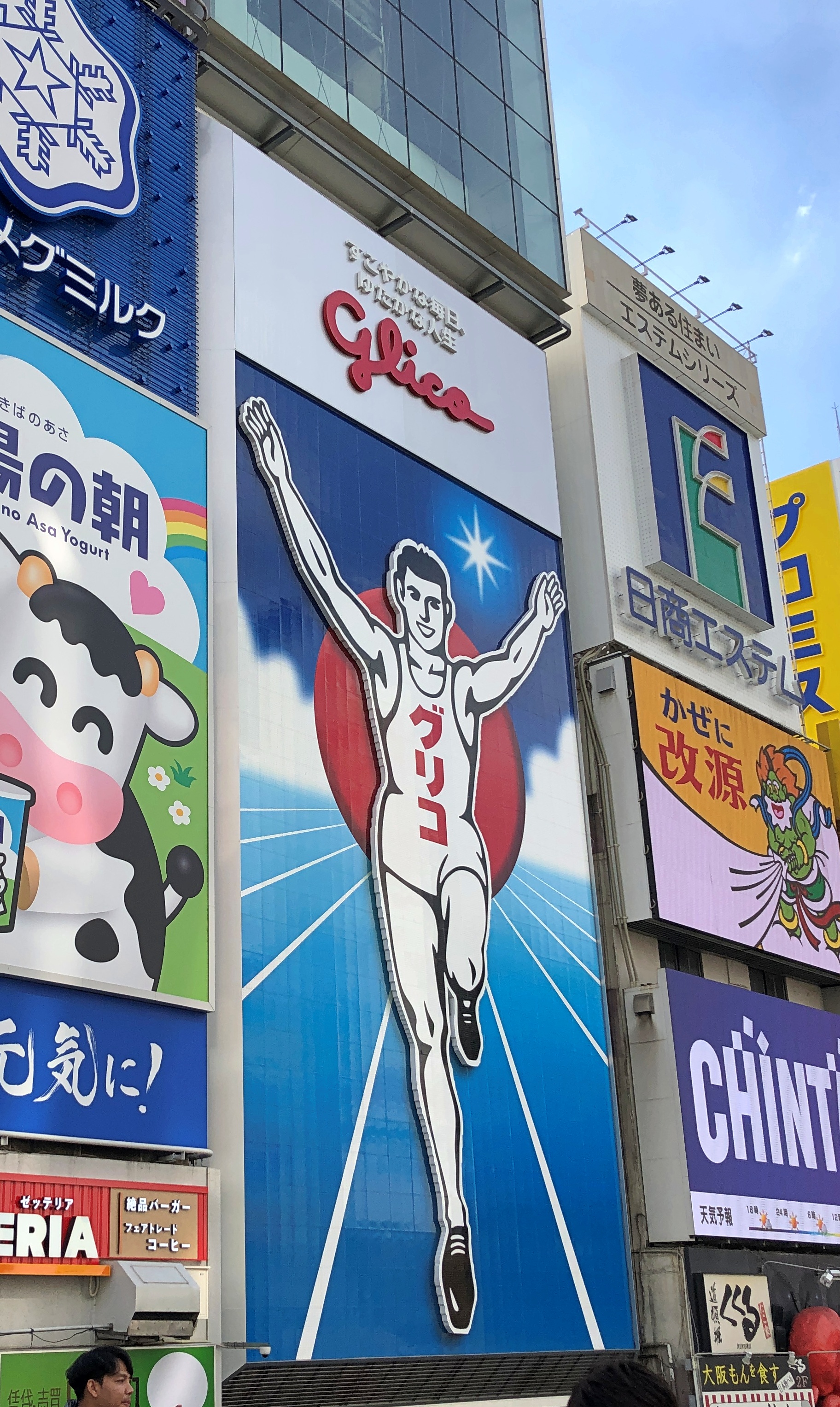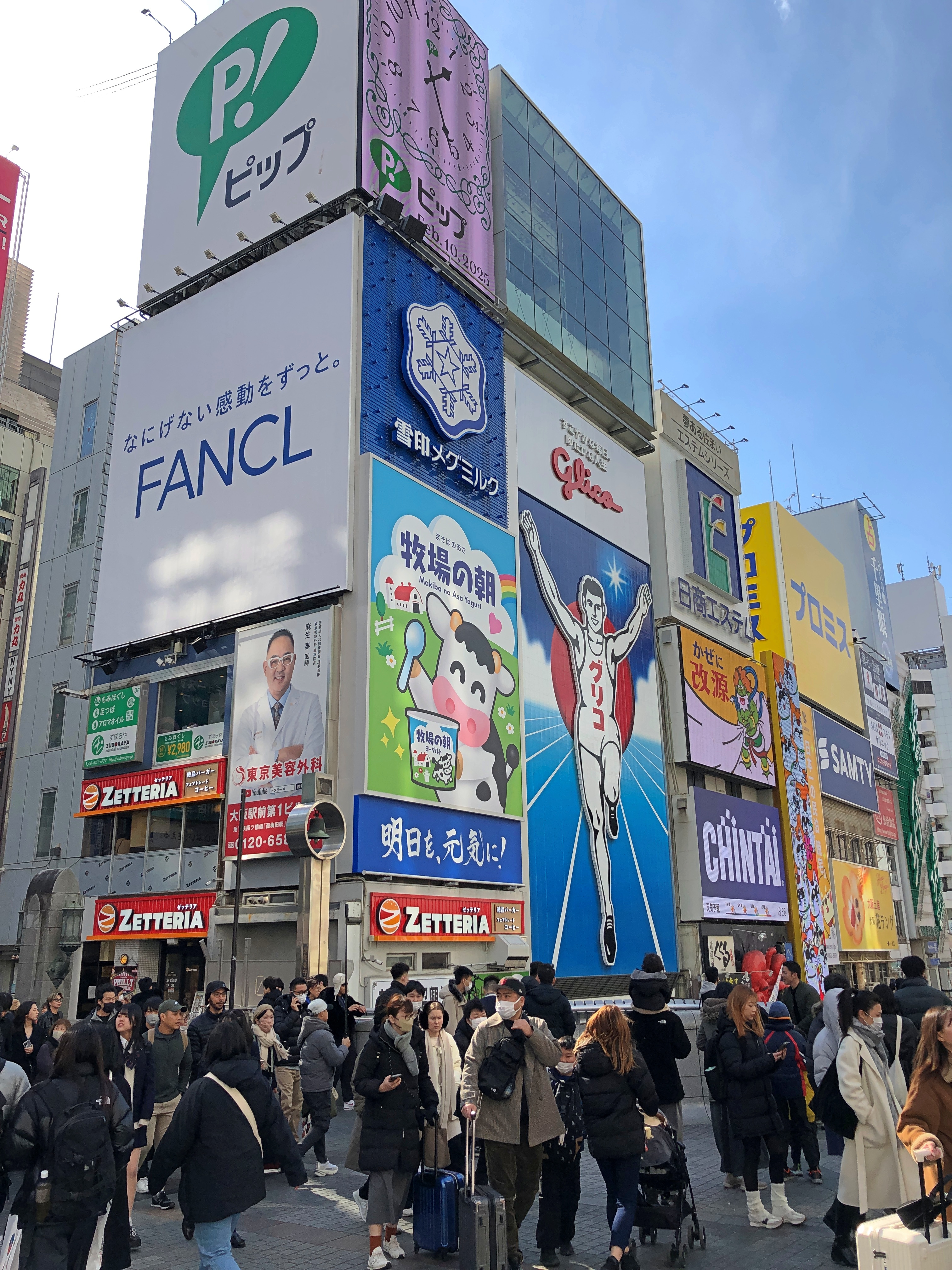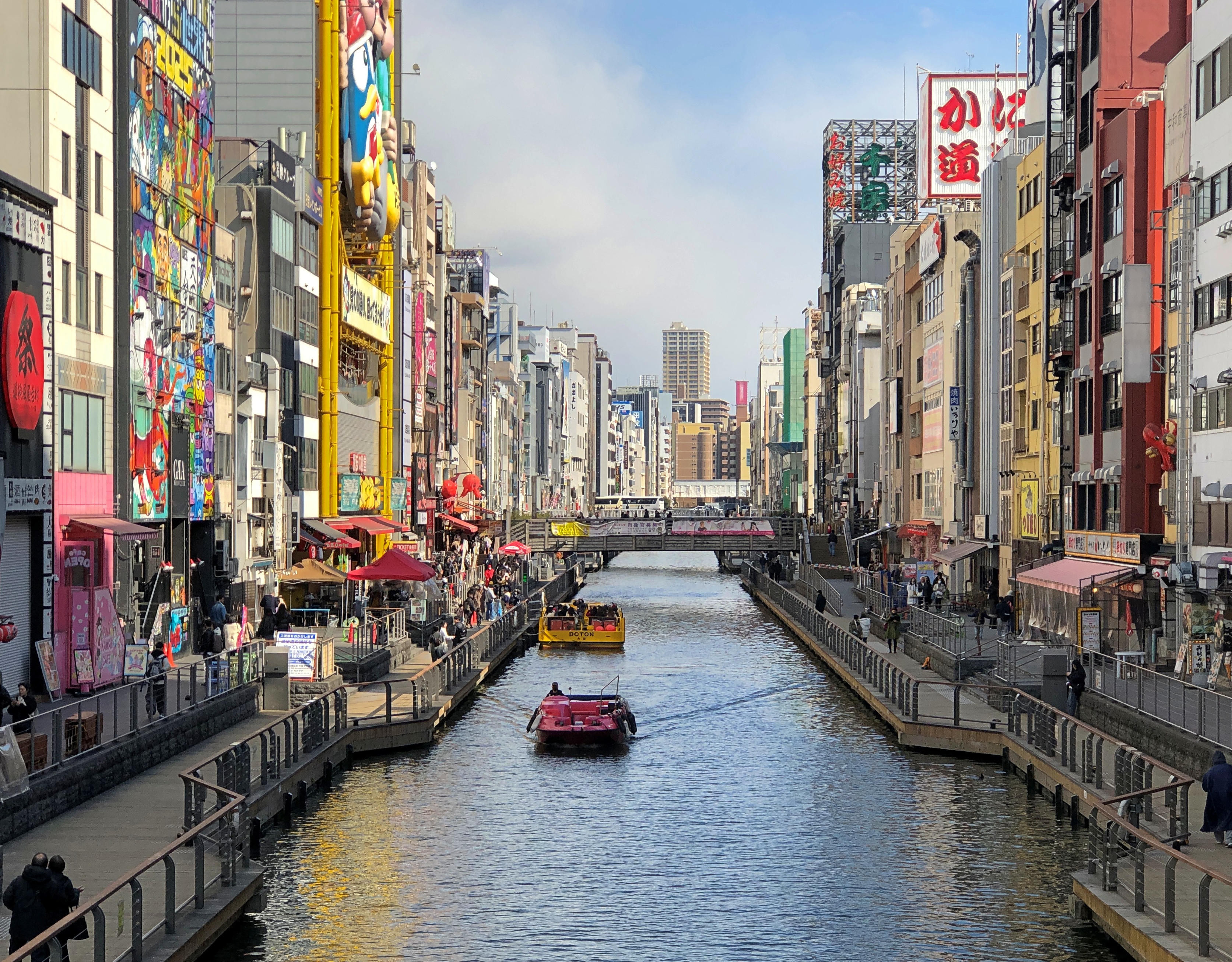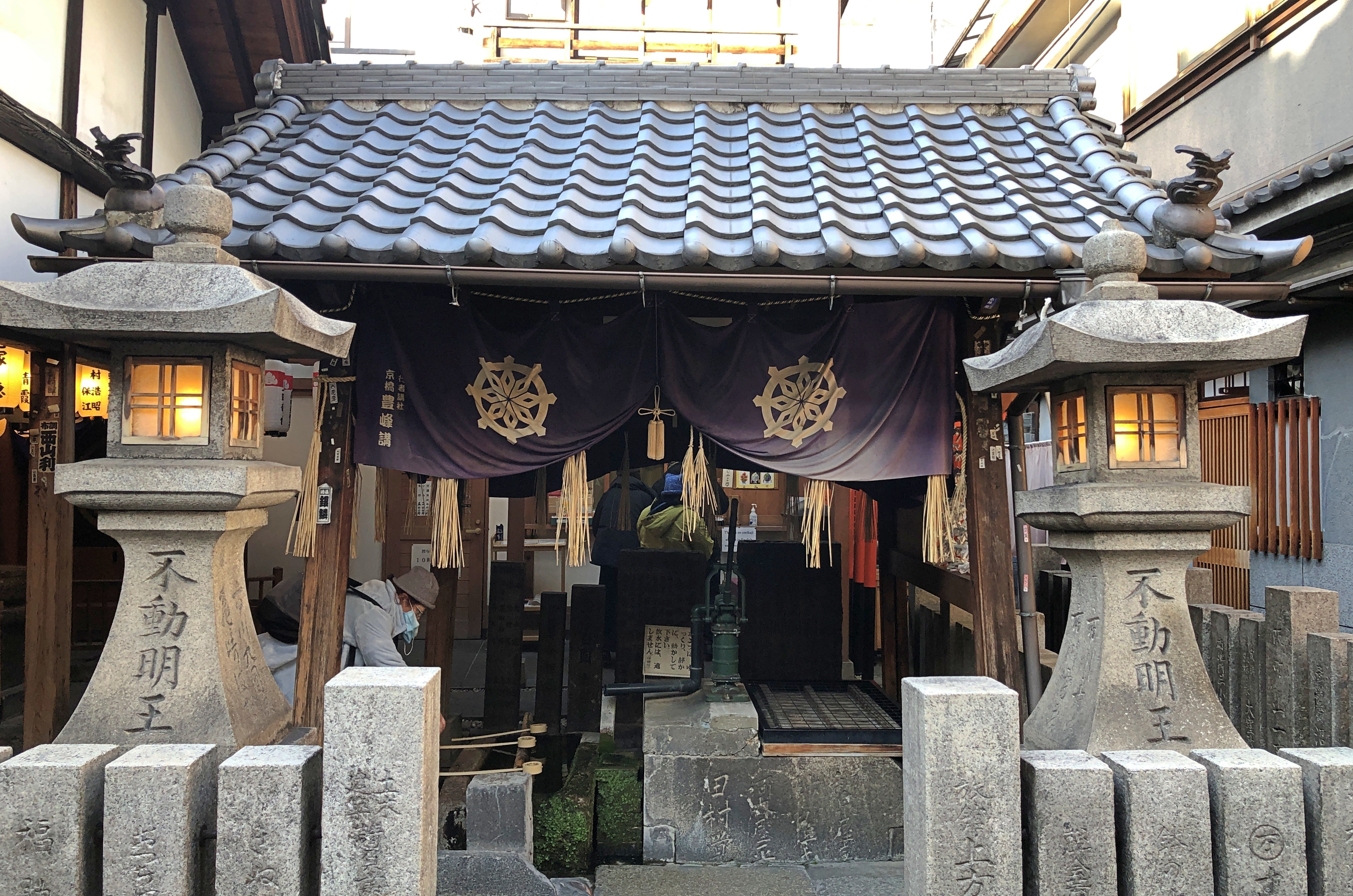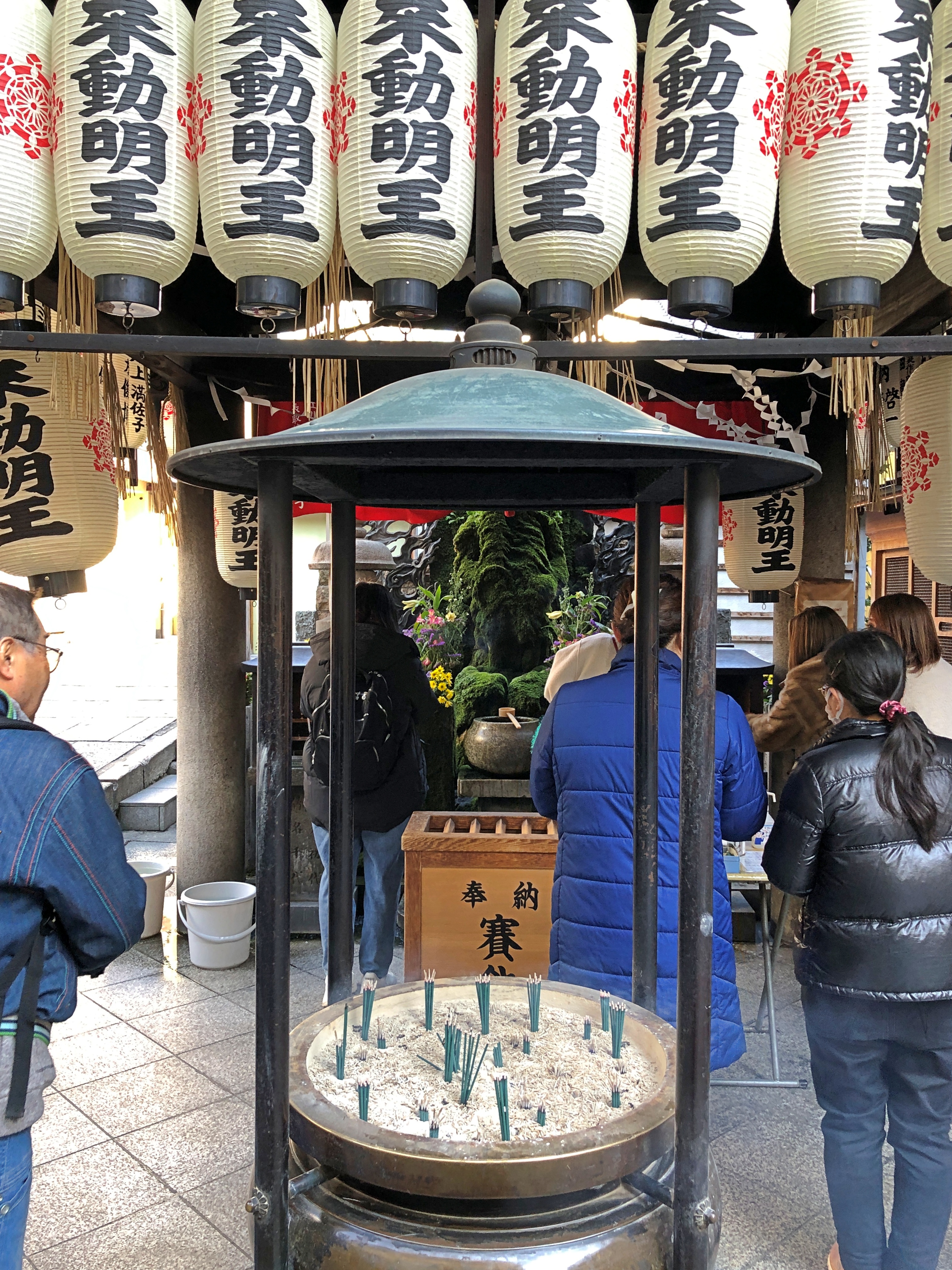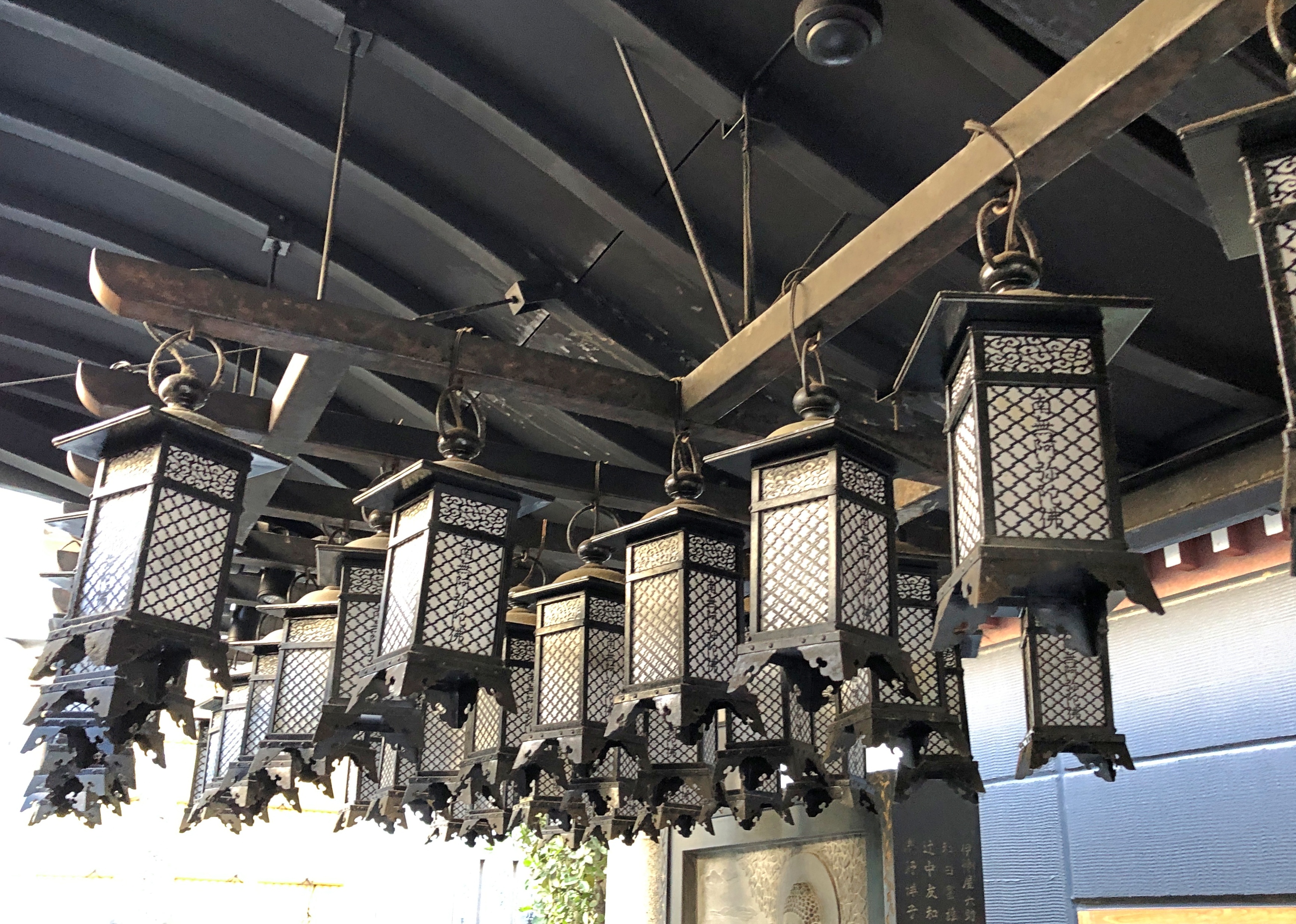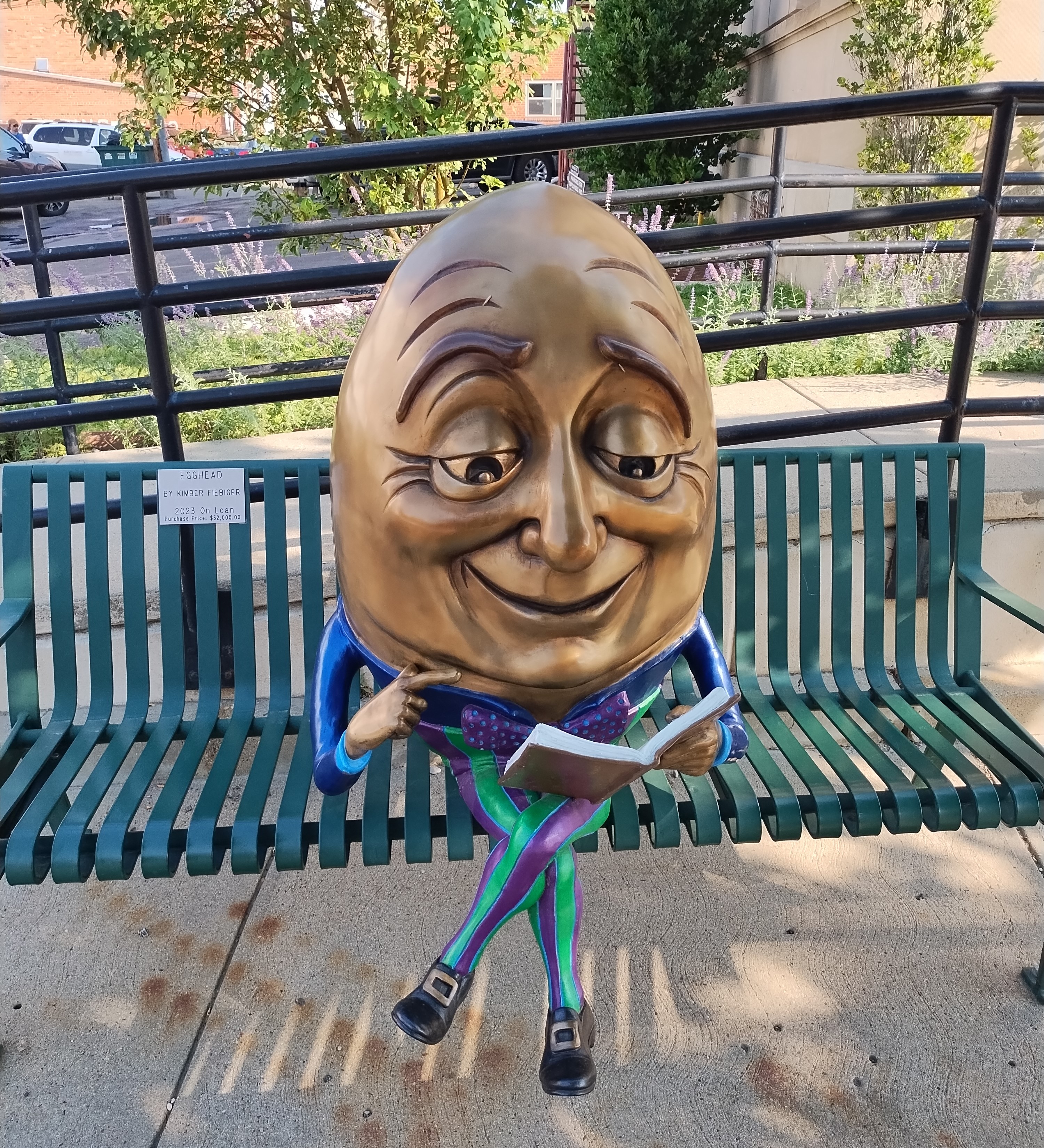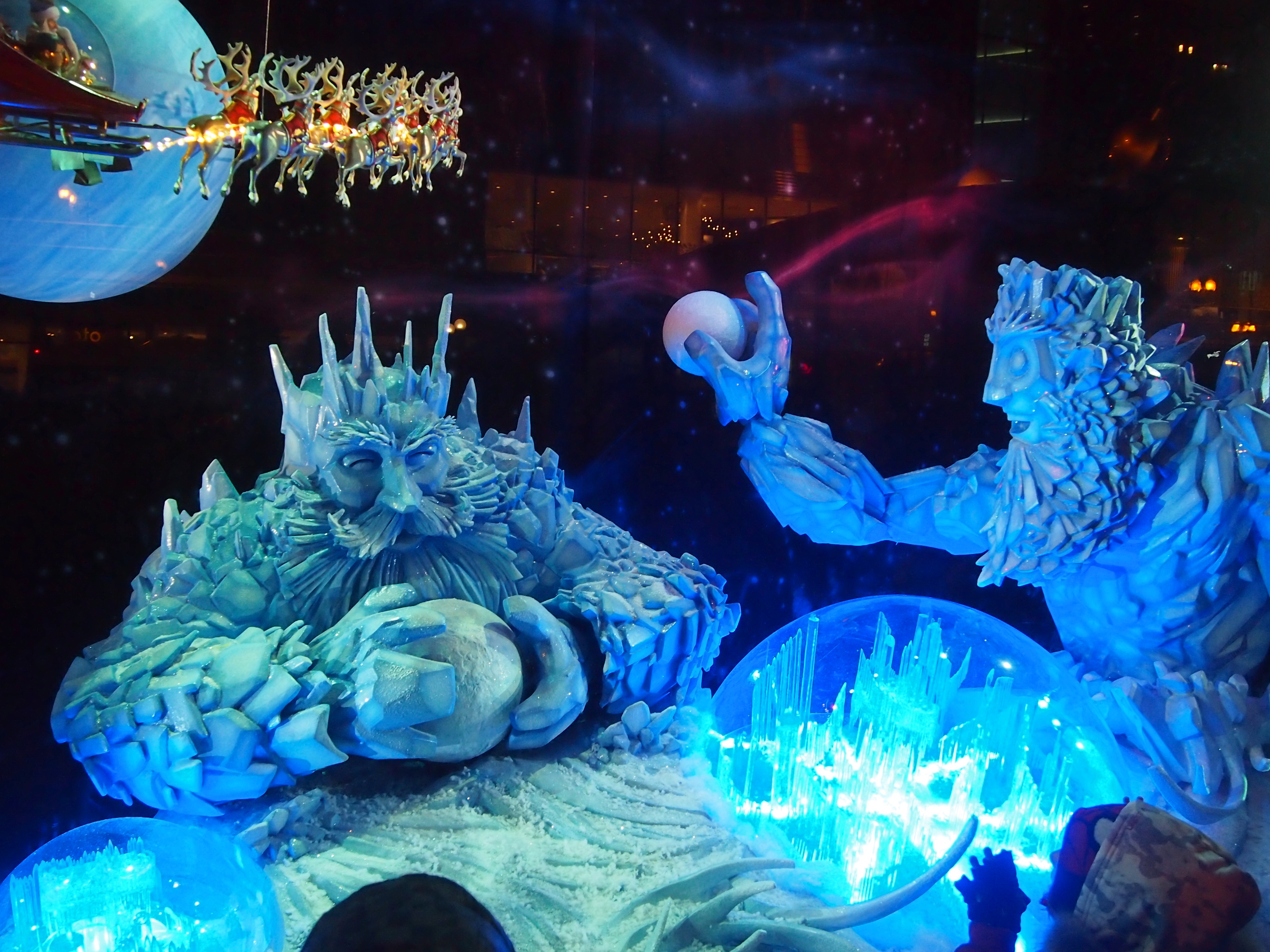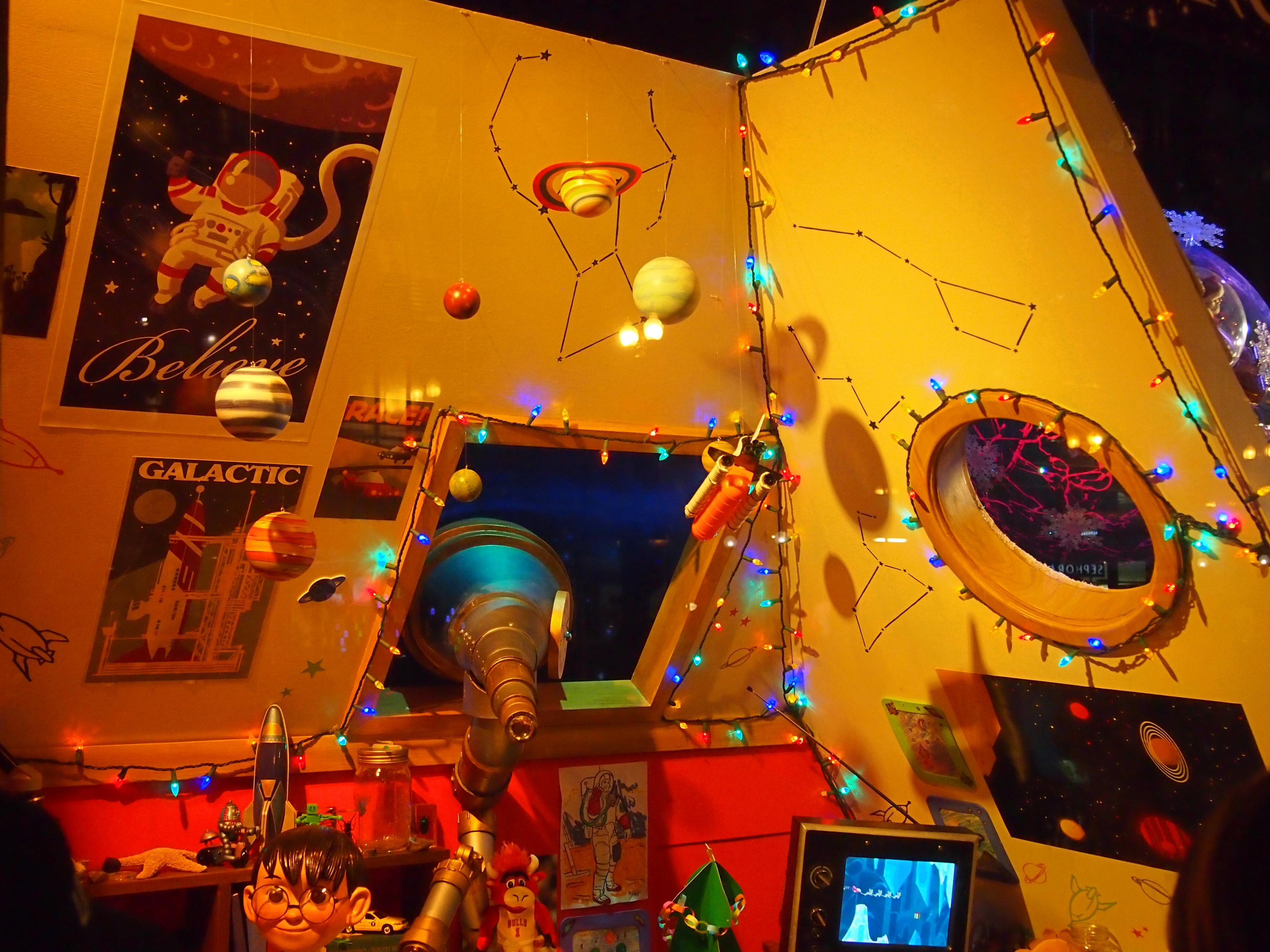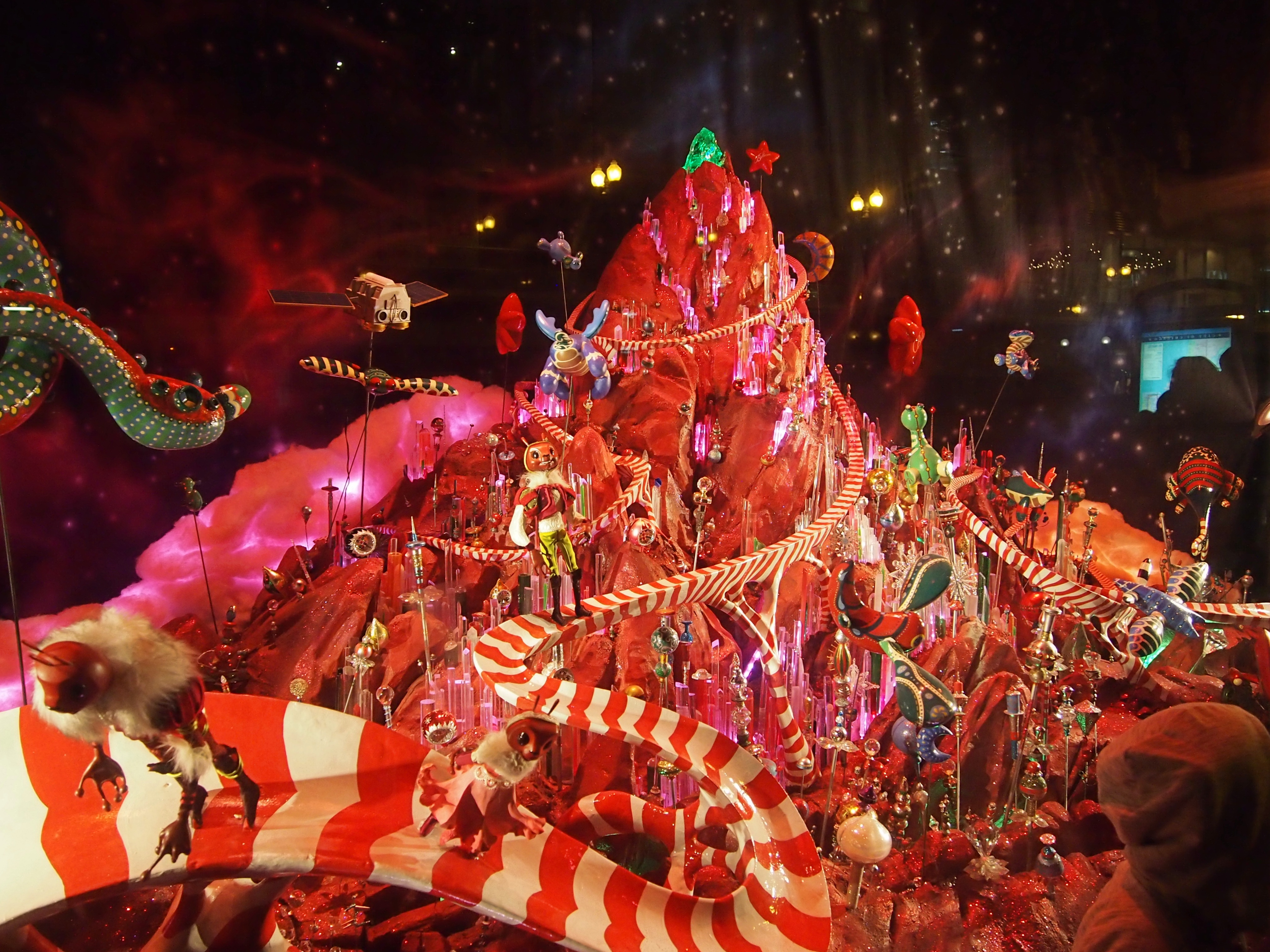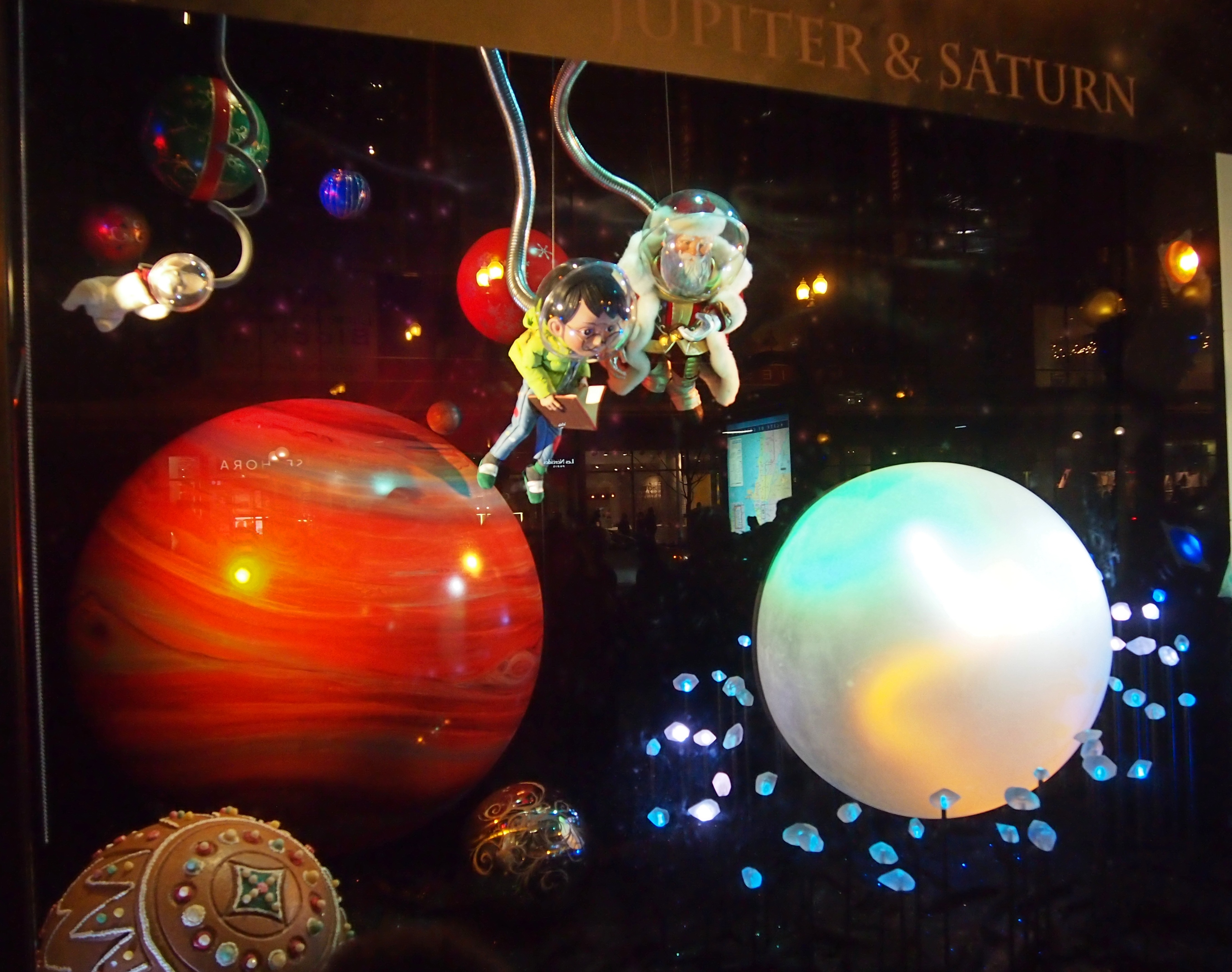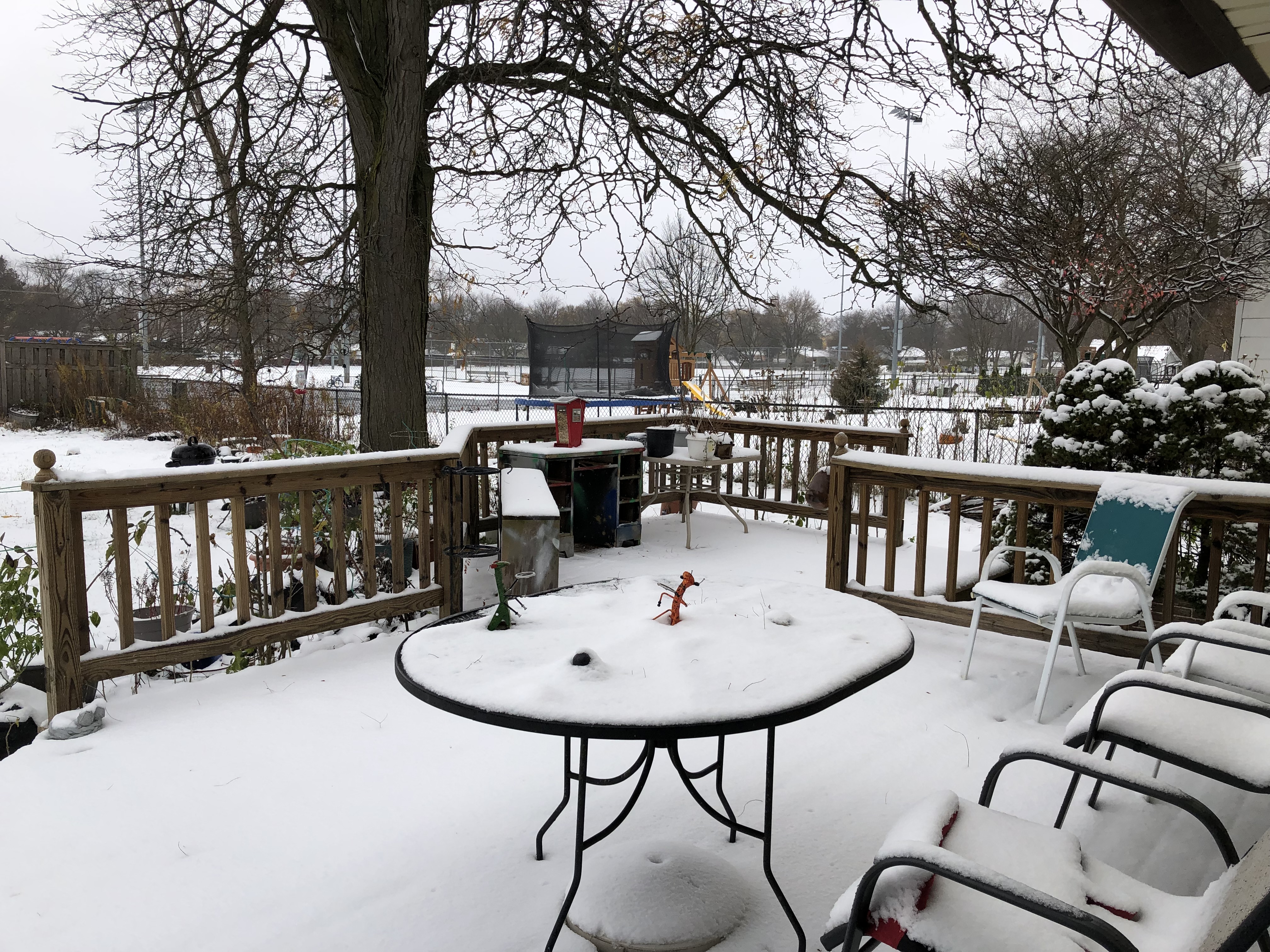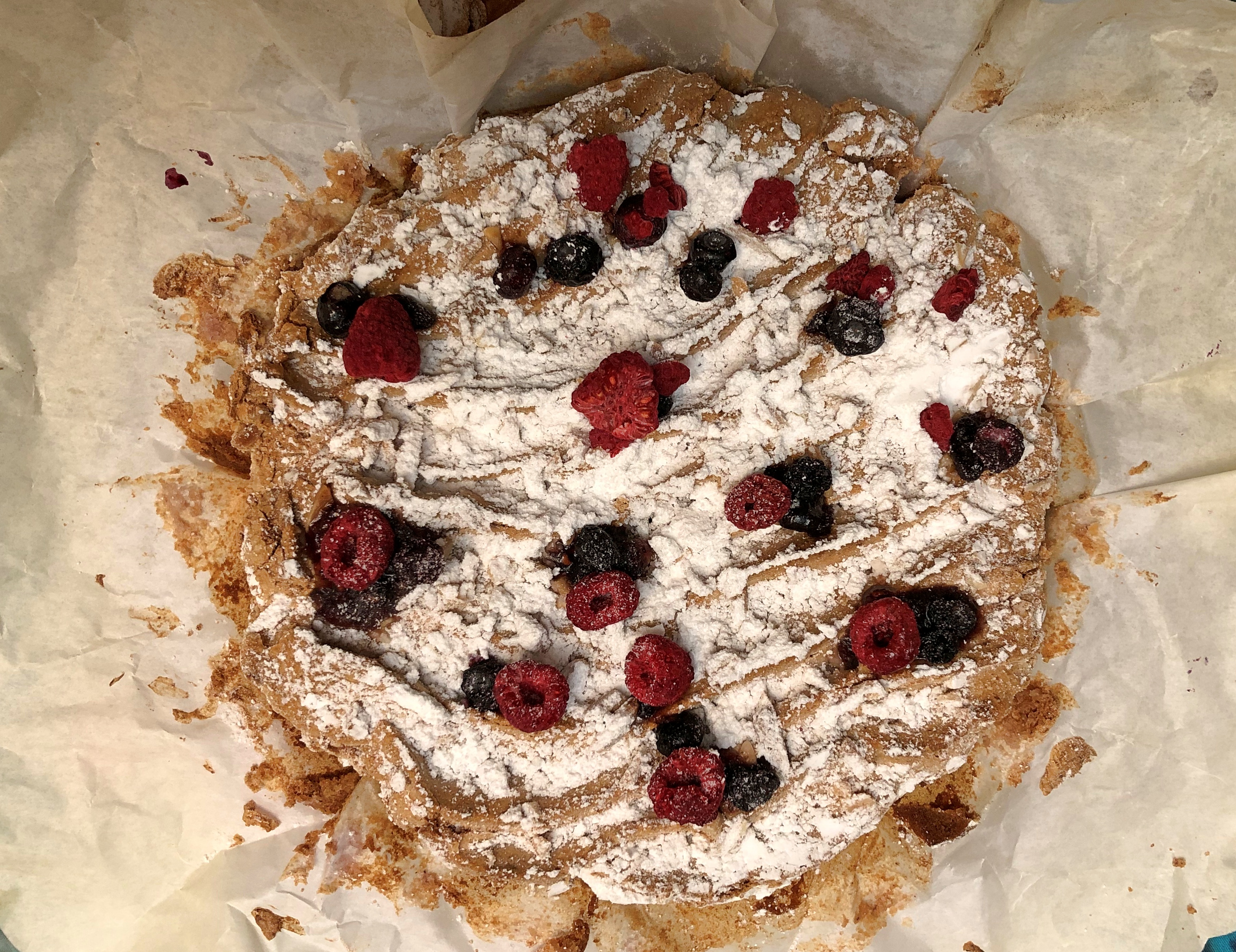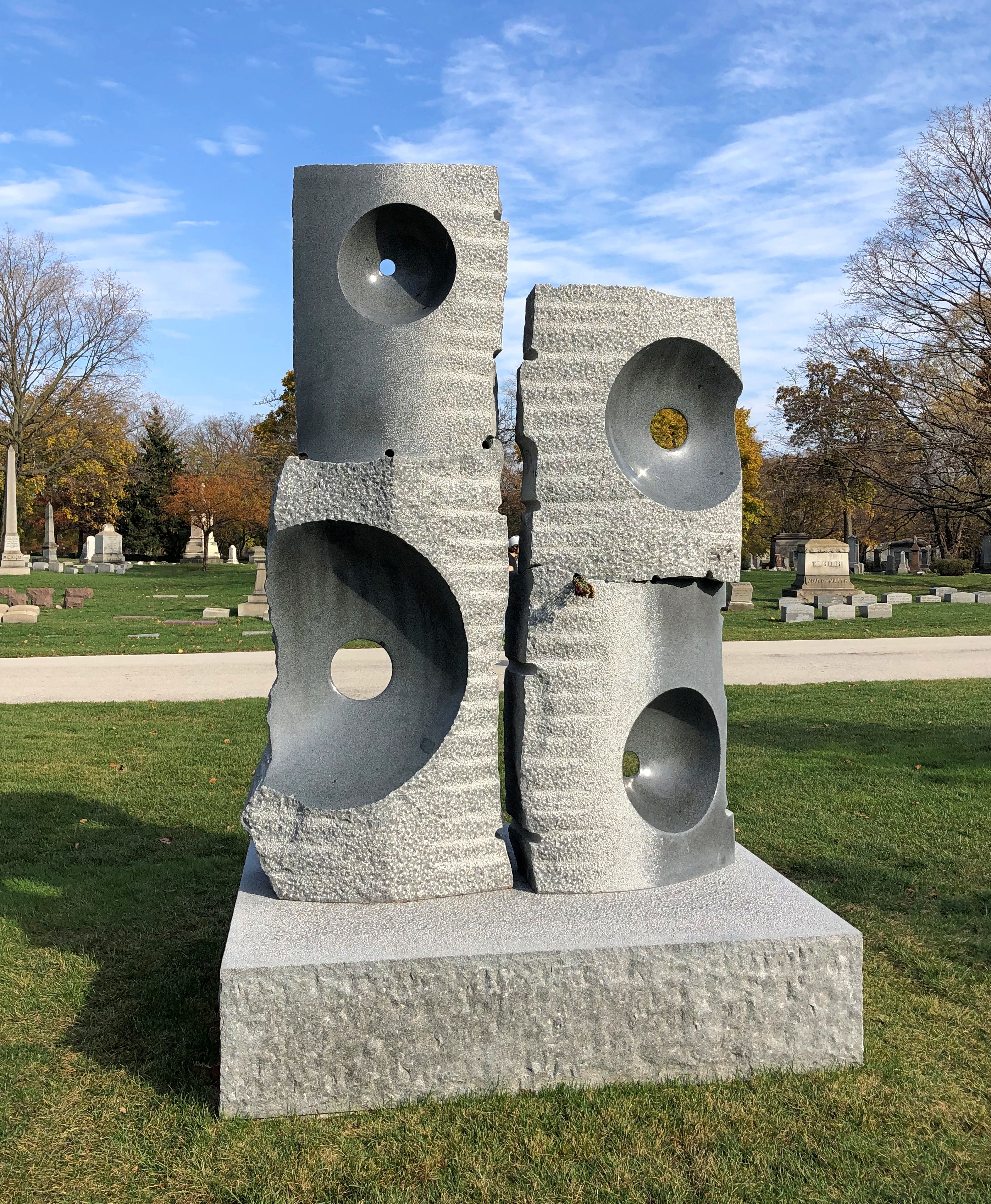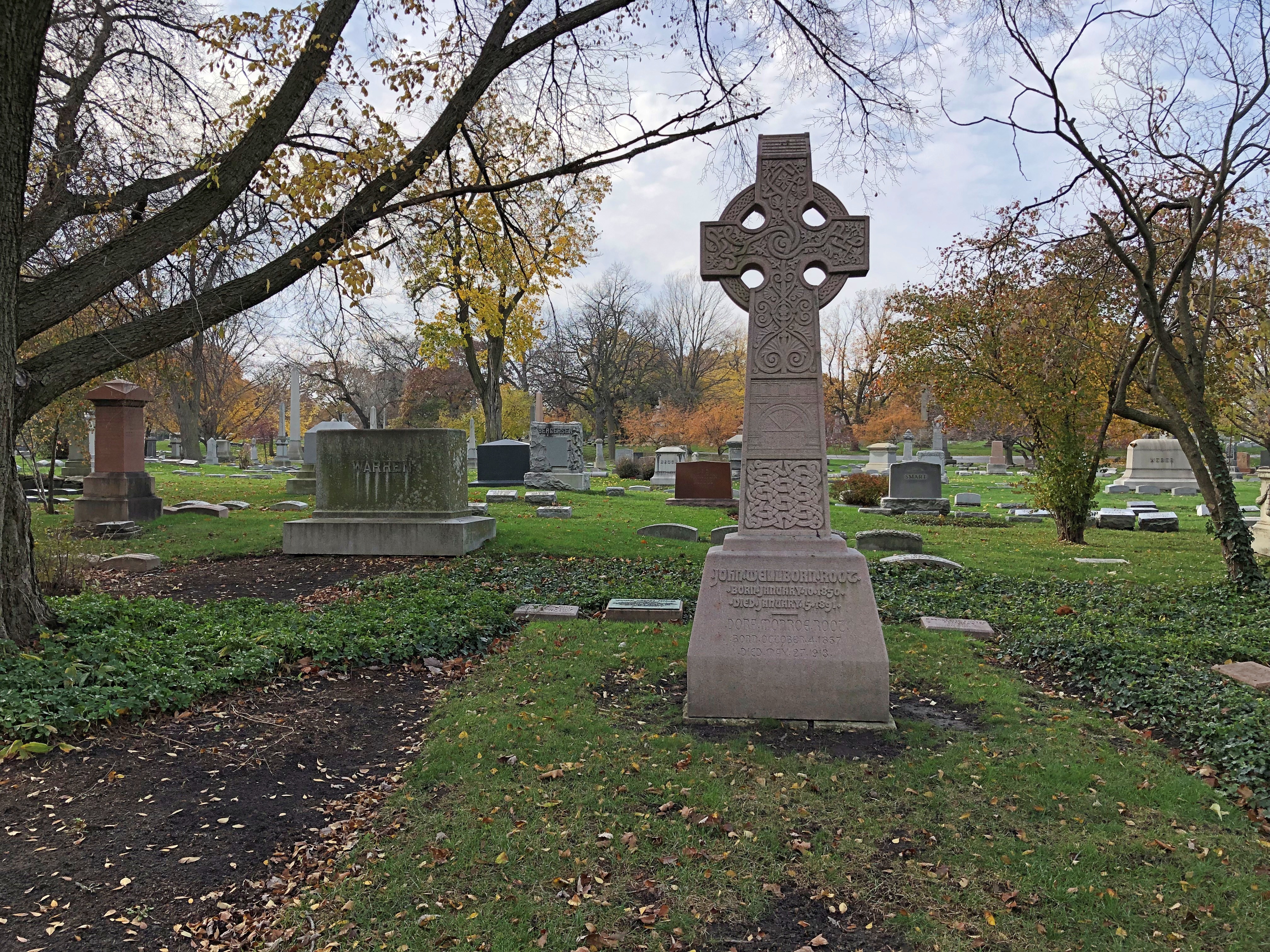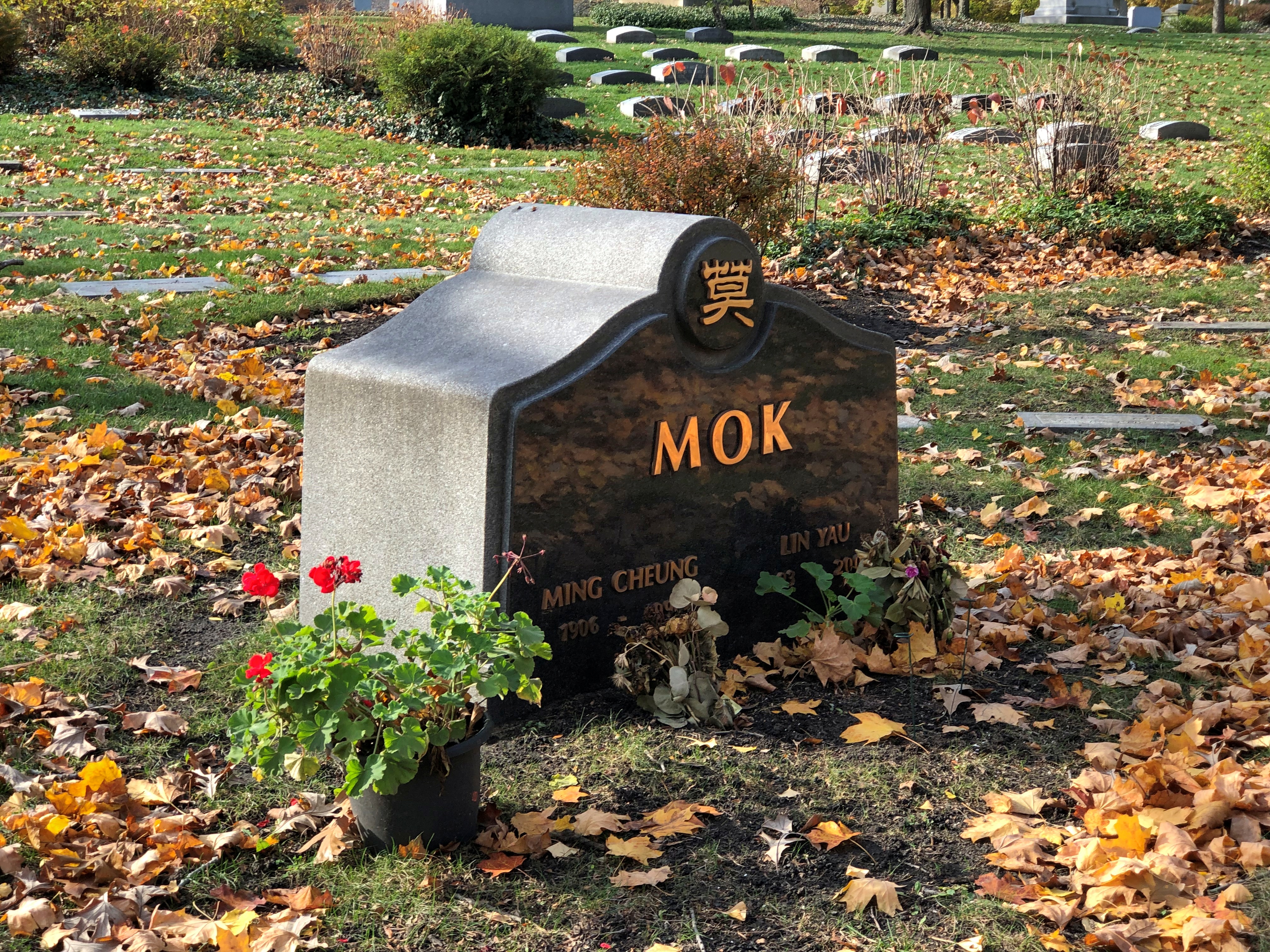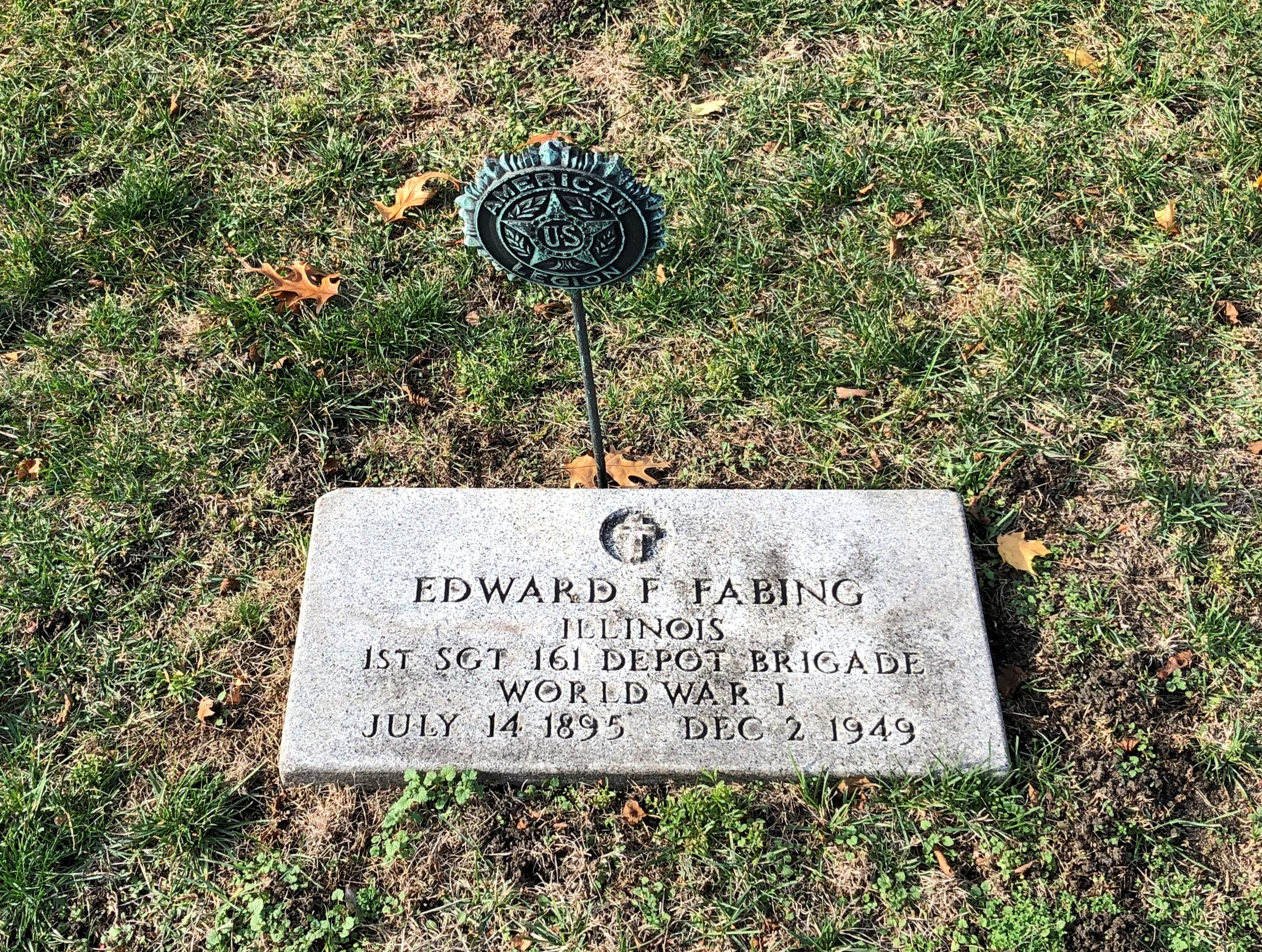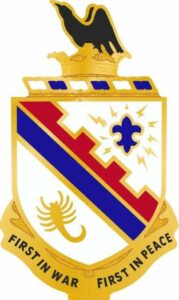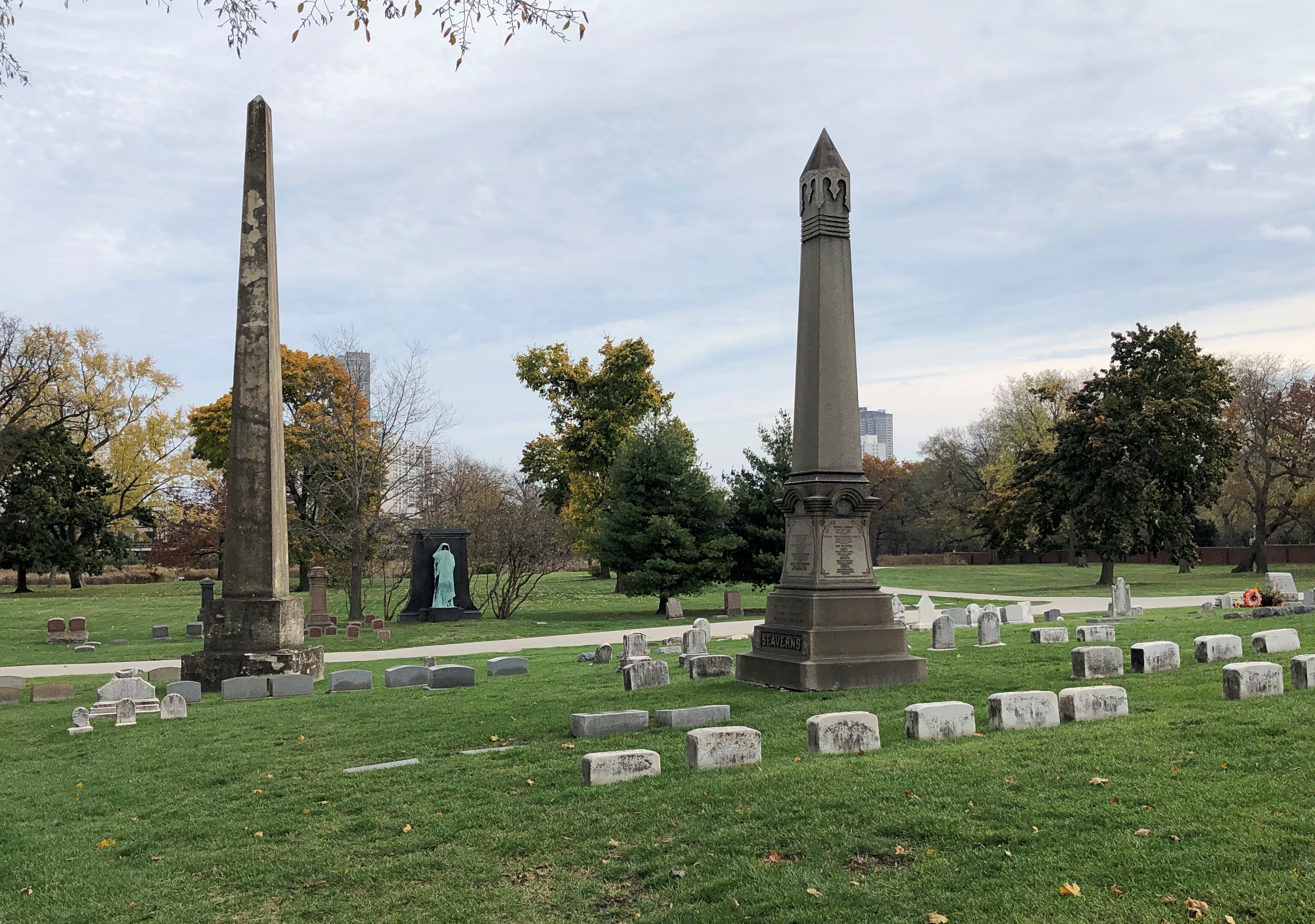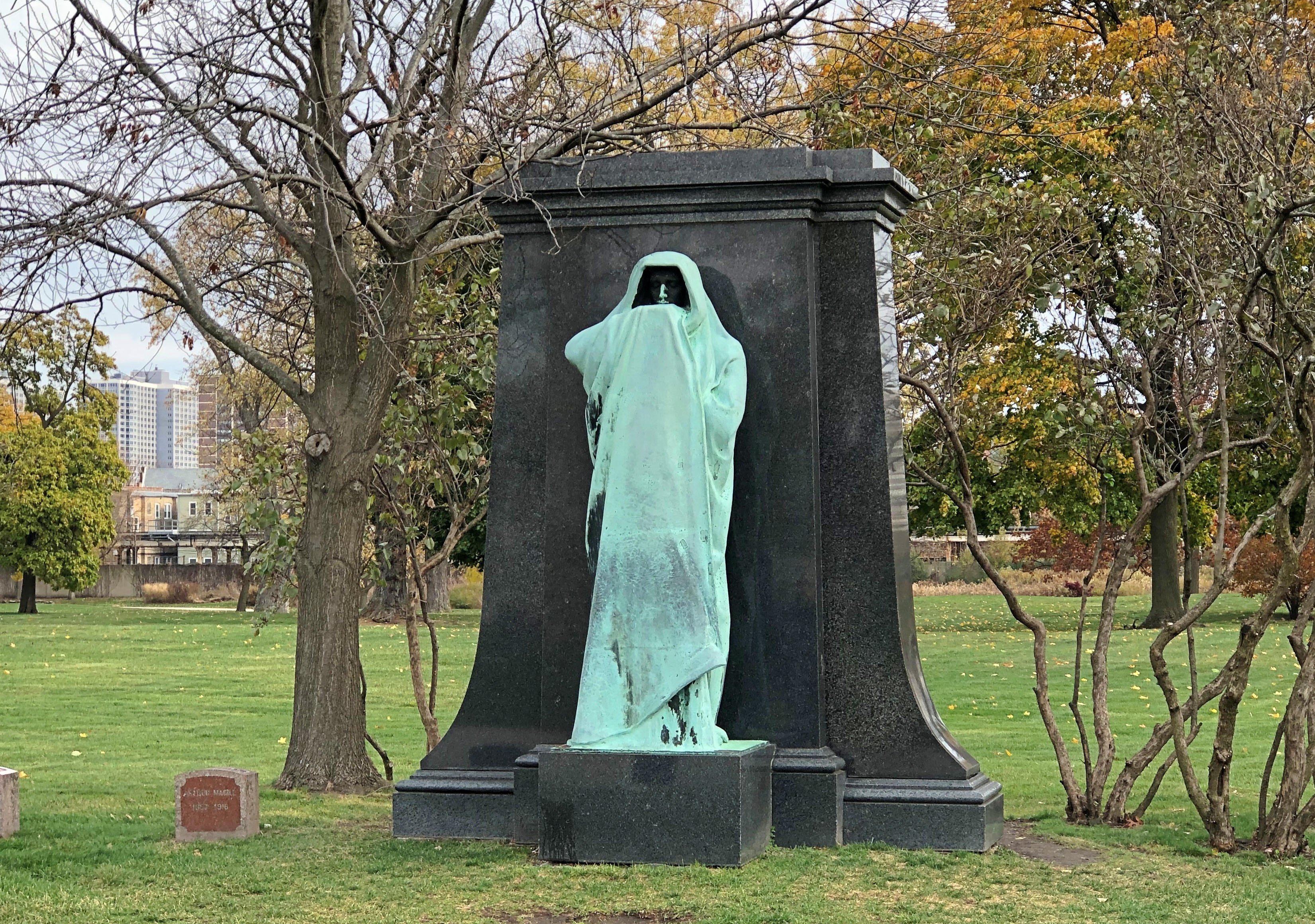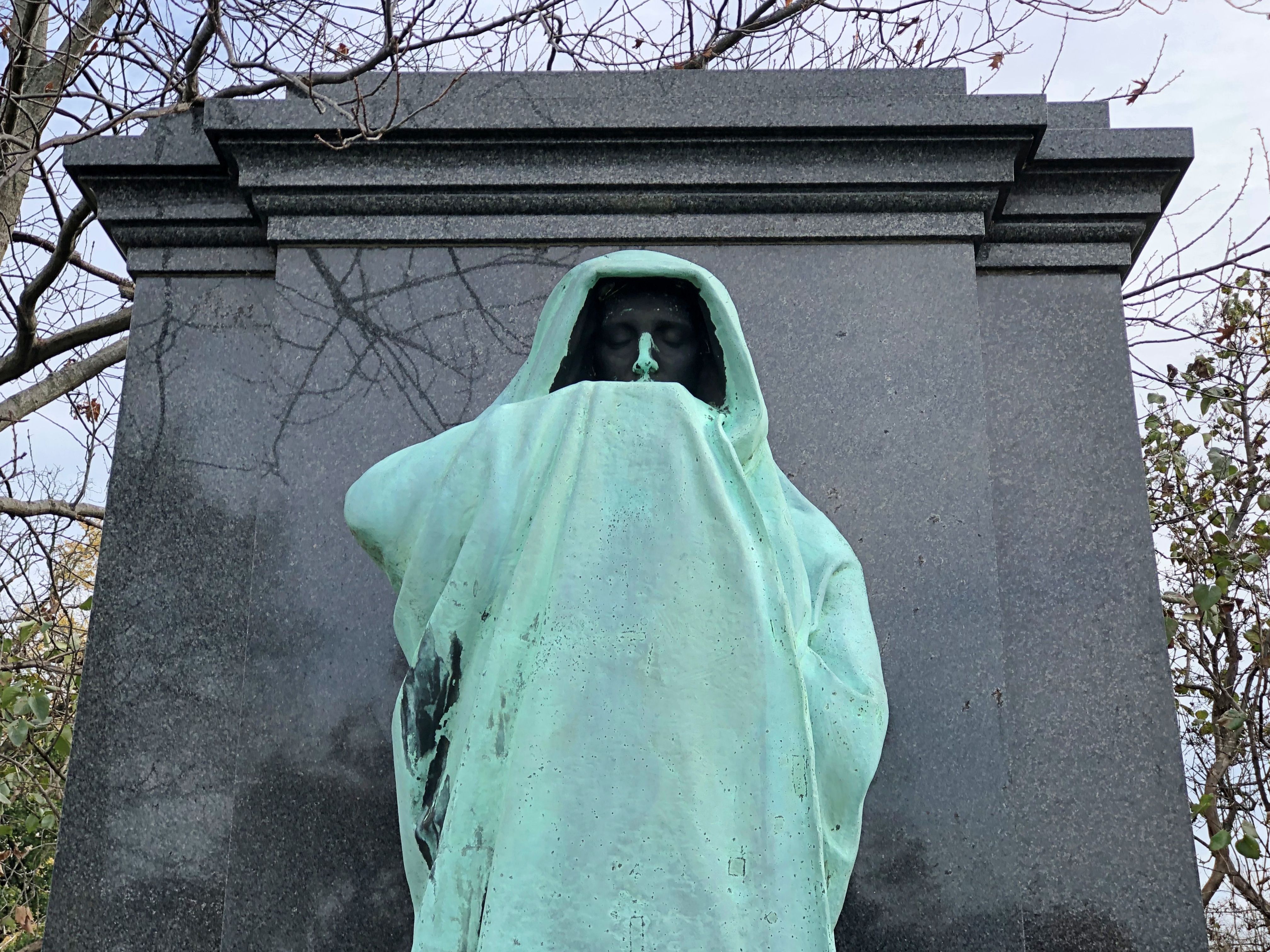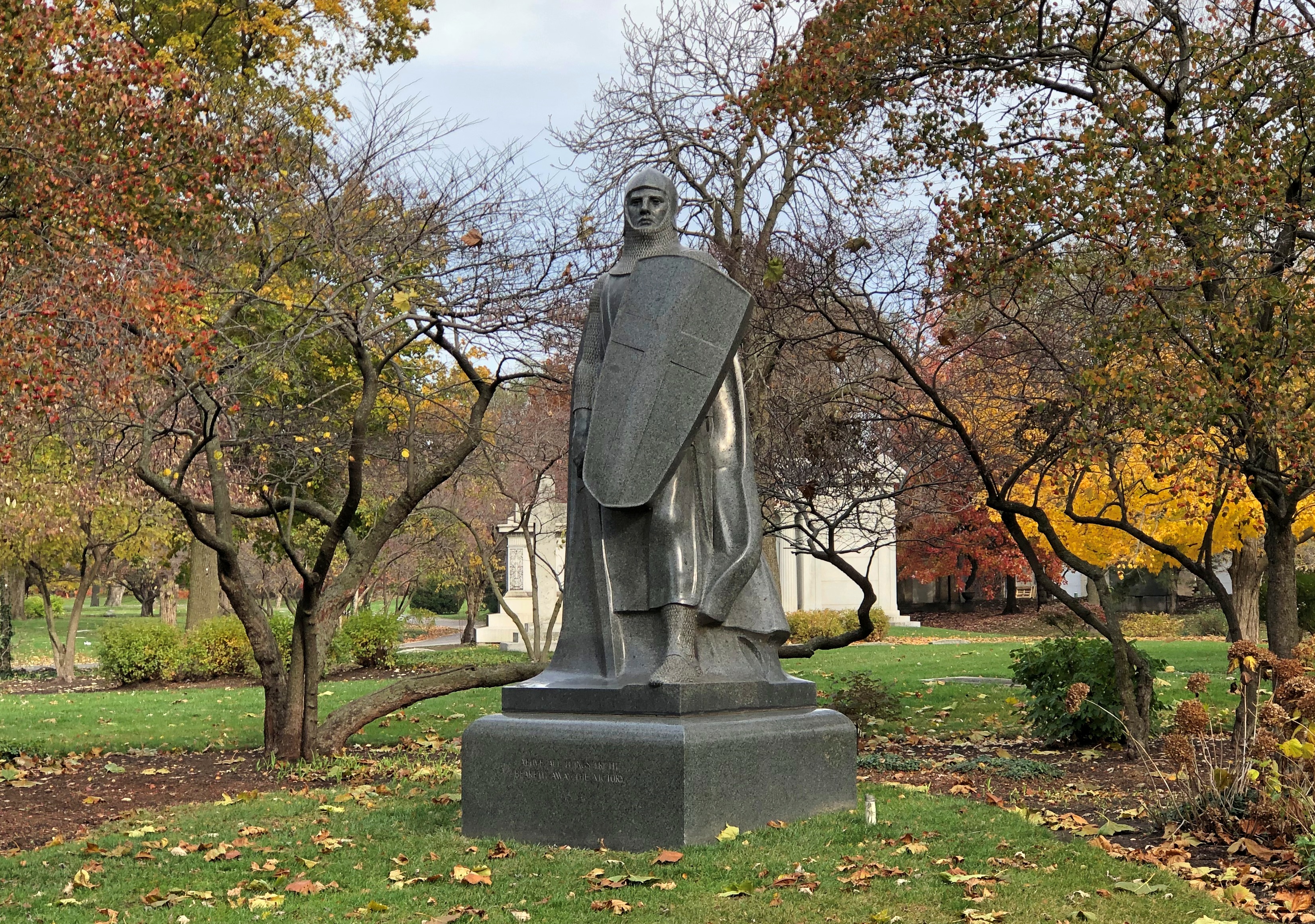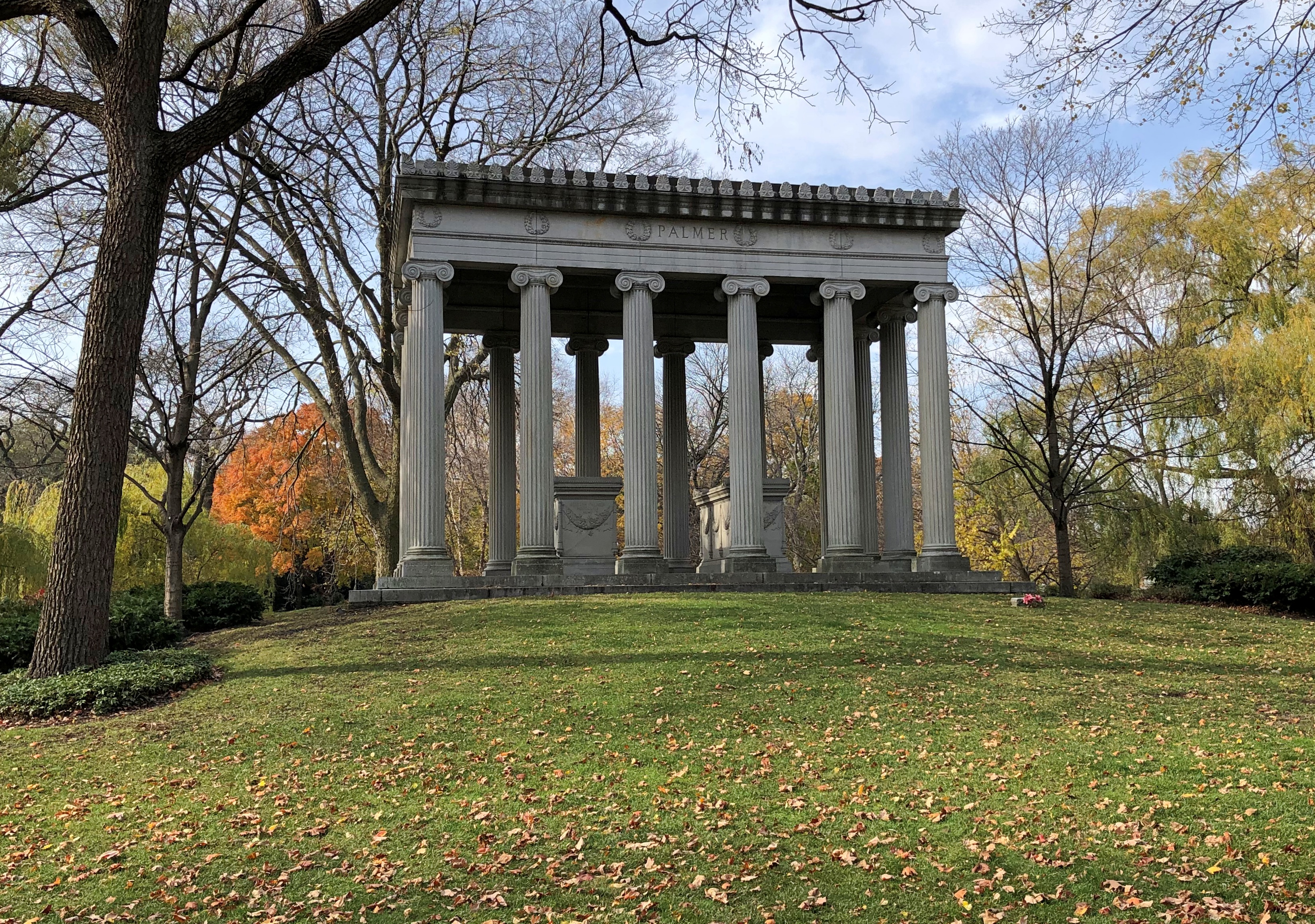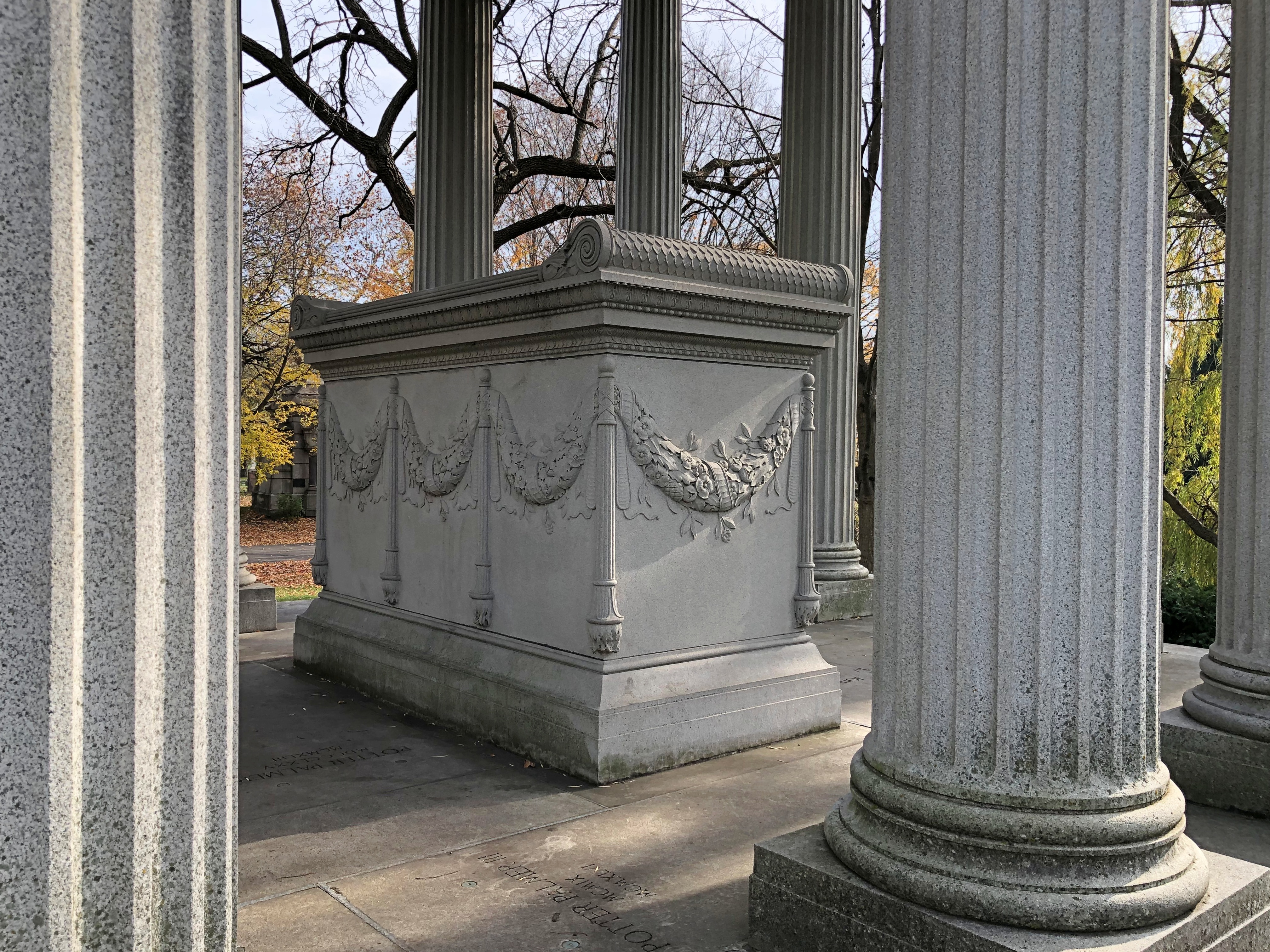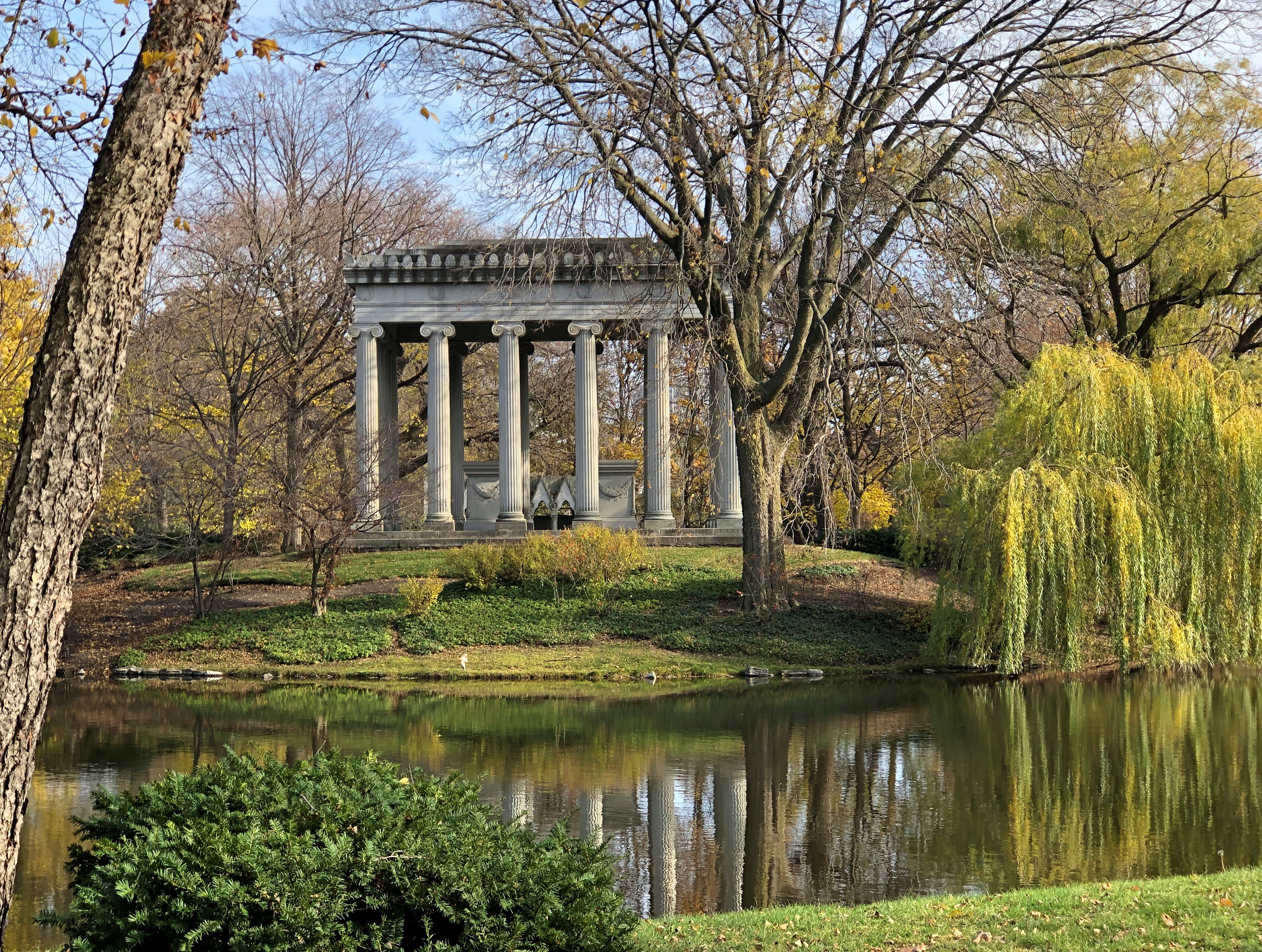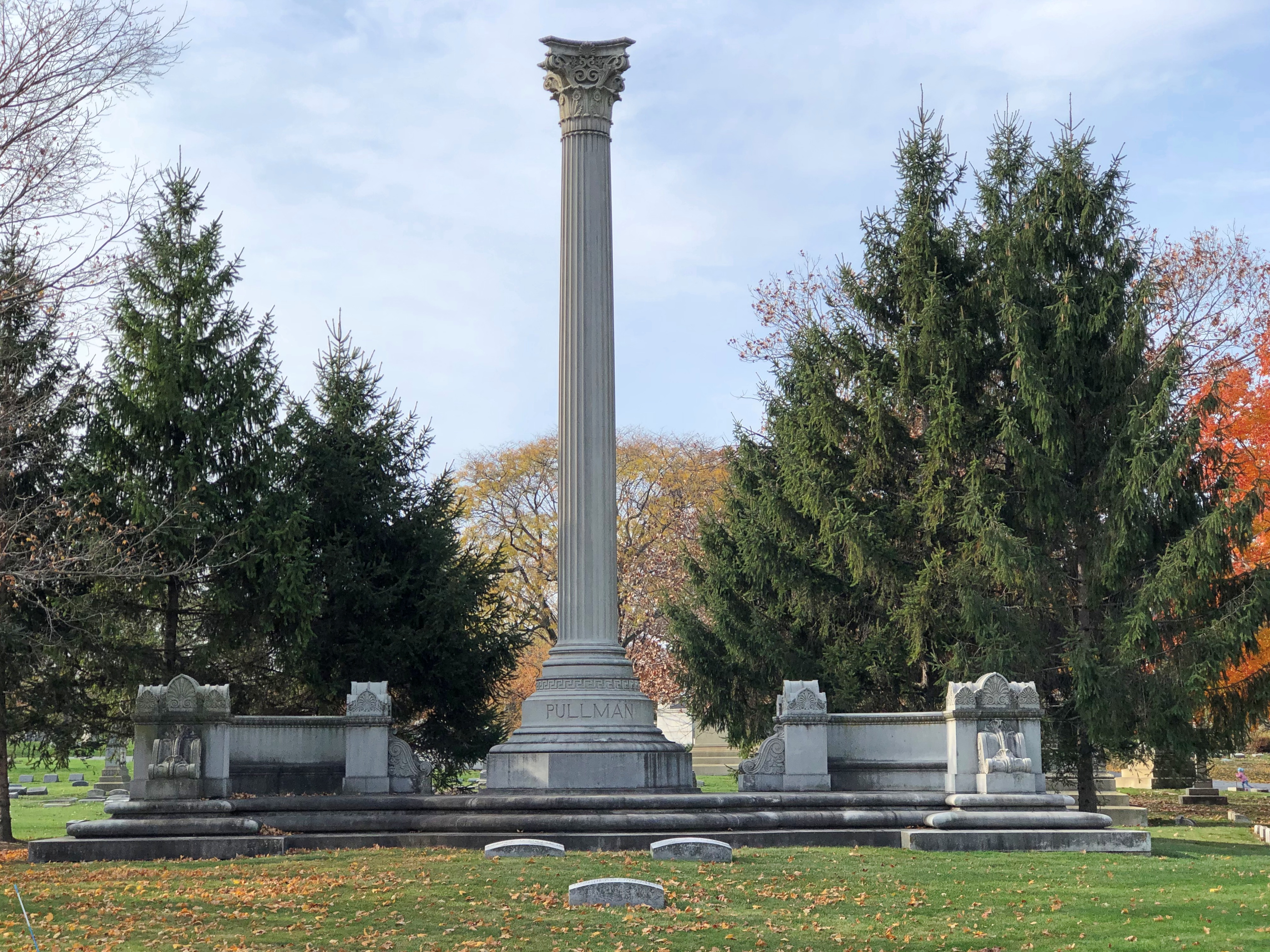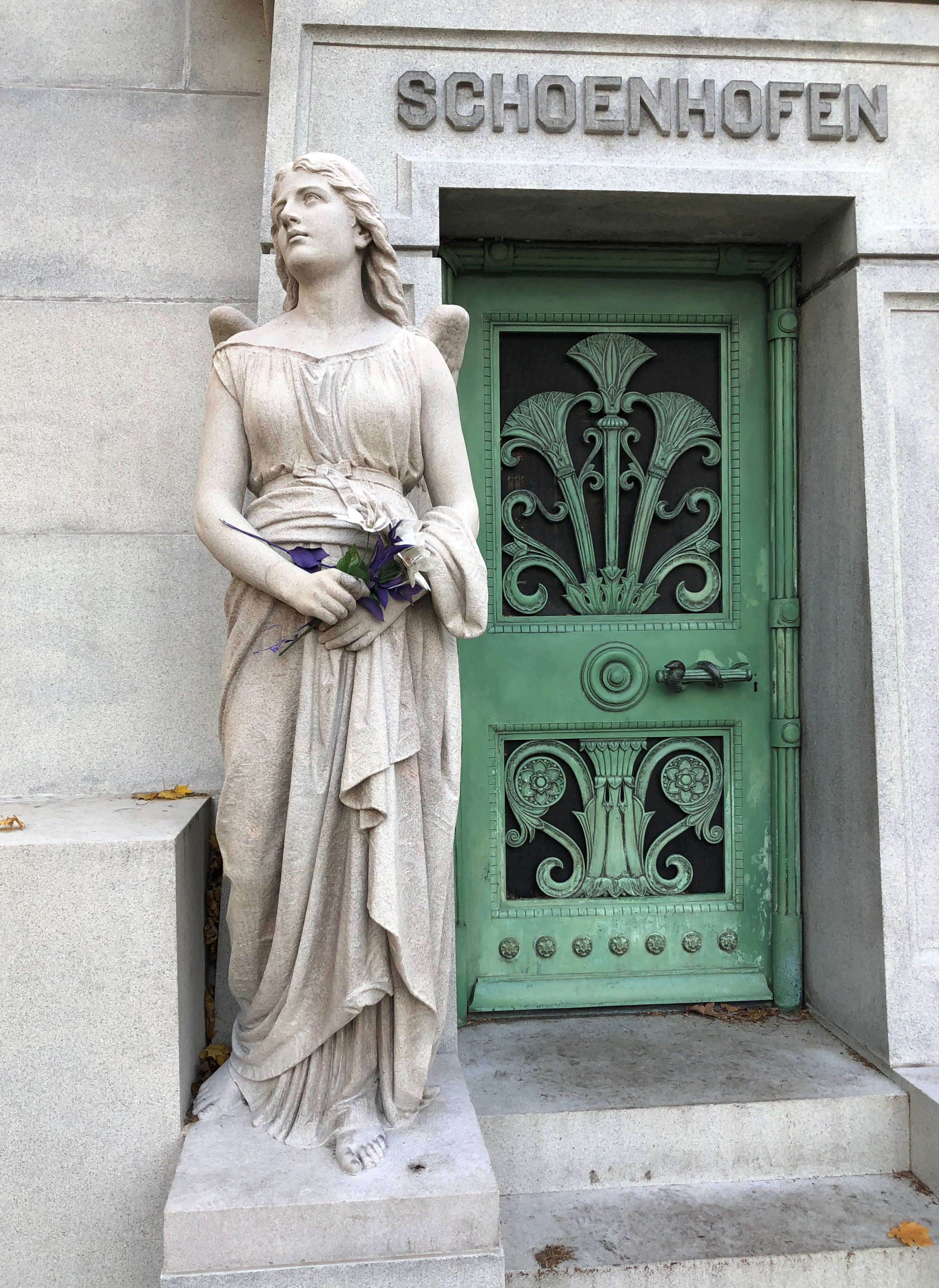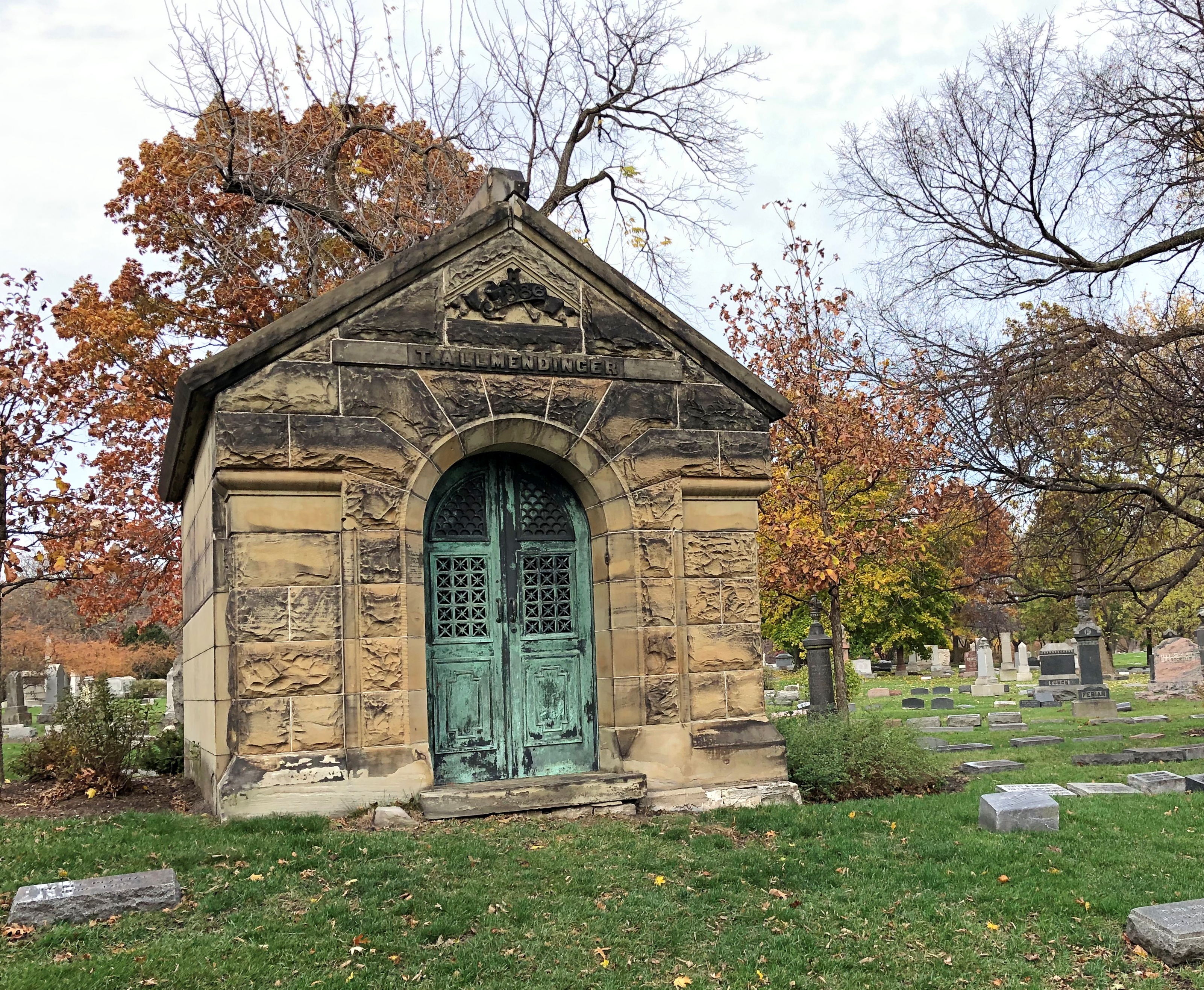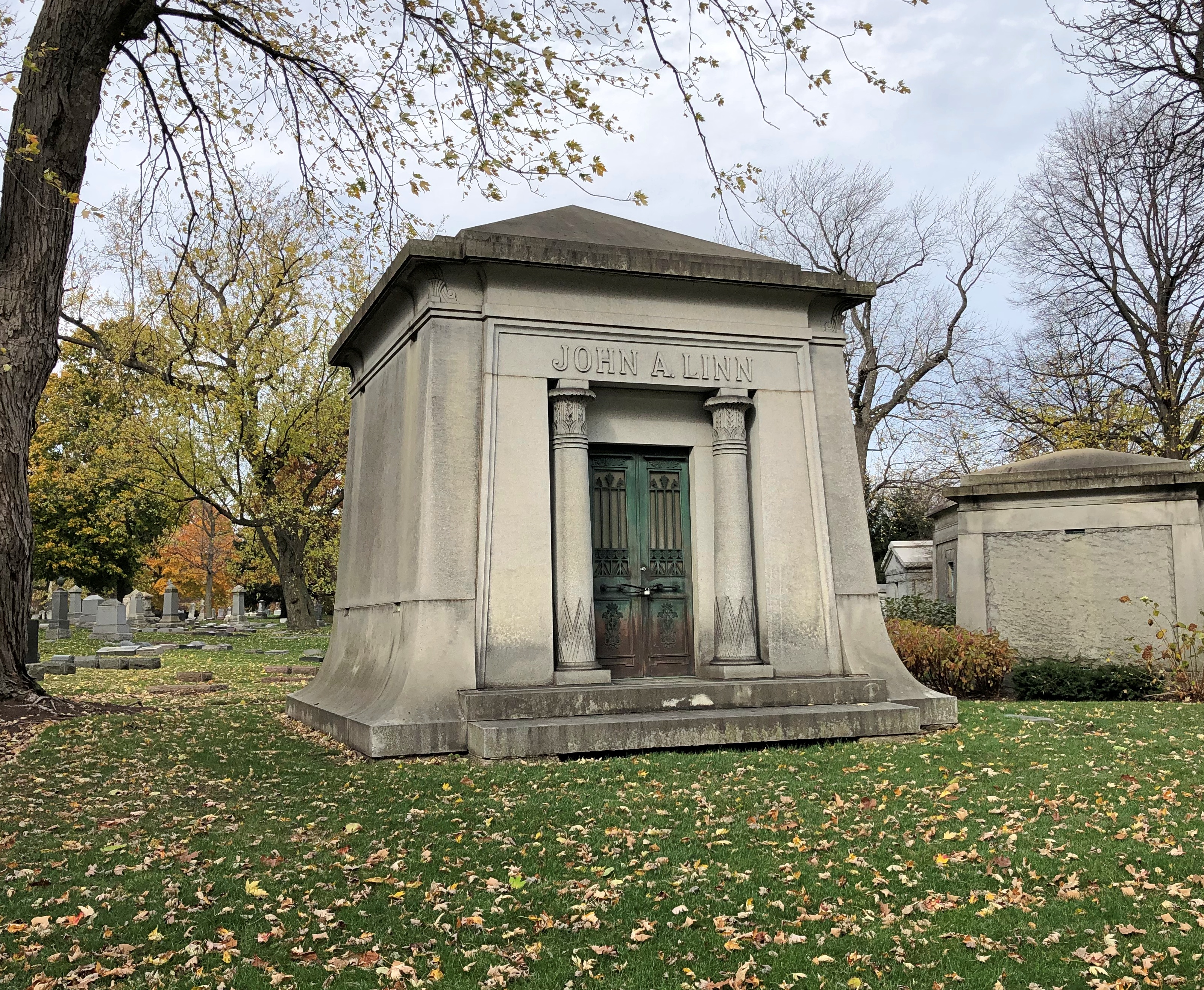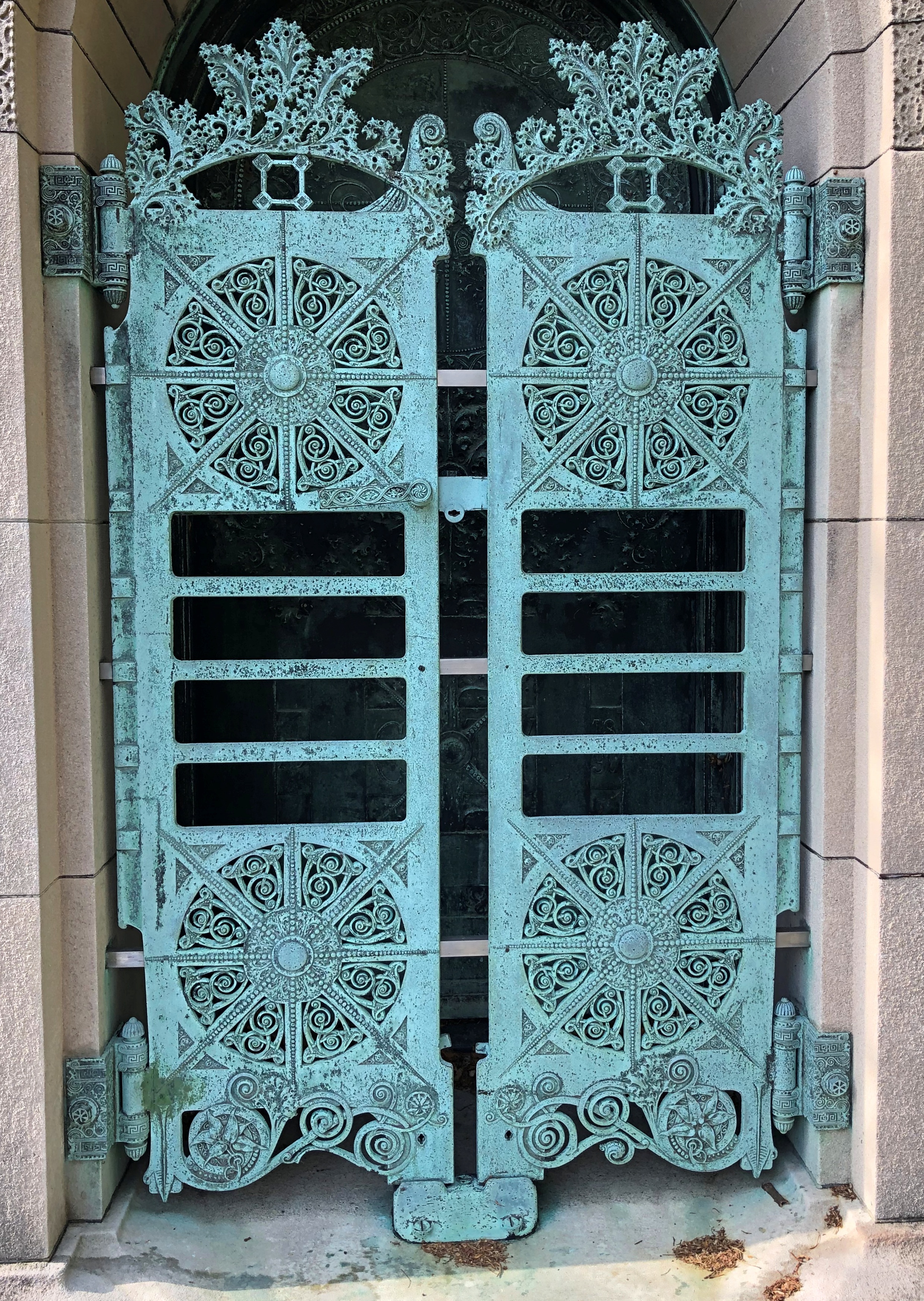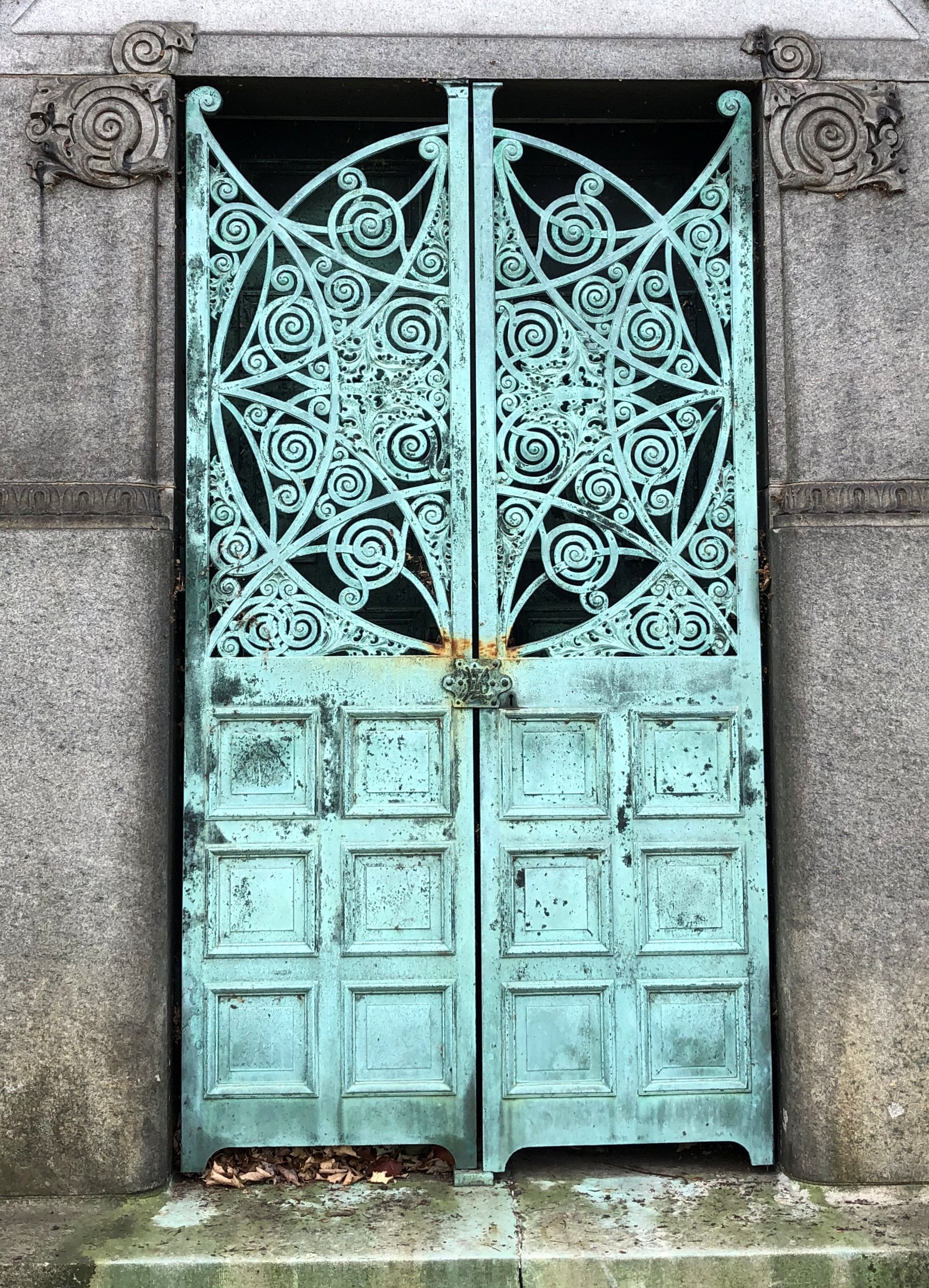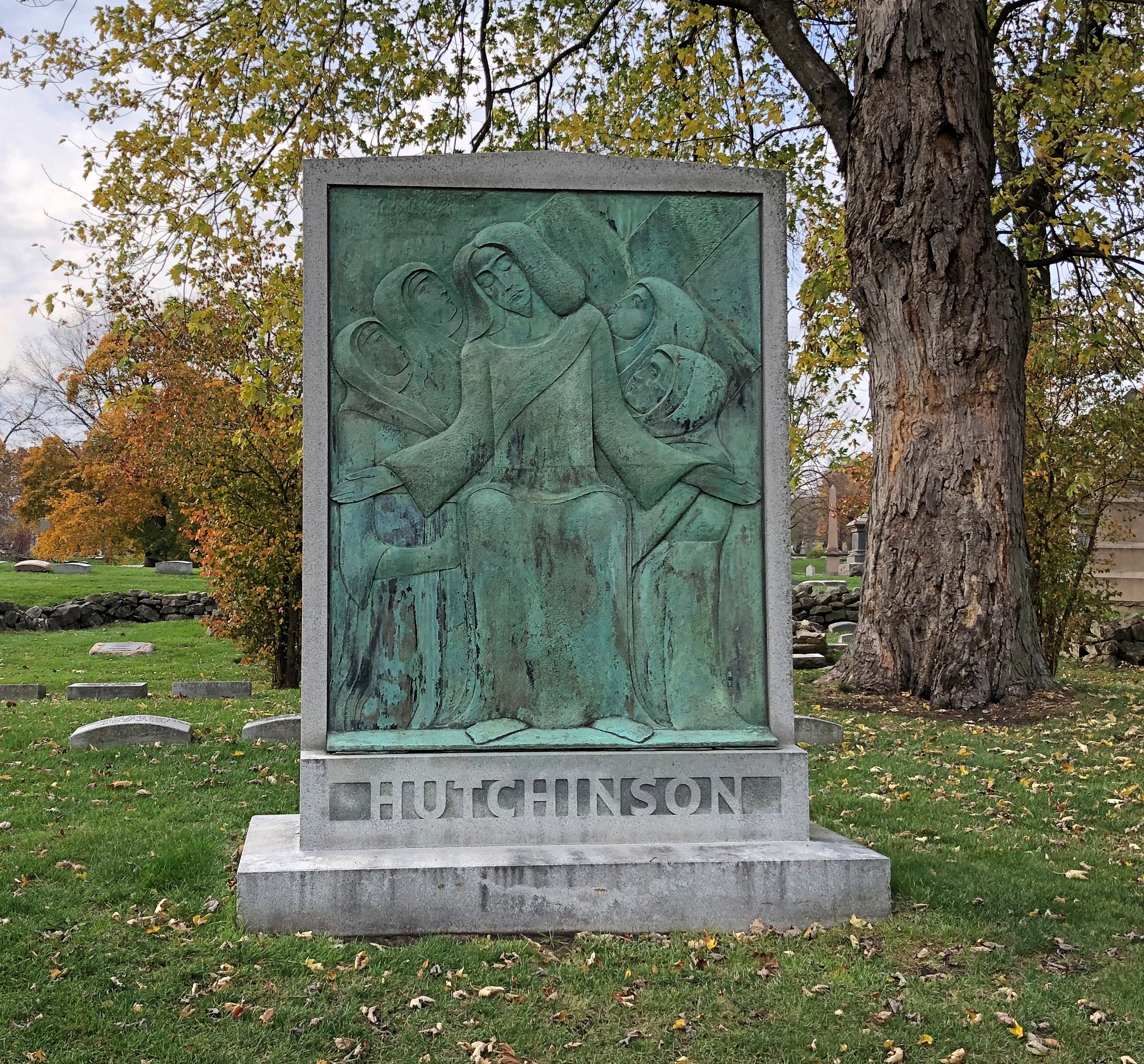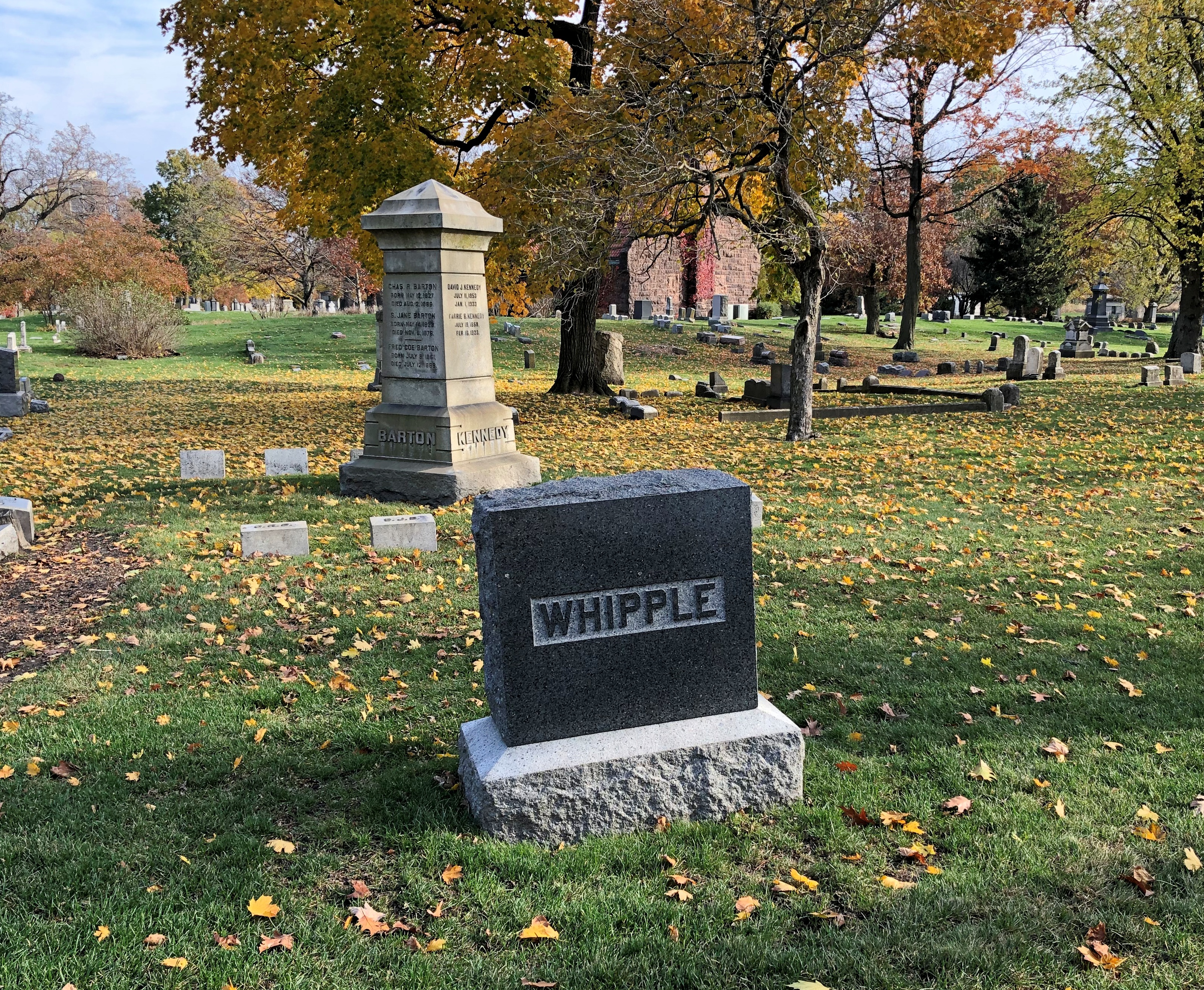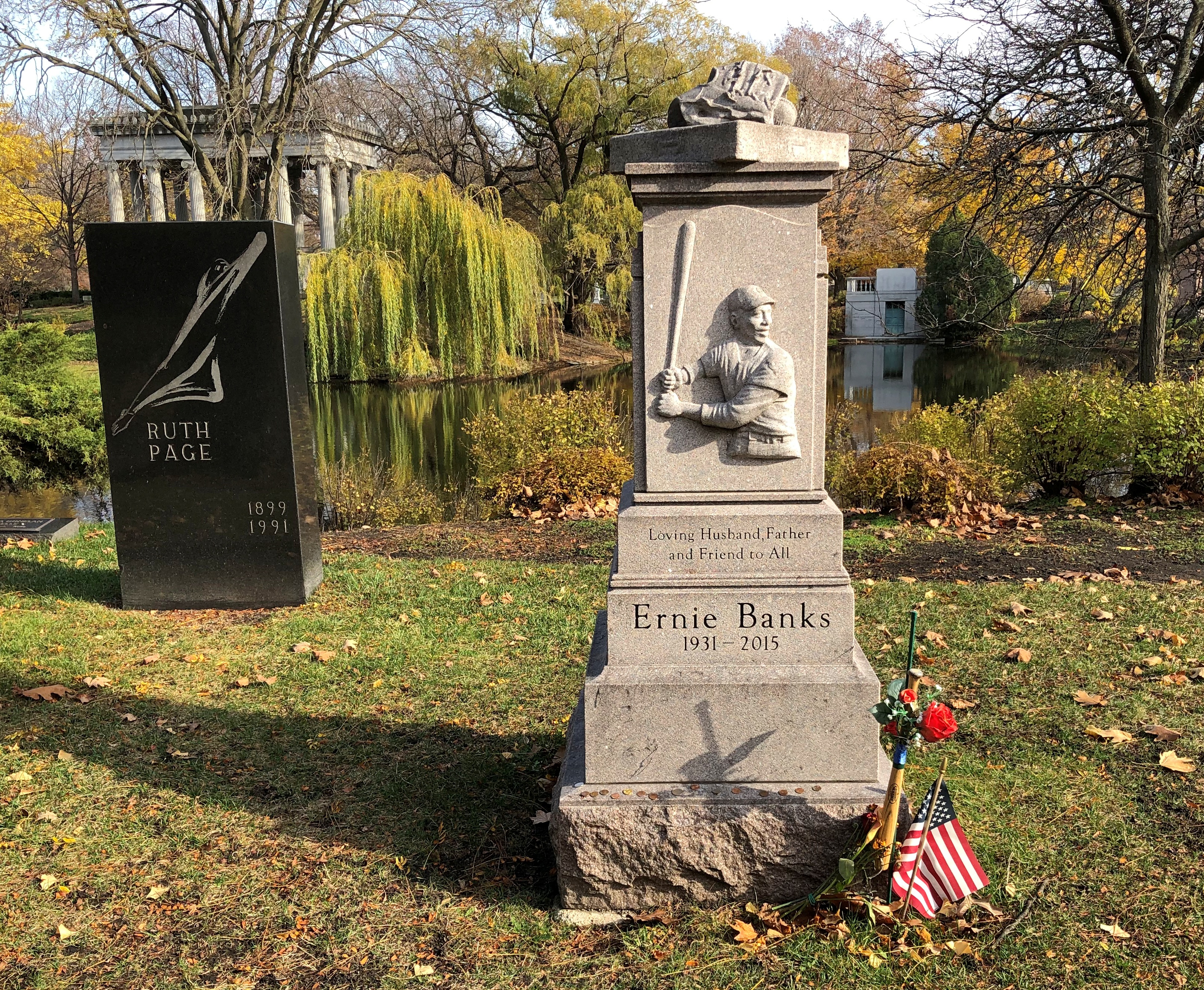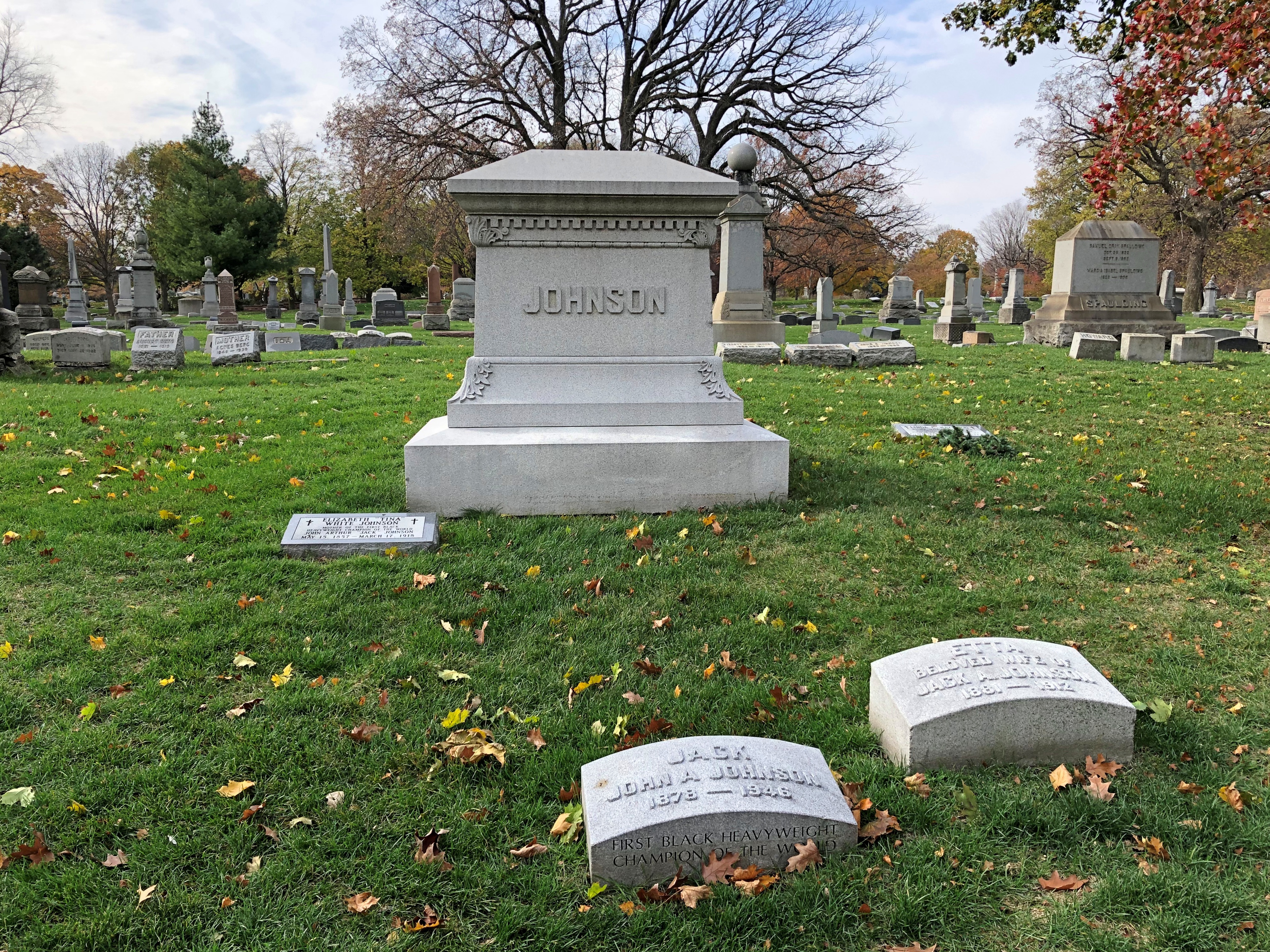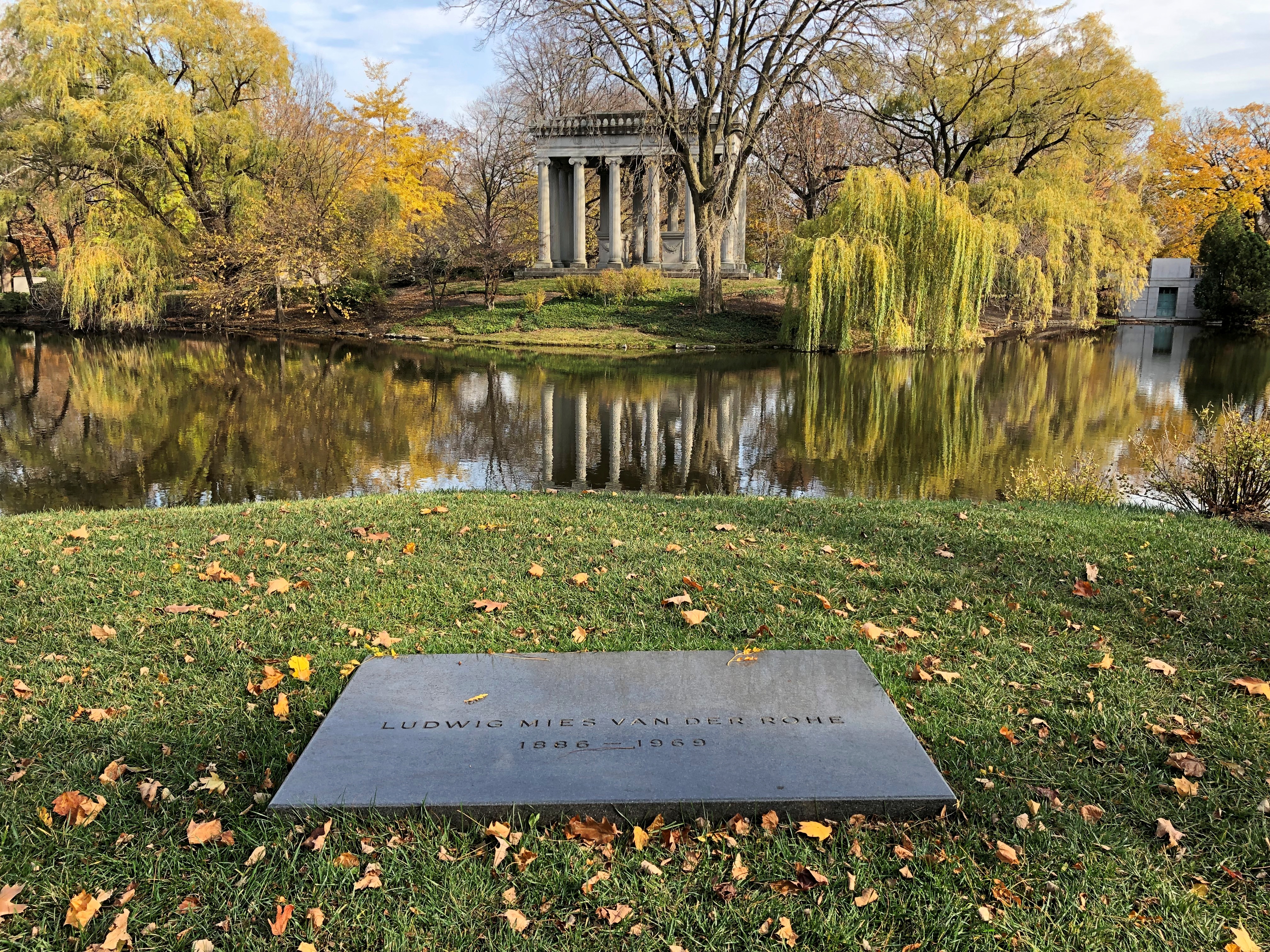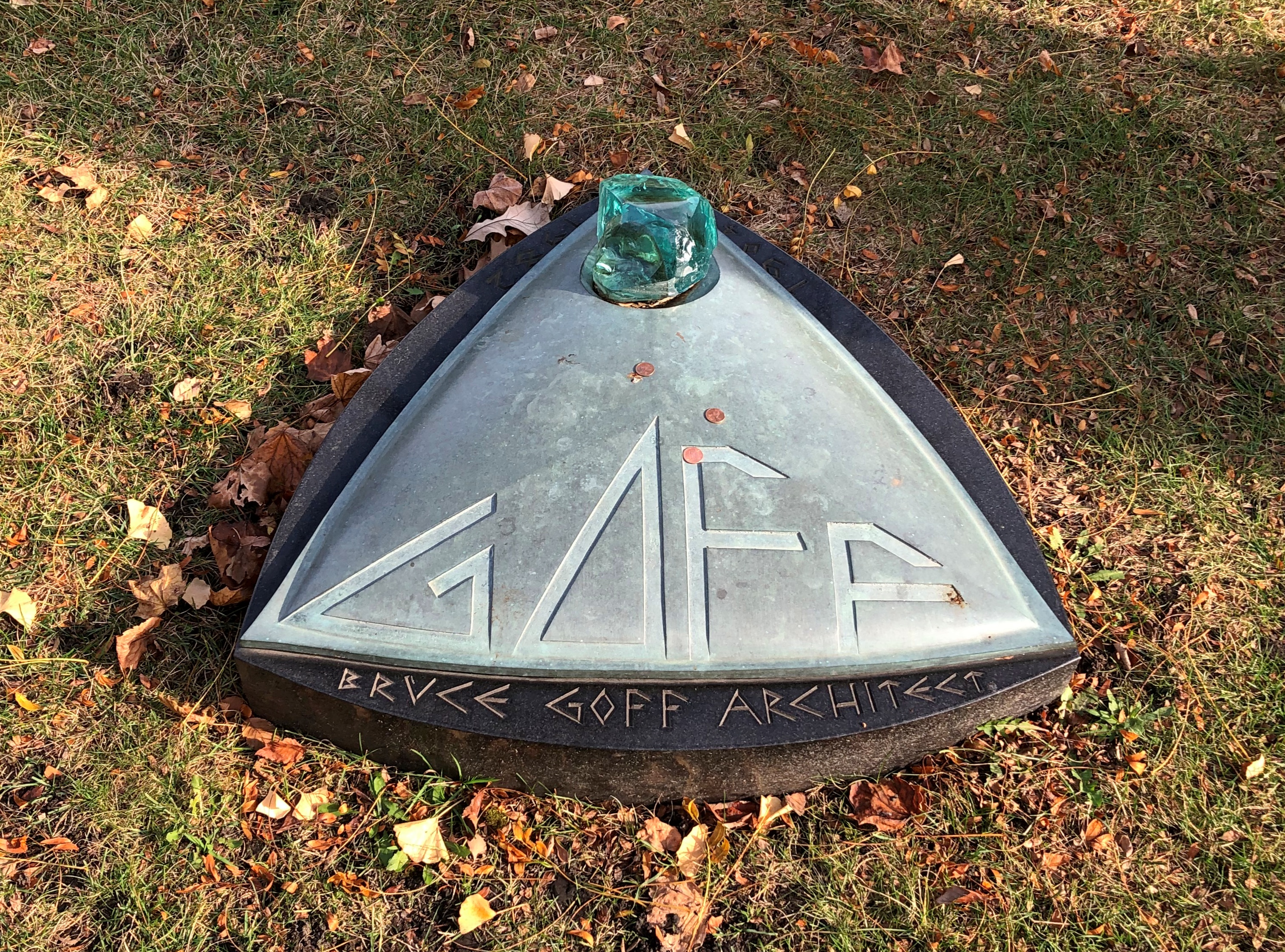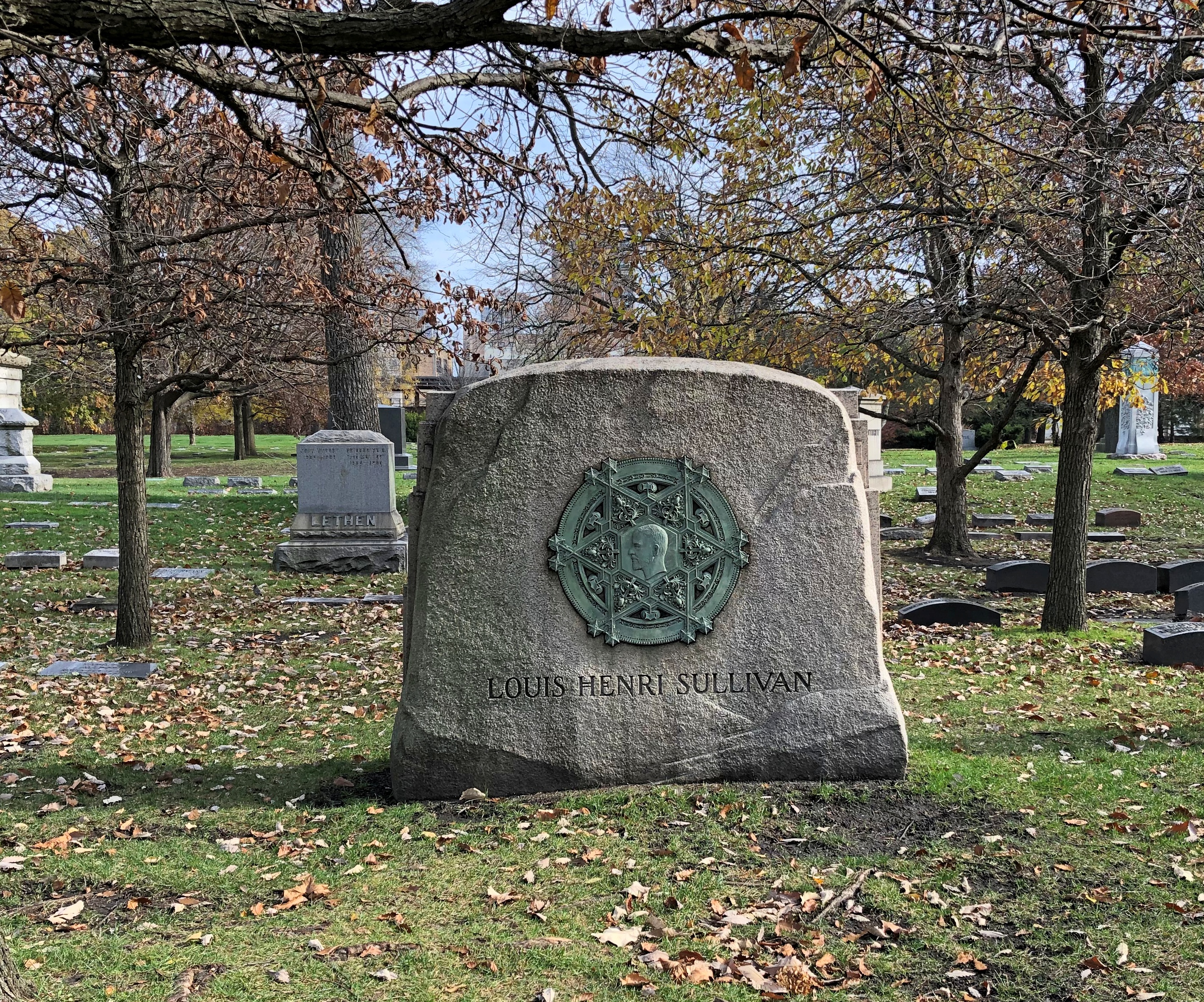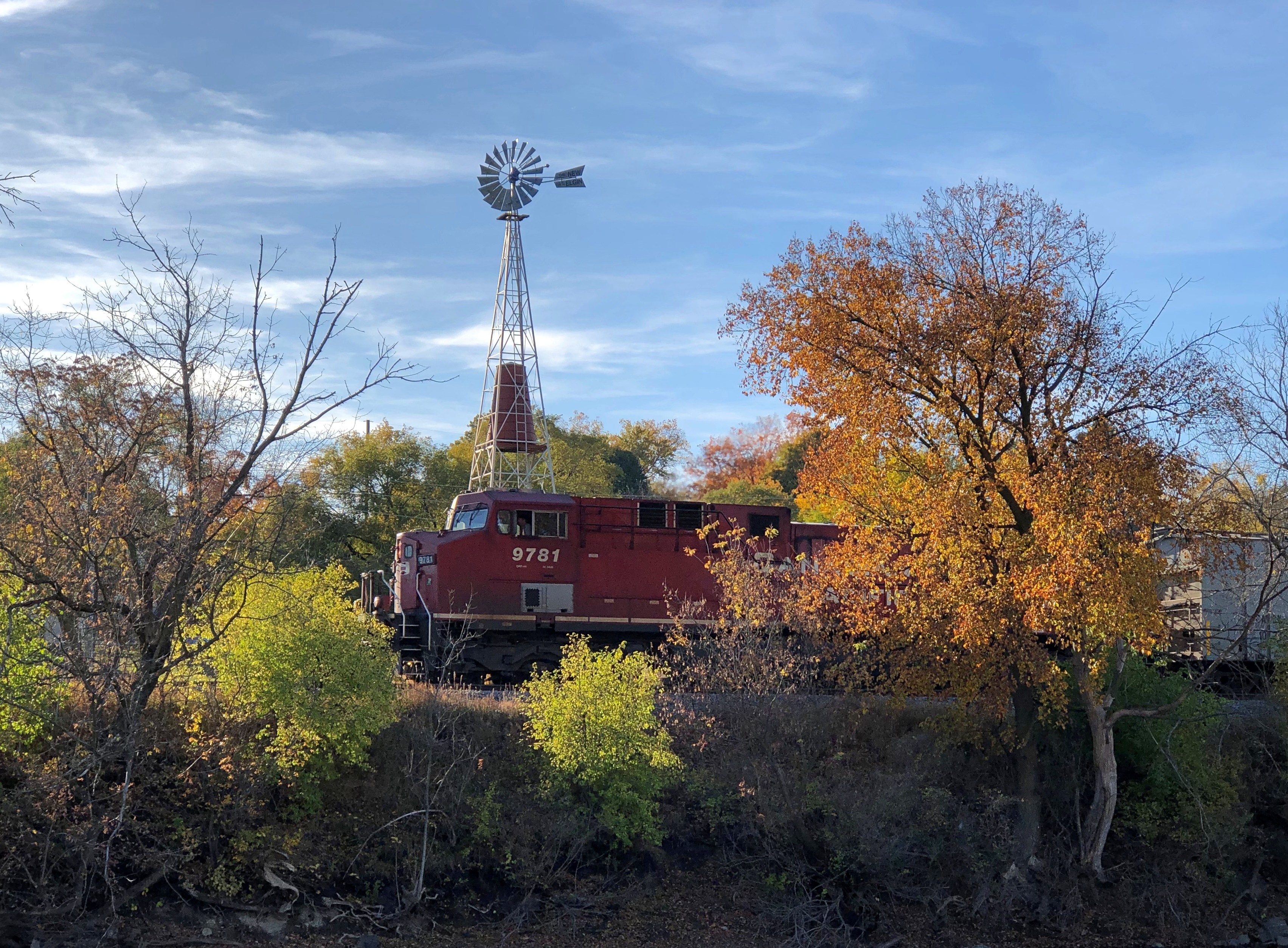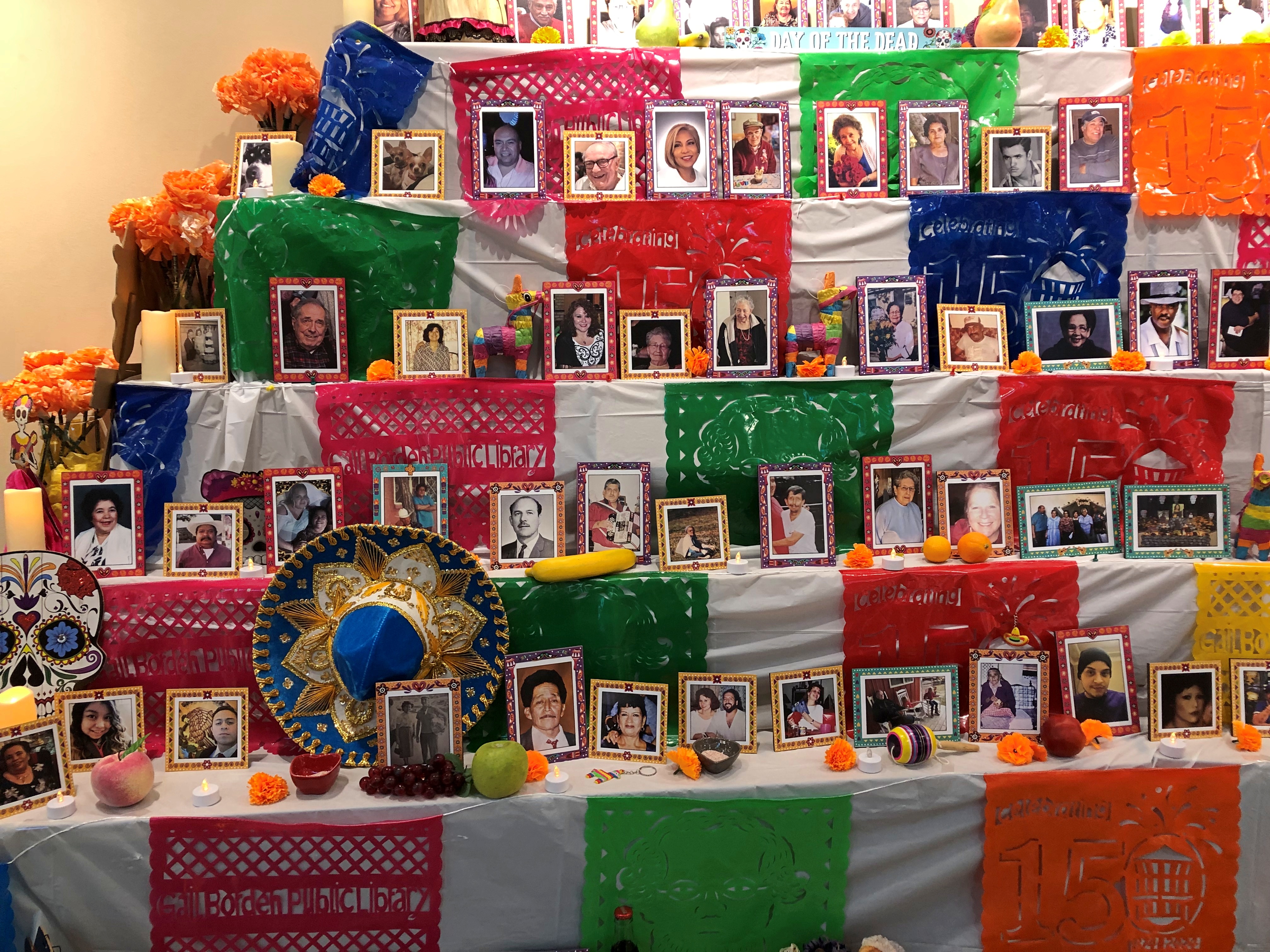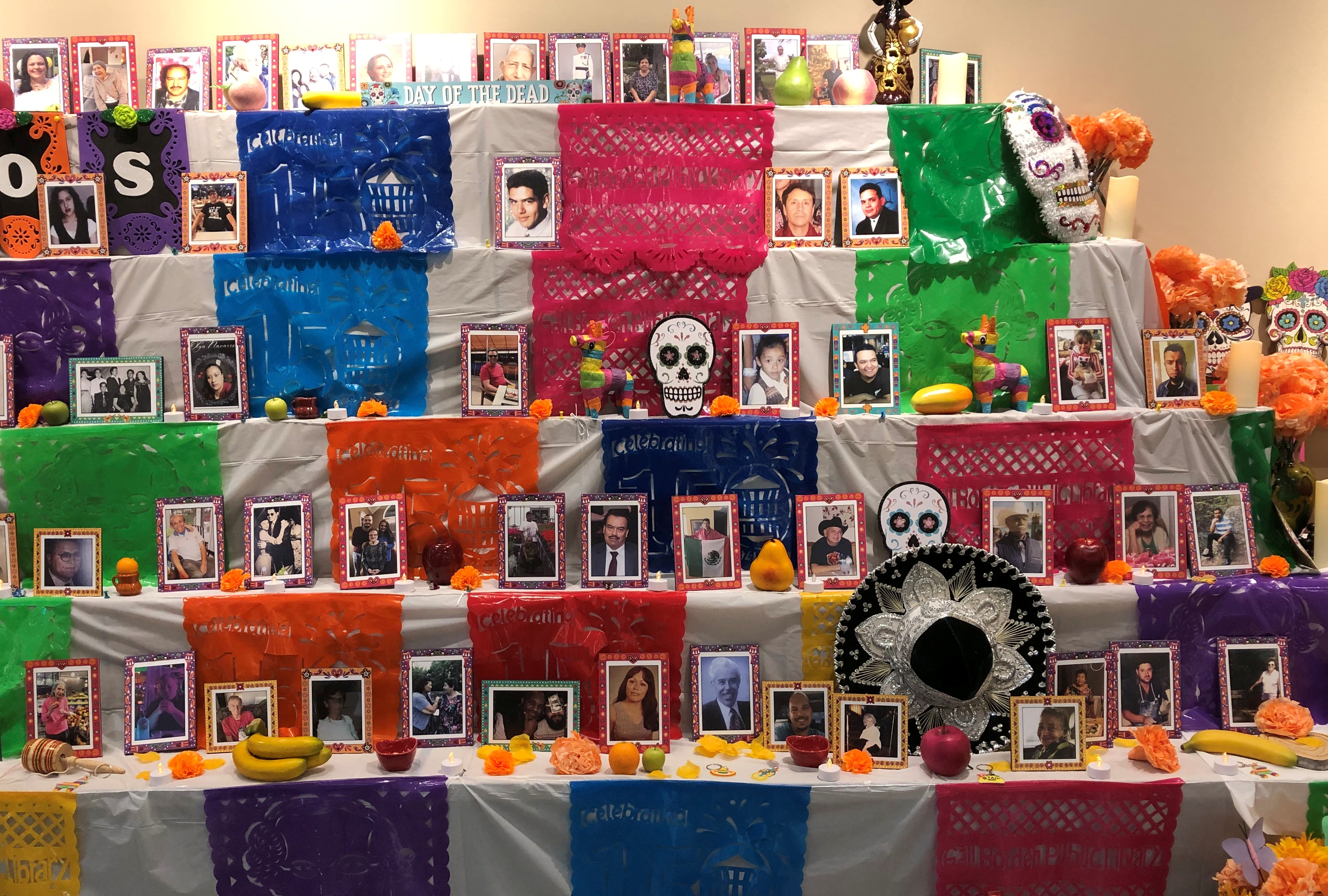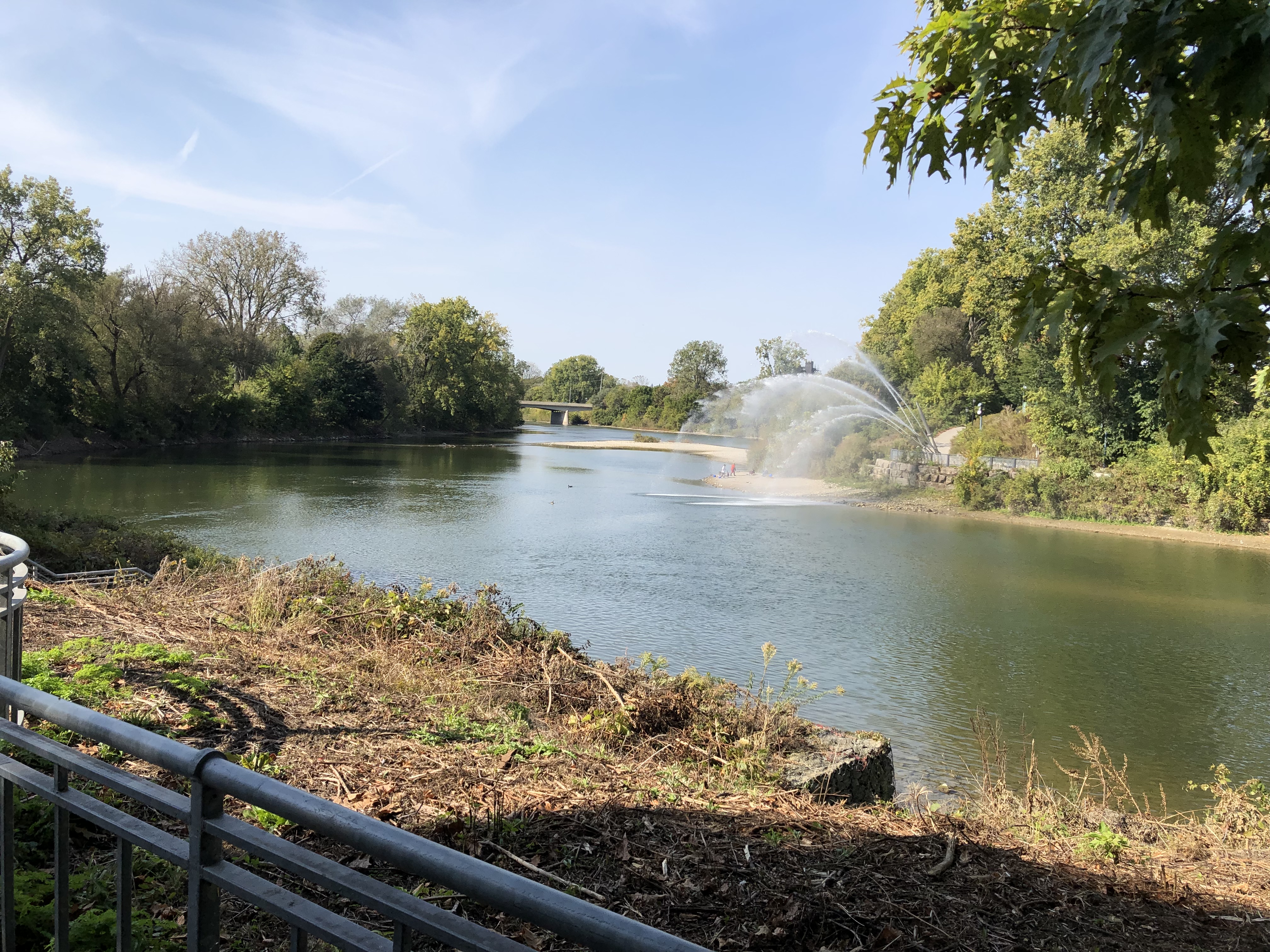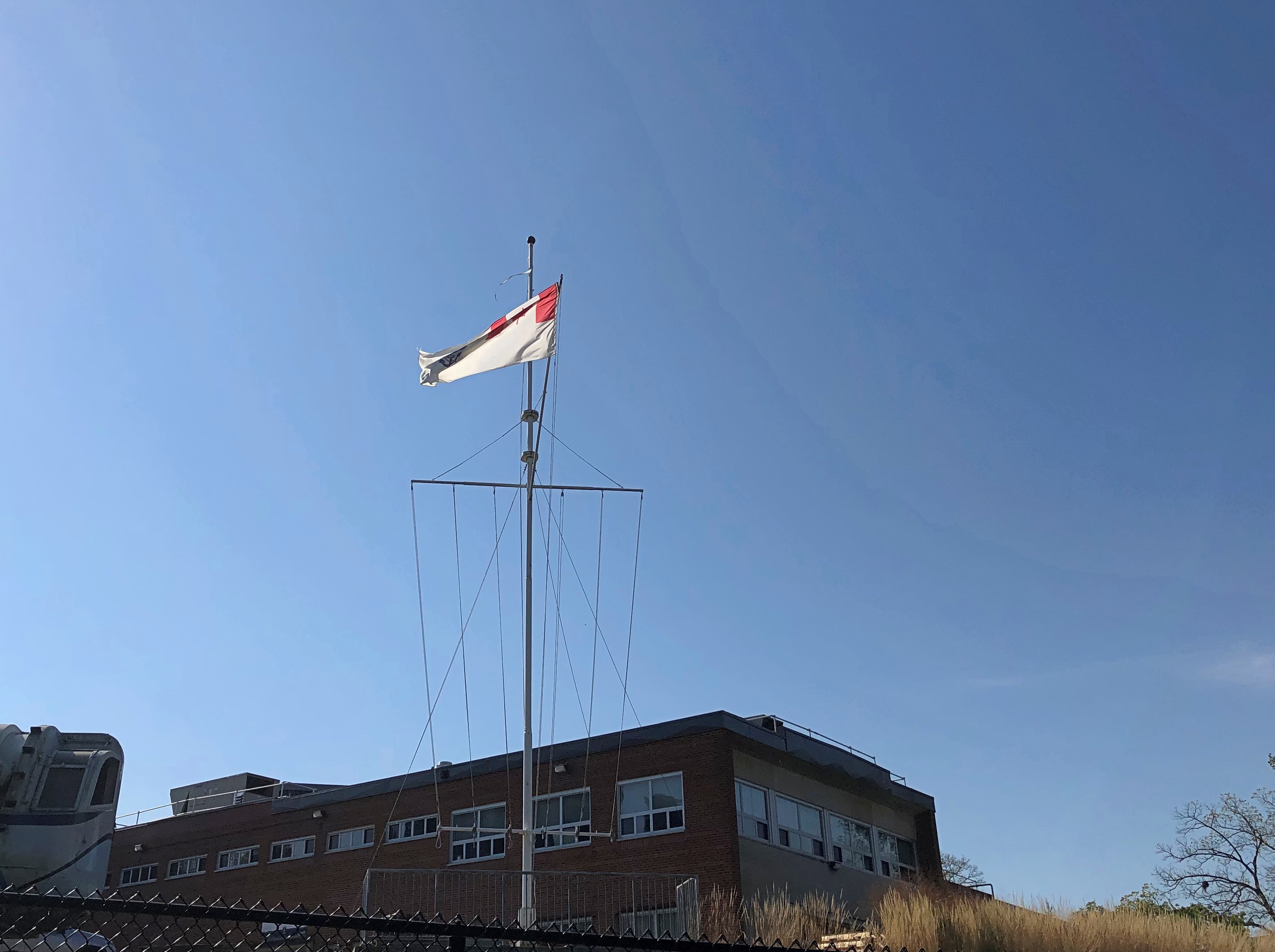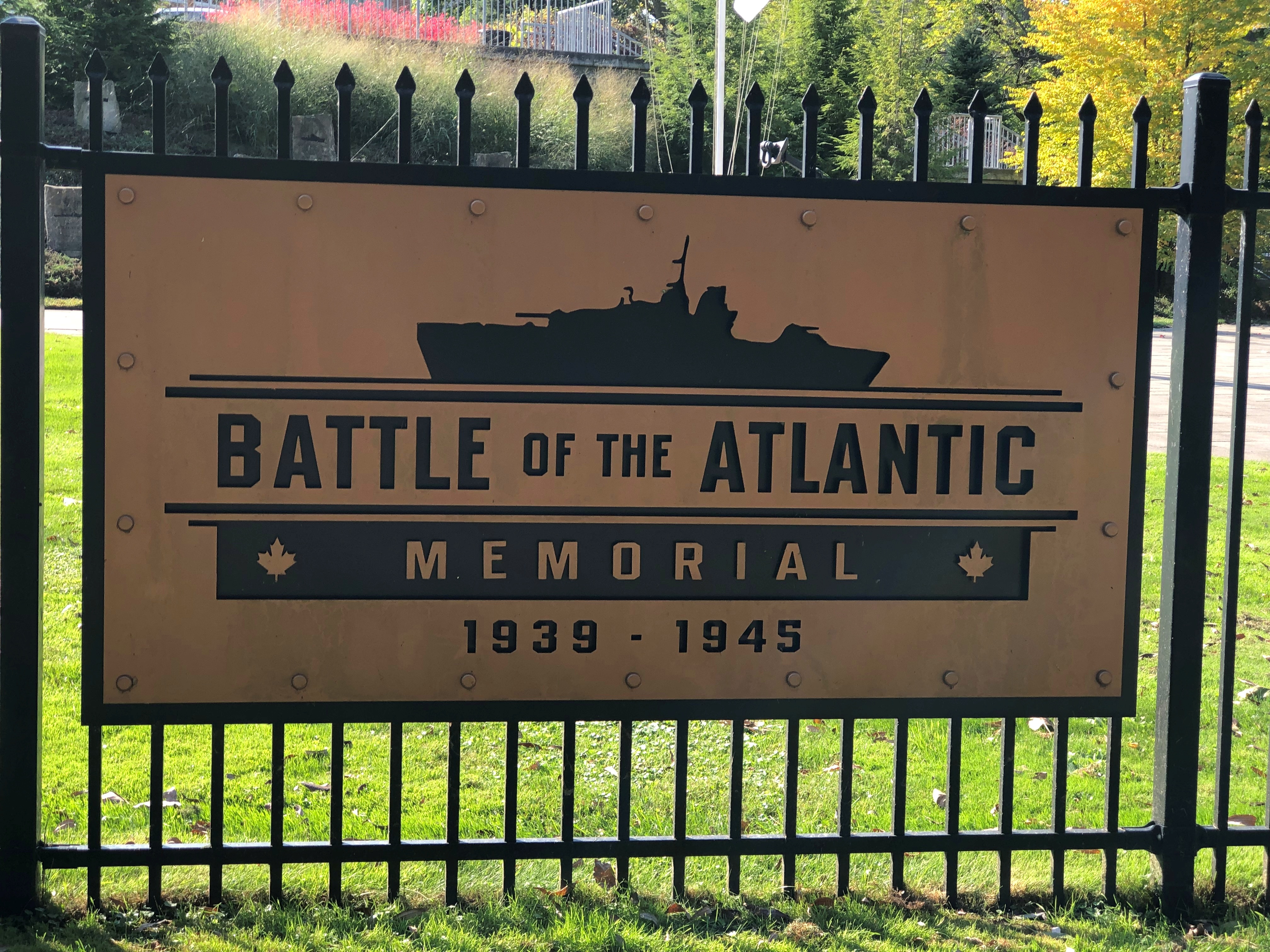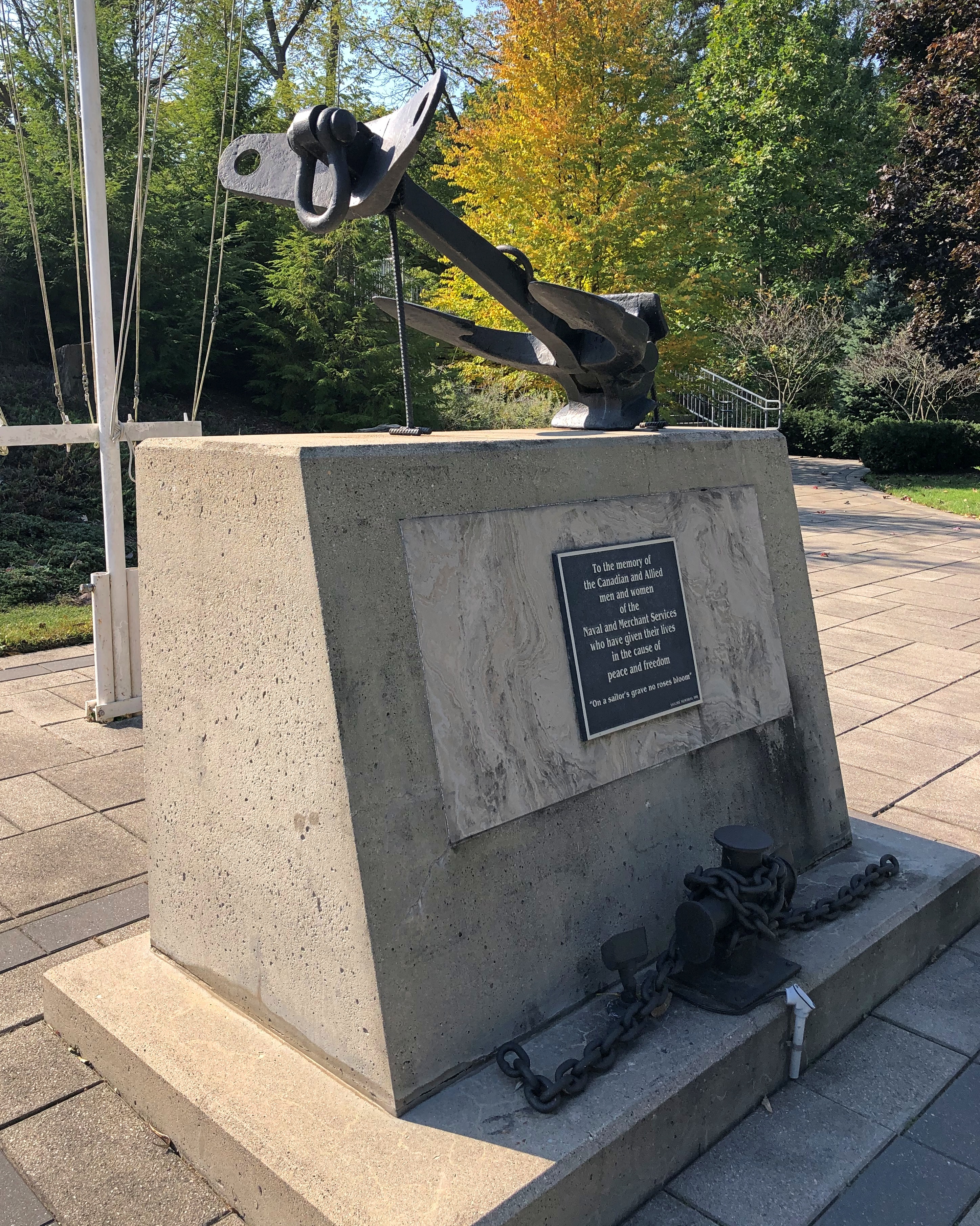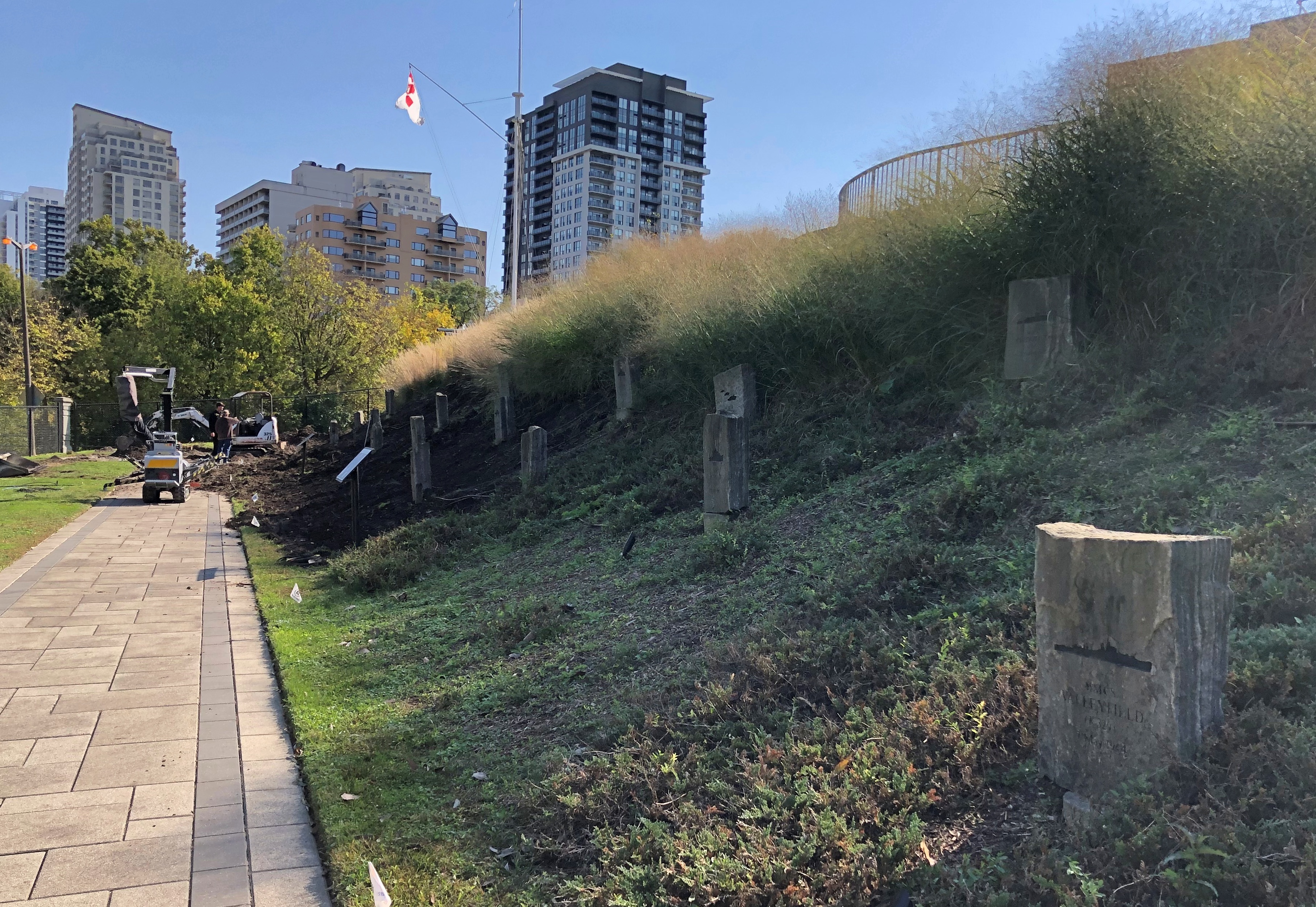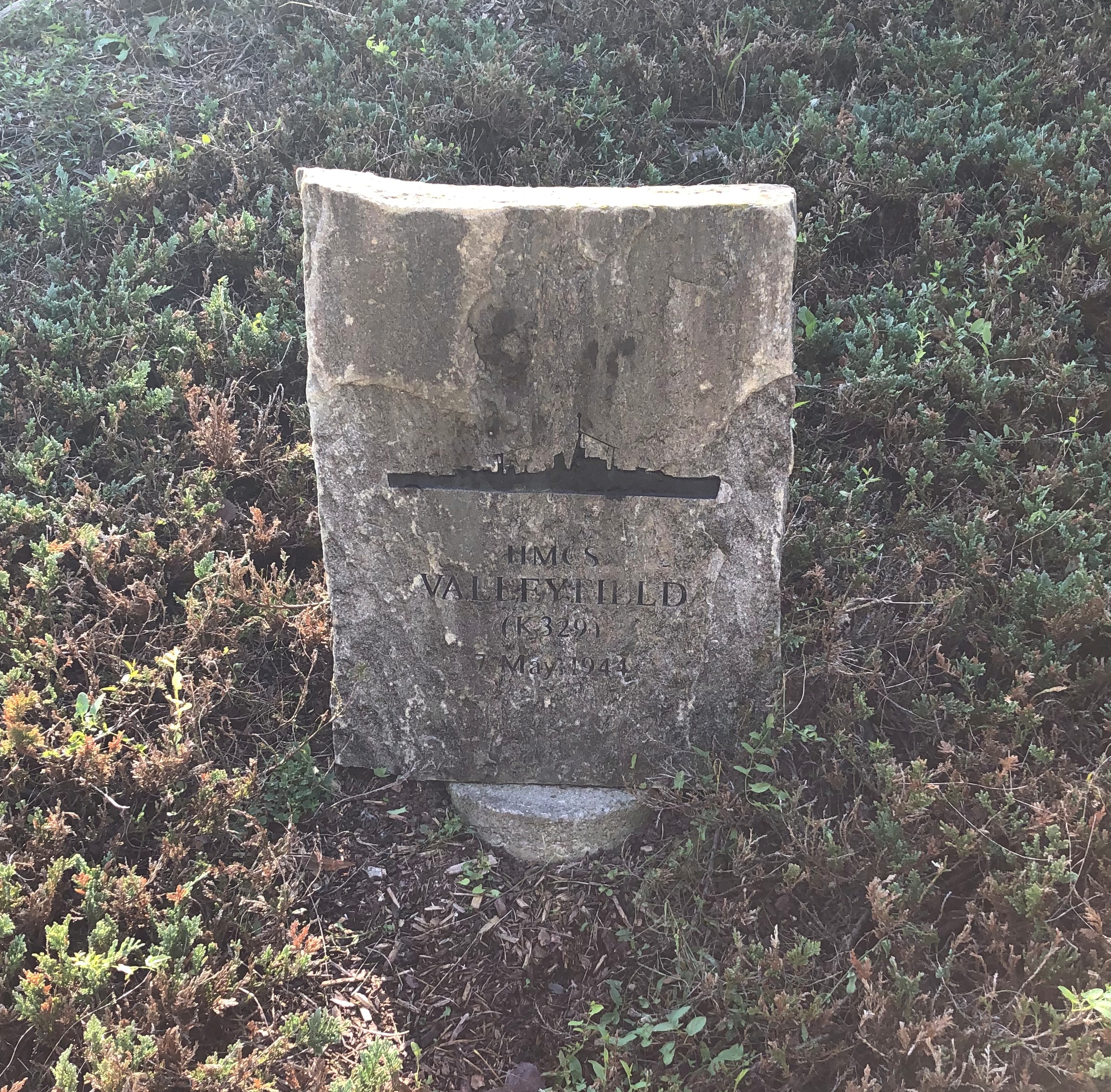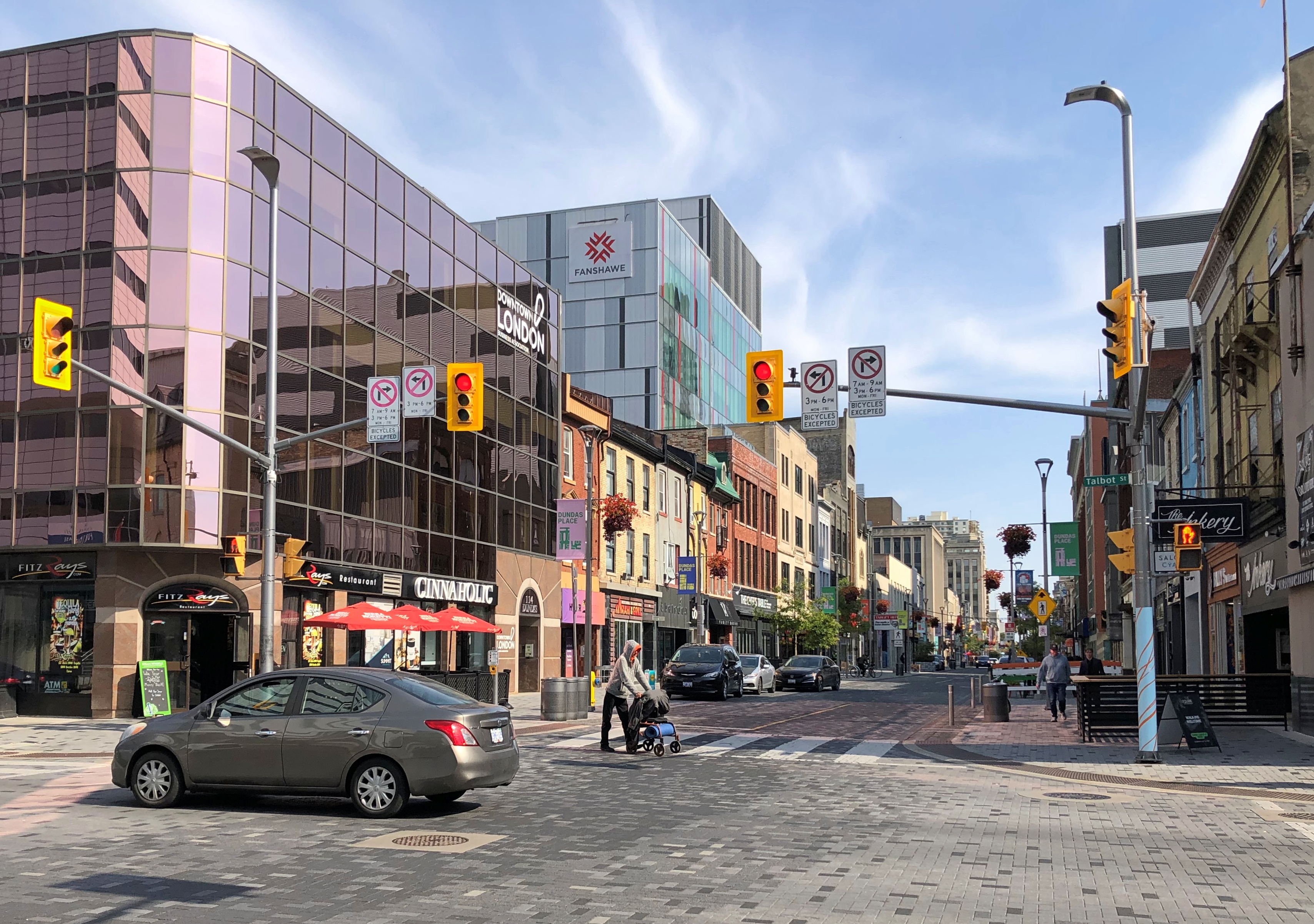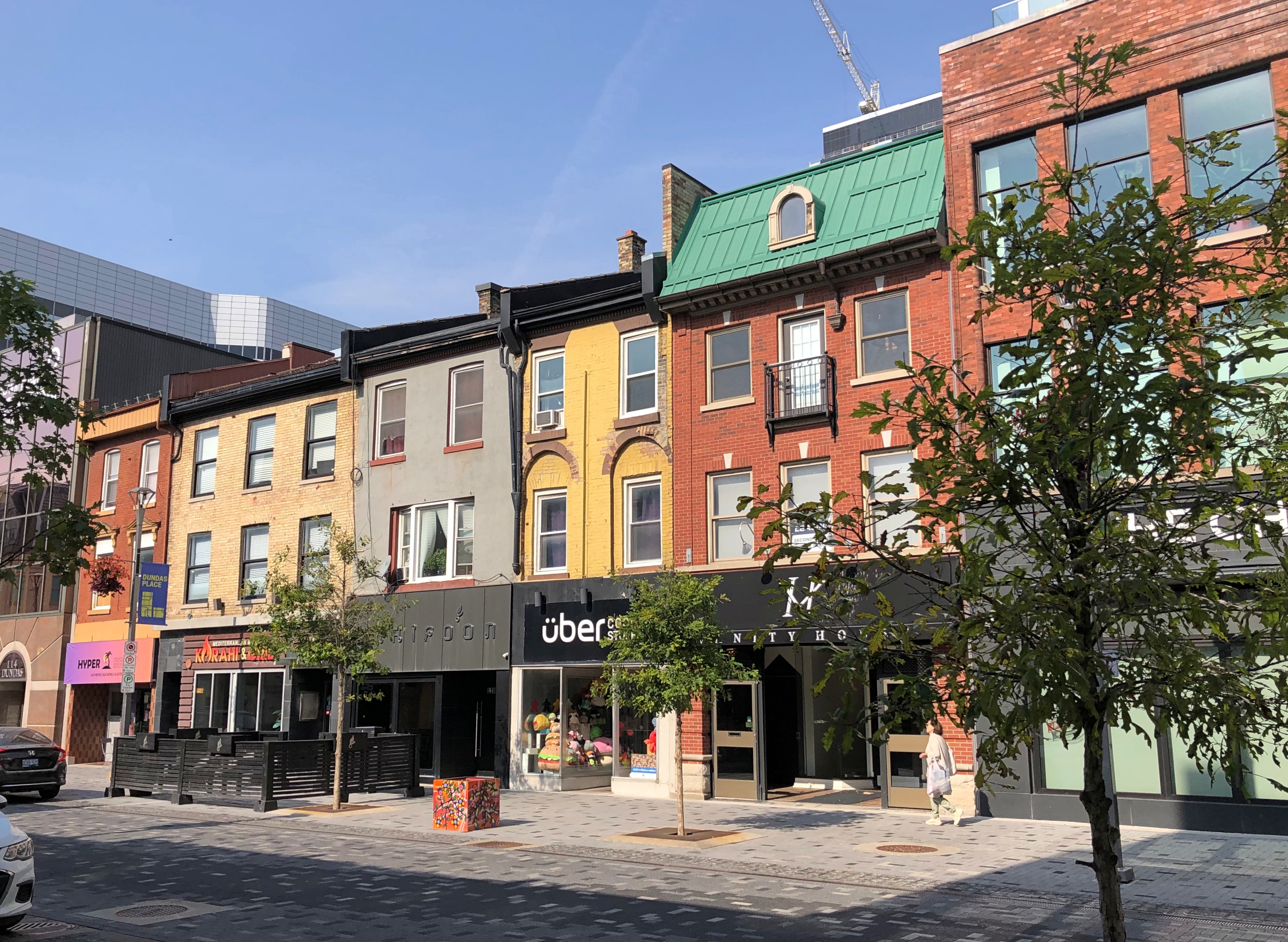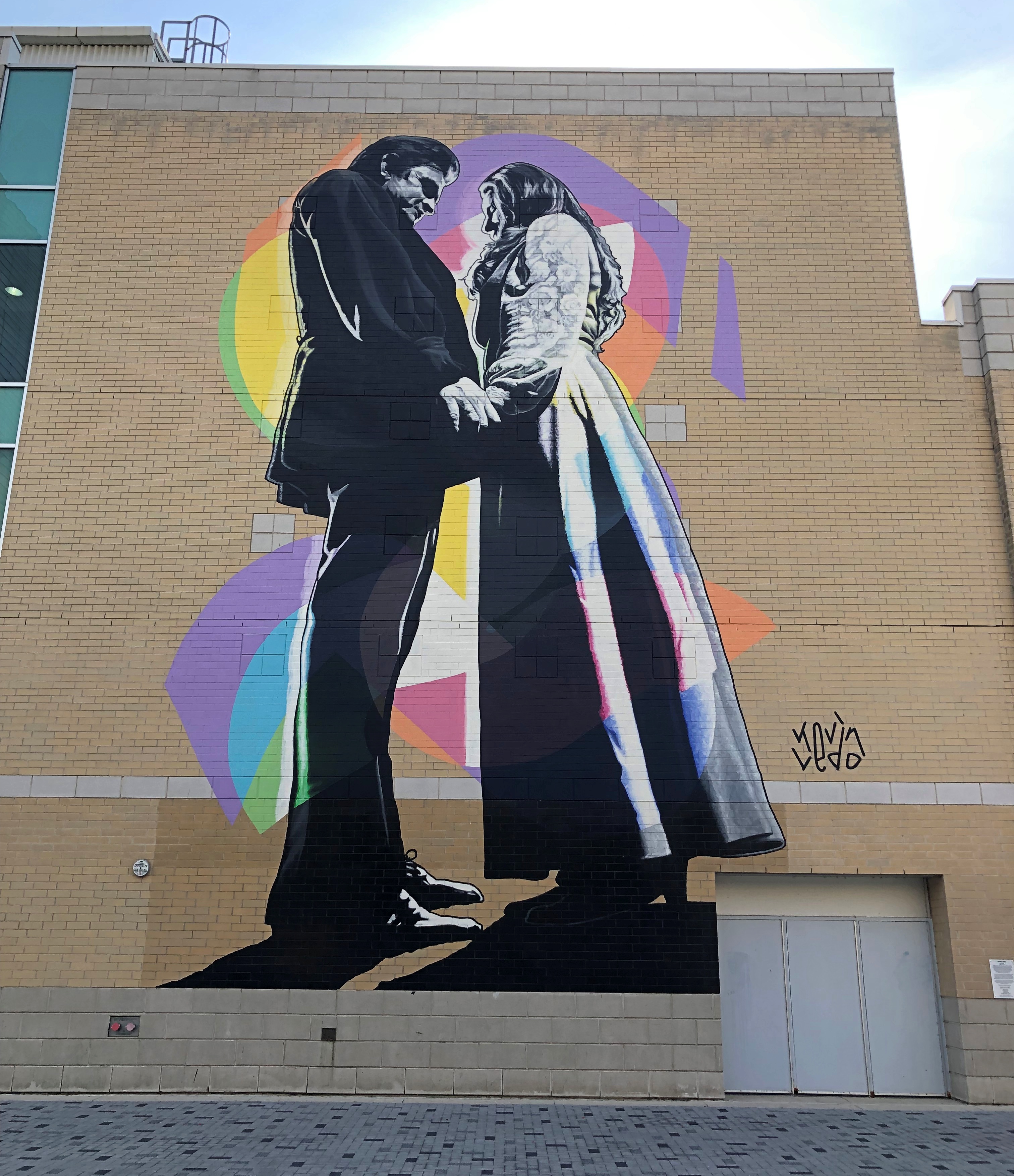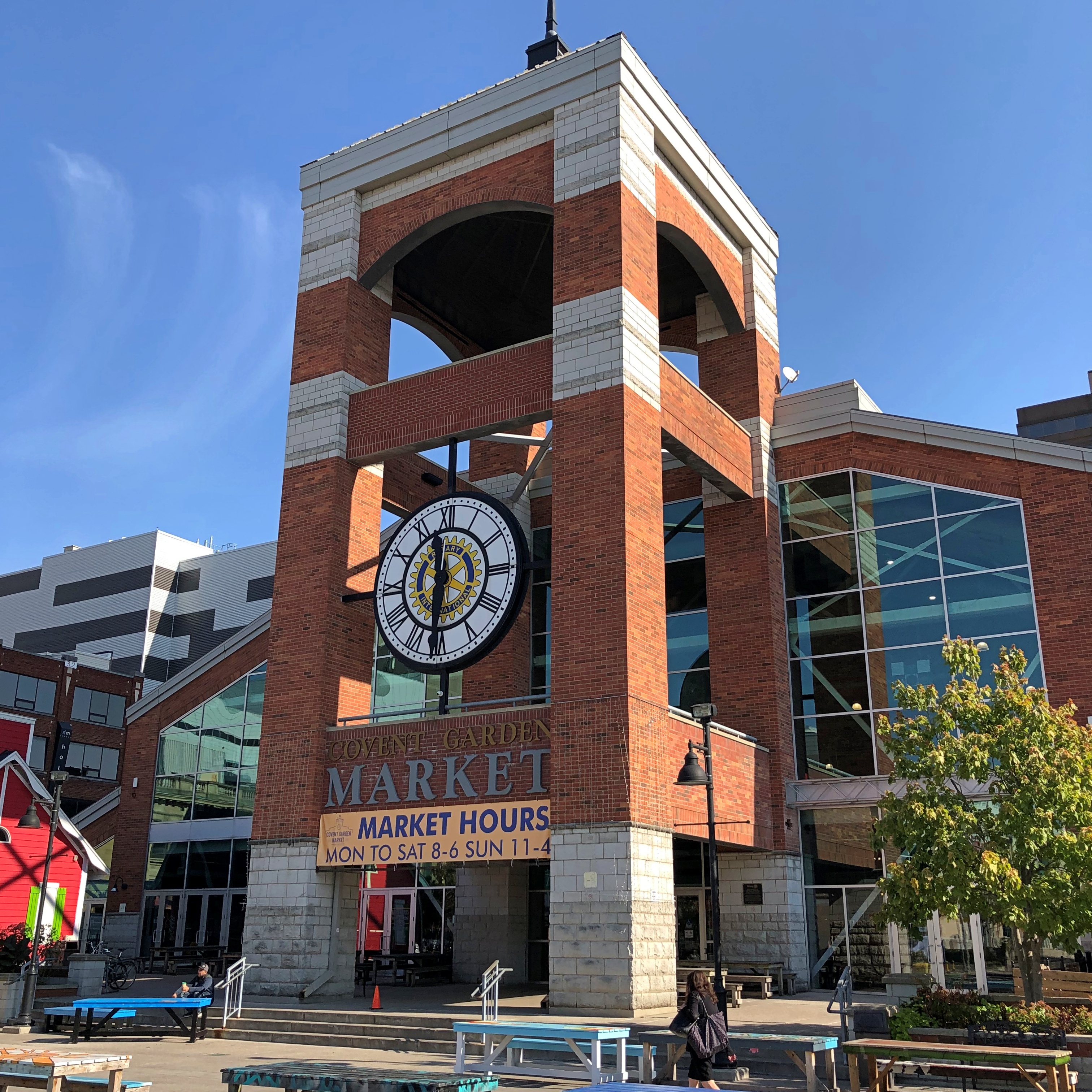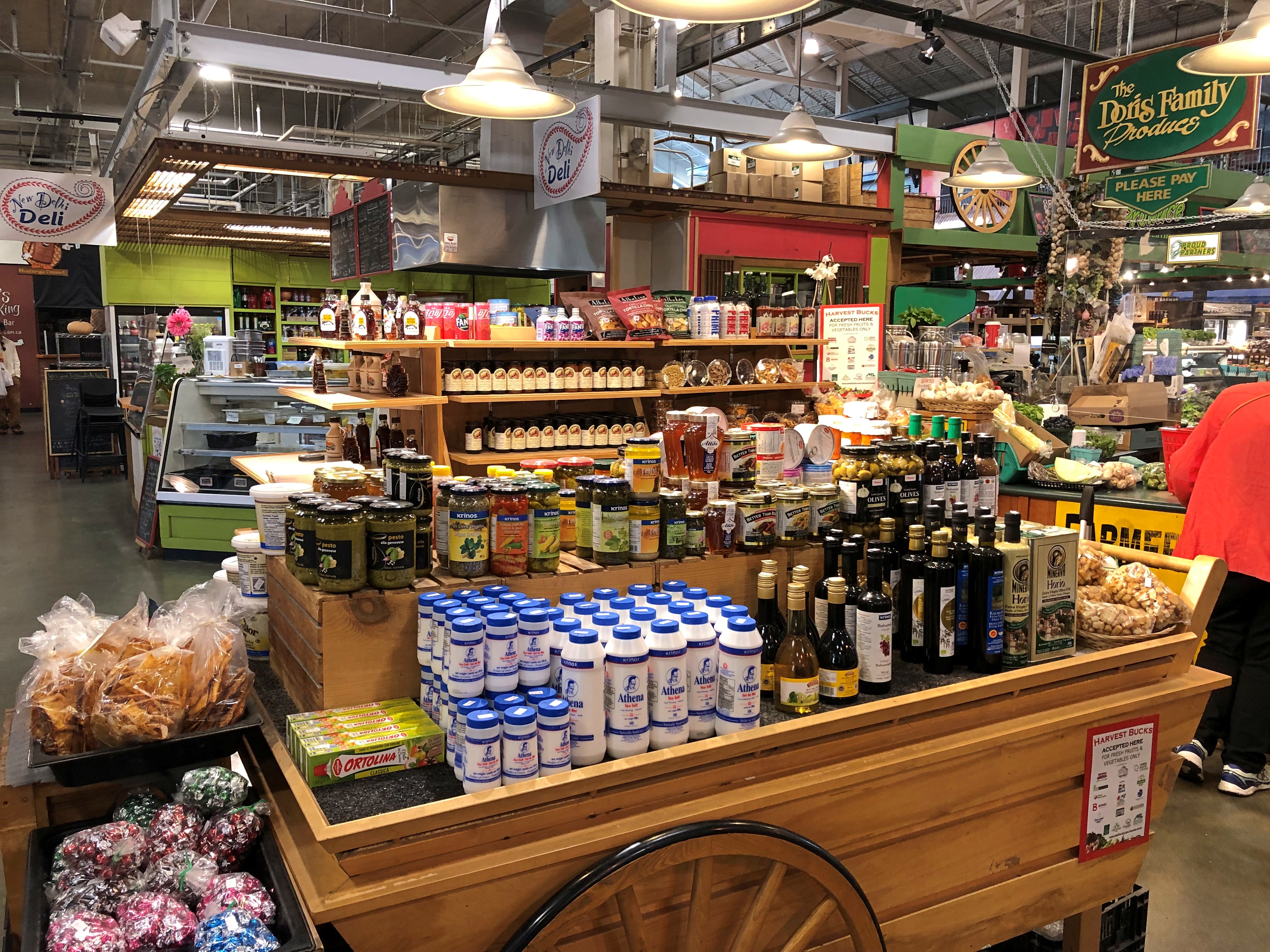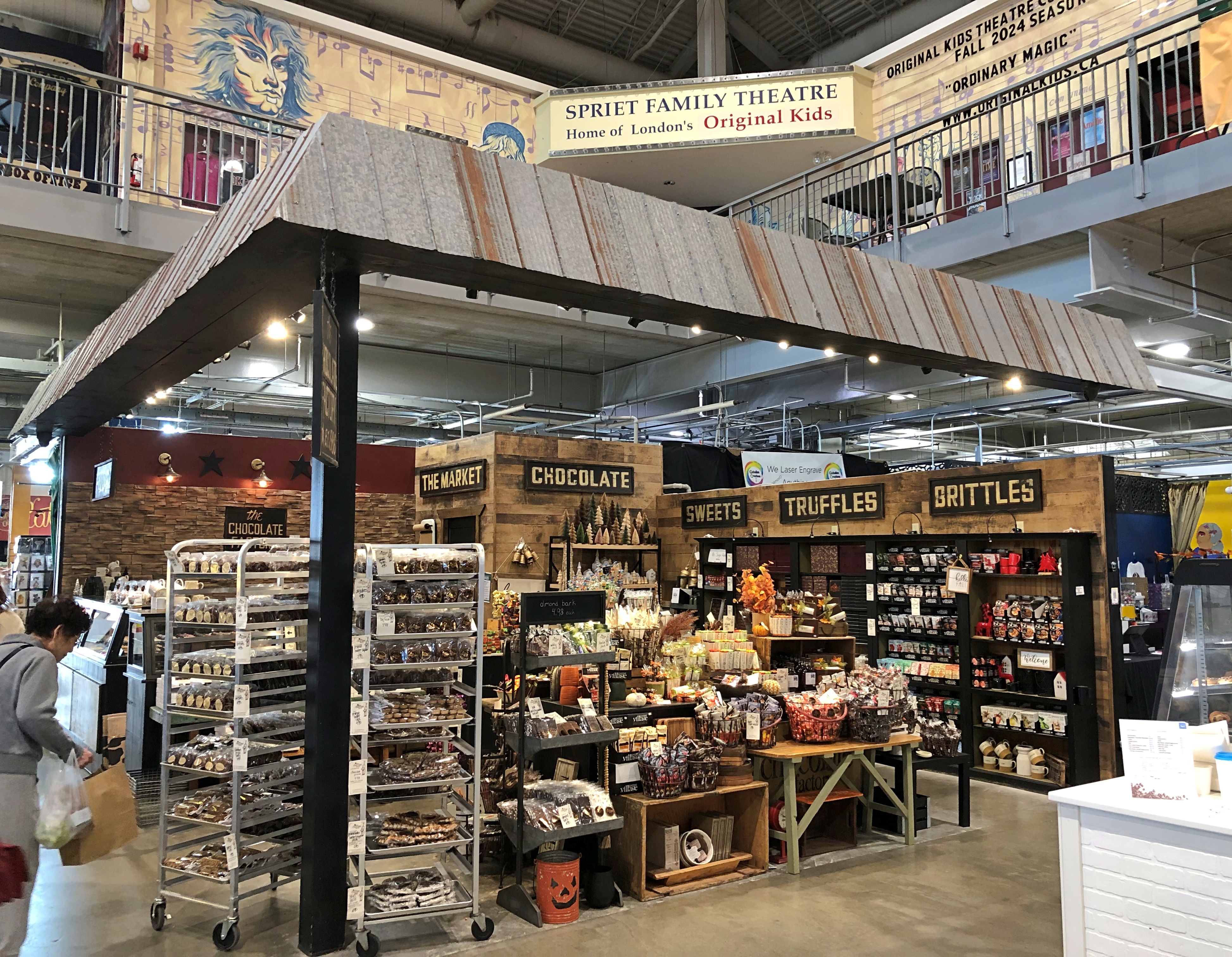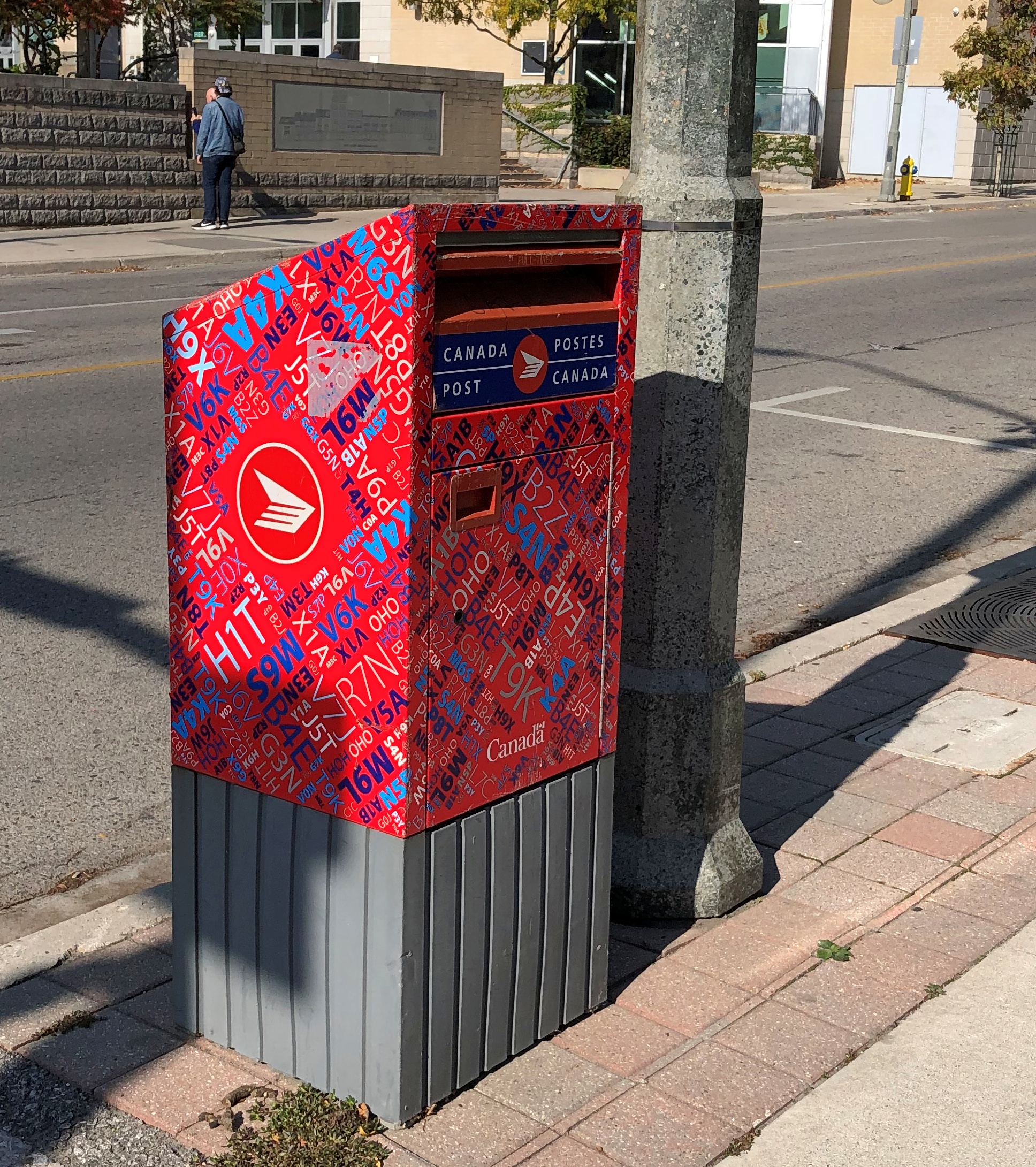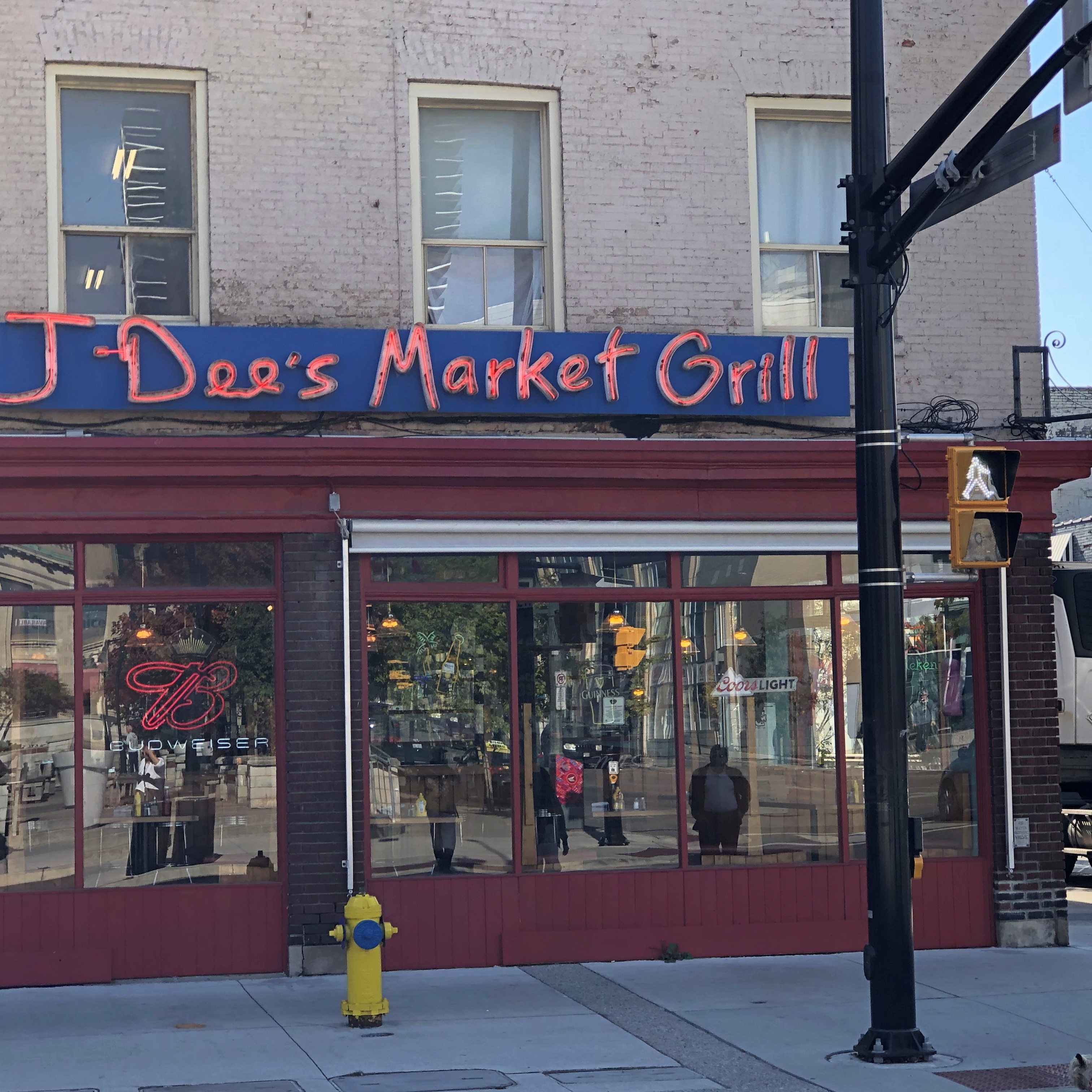Our driver in India, who took us around to places in Delhi, Agra and Jaipur, seemed like a good fellow, but it was hard to say for sure. He was perhaps a decade or so younger than us, so none of us were youngsters. He had less hair than I do – and indeed might have used some of his tip money one day to have most of what little he had shaved off – and less stomach, but not none. Even in modern India, I take that as a sign that he has done reasonably well in his job driving foreigners around, though probably not well enough to ever to be a foreigner himself somewhere.
We of course have no Hindi, and he had only enough English for basic communication about stopping for meals and destinations, and to exchange other bits of other biographical information, such as his status as a father of five, and ours as parents of two. Riding on the dashboard, looking back at the driver and the passengers, was a colorful image of a deity. I didn’t ask him about it, but after some thought, realized was probably Lakshmi, the goddess of prosperity and fortune, among other attributes. That would fit for your place of business.
He typically would receive two sorts of calls, which he answered in what I assume was rapid-fire Hindi. One kind from his boss – the fellow who rented us the car and driver, and who had a salesman’s command of English – probably asking where we were and, for all I know, where we were going to stop for lunch that day; all I can say about that is I hope the driver got a cut, because his boss surely got one. Or at least a no-charge lunch. The other kind of call involved the voice, or voices, of young women, who were pretty clearly his daughters asking for something. You don’t need a common language to understand that.
It might be just as well that we couldn’t distract him with a lot of chit-chat. He needed to concentrate on the task at hand, namely driving in urban India’s packed streets. Packed with every sort of vehicle you can imagine and then some: trucks, cars, buses, motorcycles, motorized tuk-tuks, human-powered tuk-tuks, bicycles, scooters and other moving thingamabobs, horns blowing and each edging around the other in a tide that sometimes moved and sometimes didn’t.
When there was no motion for any more than a short time, beggars would appear in amazingly short order, and so would merchants toting their wares: one that stood out was at a jam near one of Delhi’s enormous traffic circles, which circle forlorn green spots with forlorn monuments. A tall, healthy-looking youth, who was at that moment a book-wallah carrying packages of books wrapped in clear plastic. Heavy-looking books, too, text books for learning programming or coding or whatever the tech industry calls it these days. I got a glance and he was off. I’m sure he knew we weren’t in his customer base.
Add to that a steady flow of other pedestrians, and not just ordinary walkers or people hanging out in the street — though there were plenty of those — but also men hauling goods on their backs or pushing carts or wheelbarrows. I swear I saw a guy pushing along a couple of chandeliers on a cart down one street.
In short, traffic like a lot of urban agglomerations in the world, down to details like rolling chandeliers. It’s one thing to know that in the abstract, another to see it so many years after the last time you did. I thought the traffic congestion was bad in Bangkok. (And it was.) But Delhi seems to have a special flair for congestion.
We passed a temple in Jaipur as pilgrims arrived. For a few miles, we passed pilgrims in small groups, headed for the temple, with vendors along the way giving them drinks or bits of food at no charge. Our driver was able to communicate that to us. Life spills into the streets.
I don’t want to forget another important source of movement on the roads of India: animals. Many dogs in the city, idle-looking by day but undertaking noisy turf quarrels by night, and not far from town, bovines in profusion, but also monkeys, horses (ridden and riderless), camels, goats (singly and herded), sheep (ditto) and more. The animals weren’t generally in the road, except when they were. I didn’t see any elephants rambling around, but I wouldn’t have been surprised if I had, after a few days on the road.
Our driver navigated it all without incident. Of course, it’s home to him, has been for a long time, but even so, he had admirable skill. Not that I would ever want to do it myself – it’s not home to me, never has been – but I had long enough to watch his technique and, in a wider context, get an inkling that there is some method to the madness of the roads.
He mainly used the horn to announce I am here to vehicles he probably was going to pass in ordinary driving, as opposed to their prime use in North America, which is to announce I AM HERE! in emergencies. (Unless you’re an asshole.) Our driver was hardly alone in his liberal use of the horn, which made for more beeping than I’ve heard since my earlier trips to urban glops like Rome, Beijing and, beepiest of all for some reason, Pusan, South Korea.
I close my eyes and I can recall those Pusan nights in ’90 in my non-climate controlled room, drinking the tea available in pots just outside everyone’s door, swatting mosquitoes that had clearly feasted on me moments before they died, and listening to the irregular beep-BEEP-beep-beeps wafting in through the damaged window screens, along with more mosquitoes.
Cruising down the intercity highways in India was another kind of education. Namely, I remembered reading about the Republic of India’s efforts in recent decades to build good highways. We only experienced a small sample, in a well-traveled part of north-central India, but from the looks of that, and things I’ve read, I’d say achievements along those lines have been made. Roads to gladden the heart of my civil engineer and South Texas road-building grandpa. Progress. I agree, though at an environmental cost.
Such roads facilitate commerce, and that means trucks – painted trucks. During the long drive between Jaipur and Delhi, I started paying closer attention to the trucks, which were typically not the 18-wheelers you might see on an Interstate, but smaller vehicles. Bigger than pickups, though. Each with a unique paint job.
The rolling canvases of India – A symphony of truck art design and culture
Like manhole covers in Japan, trucks are an art medium of renown in India. Wish I’d been paying attention earlier, I might have had a better perch for taking pictures.


Enroute, which is devoted to Indian history, tells of the origin of painted trucks in India:
“The transformation of these trucks began with the construction of intricate wooden crowns on their cabins, a practice that originated as Bedford trucks gained widespread acclaim. As trucking expanded, particularly during the 1940s, companies began personalizing their vehicles with unique logos, becoming a form of truck art recognizable to all, regardless of literacy.
“These embellishments evolved into elaborate designs, akin to the competitive decorations seen in buses of that era, aimed at attracting customers. Even after India gained independence, the influence of British Bedford trucks persisted, as Hindustan Motors [still around, what a great name] commenced assembling them locally in 1948. The design legacy of Bedford trucks laid the groundwork for subsequent generations of Indian trucks, with echoes of their aesthetic enduring in the majority of trucks on Indian roads.”
Great India is a popular slogan.

Even more popular, Blow Horn, or some variation.


More from Enroute: “In India, the landscape of truck design is significantly influenced by laws and regulations, notably the Central Motor Vehicles Act (1989) and the Code of Practice for Construction and Approval of Truck Cabs, Truck Bodies, and Trailers, among others… [Somehow, this doesn’t surprise me.] The phrases ubiquitous in Indian truck art, such as ‘Horn Please,’ ‘Keep Distance,’ and ‘Use Dipper at Night,’ have origins in legislative requirements mandating their presence on trucks.”
Use Dipper at Night? I saw that sometimes as well. One meaning: use dipped headlights. Don’t be the guy that uses your brights on a busy nighttime road, in other words. But that’s not all, according to an Indian site called Onlymyhealth.
“In the late 1980s and 1990s, India faced a rising HIV/AIDS epidemic, with truck drivers identified as a high-risk group…. Tata Motors along with NGOs initiated creative strategies to reach this mobile but hard-to-target demographic. Truck drivers were known for their love of truck art and slogans, so organisations leveraged this cultural quirk as a medium to promote awareness. Tata Motors, in collaboration with the TCI Foundation, adopted the widely recognised phrase ‘Use Dipper at Night’ to launch a creative initiative aimed at promoting safe sex among truck drivers.”
Later, Dipper became the brand name for a condom in India, marketed in a colorful way that has won some awards in the Indian advertising industry. Come to think of it, Blow Horn might just have another meaning, but never mind.
